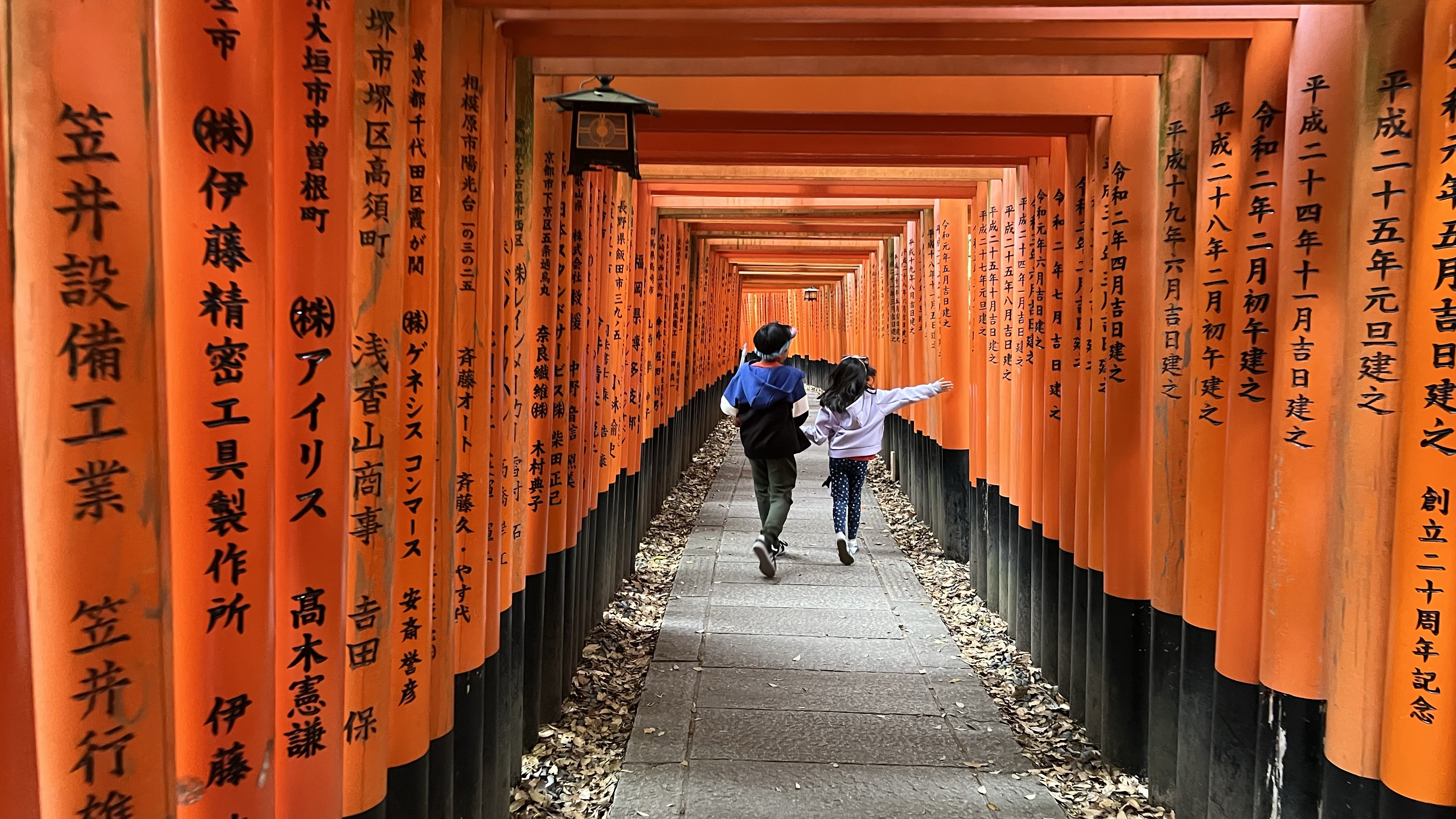Ari and I have been planning a family trip since last year, and one of the main factors was my kids’ jealousy of me because “mom always goes to cool places while we are stuck at home!” (So, no, they don’t miss me when I’m away for business trips. They are more annoyed by the fact I’m on a trip because jetlag be damned.)
We used a tour service for this trip: Toraberu Japan. The tour company took care of our hotel, transportation, and guides — while we took care of our Japan visa and flight tickets. We shared with the tour which places in Japan we would like to visit, and they took care of the tickets and the transportation routes.
Before you go…
Check your calendar. Our trip happened during Japan’s Golden Week, so a lot of places — if not, all — were PACKED by tourists, be it international tourists and local tourists. While crowded places can be overwhelming for some, it was also super fun seeing local tourists enjoying them too. According to our guides, Japan’s peak tourist seasons usually happen on Golden Week, spring (flower-viewing,) and autumn. June-August tends to be the low season as those months are summertime, and Japan tends to be super hot during the summer. Dress accordingly, and be prepared to have a pocket umbrella in your bag. April-May can be rainy and windy, and June-August can be super hot (prepare your UV cream!)
Google Maps is your friend. I highly recommend you to use Google Maps, because…
Use public transportation as much as possible. Taxi fares can be pretty expensive, and it might pose a language barrier issue. On the other hand, Japan’s inter-city and local train systems are top-notch. Make sure you get Suica or Pasmo card for effortless traveling, but it’s alright if you don’t have them as you can get train tickets/tokens at the train stations. If you are traveling with children, they can get a Suica card for children, and the fee will be half-price. Bring passports when purchasing Suica cards for children as the station staffs need to verify the age. Google Maps helps a lot by giving you accurate routes, including arrival/departure timing and entries/exits from stations. Fun fact: Children’s Suica card emits “chirp chirp!” when scanned at the gate.

Suica/Pasmo card is a prepaid card; you can top them off/reload them at any convenience store. Not only for train tickets, but you can also use your prepaid card for payments and vending machines. As a start, for our 10-days trip, one Suica card for an adult had 10,000 JPY on it, and it was enough for us to roam three cities: Tokyo, Kyoto, and Osaka, to our heart’s content.
Wear your most comfortable walking shoes. I can’t stress this enough. Wear your most comfortable walking shoes. If you want to use your Adidas shoes from the Lifestyle line, be my guest, but I highly recommend you use walking or running shoes. Many stations use stairs, and while they have elevators, it’s faster and better to use stairs. Not forget to mention that you will queue a lot. Let platform shoes and high-heels reserved only for the fashionistas in Harajuku and Shibuya; they are physically trained for it.
Cash is your friend. While most places in Japan accept debit and credit cards, I highly recommend you keep some cash, especially the coins. 100 JPY coin is the king of the trade. You can use 100 JPY on vending, ticket, and laundry machines. 50 JPY coin, especially the one with golden/yellow color and a hole in the middle, is the perfect coin for praying at temples.
Speaking about cash, you might wonder about the cost when visiting Japan. In touristy places and business districts, you can expect the price to be slightly higher (at minimum, 300 JPY). Be prepared to fork over 1000 JPY when eating at upscale cafes or malls. Another tip on saving meal costs is to purchase your meal from a convenience store or grocery store (I’d recommend trying a grocery store as prices on convenience stores can be pretty high/marked up 10-20%) in the evening as the stores usually discounted them.

Have an extra reusable bag, or plastic bag from a convenience store. This is a “good to know” tip. While Japanese cities are exceptionally clean, you will look for trash bins frequently because they are pretty hard to find. In Tokyo, you can find trash bins easily nearby vending machines, train stations, or convenience stores. In Osaka and Kyoto, things can be trickier. An excellent way to overcome this is to BRING YOUR OWN TRASH, and you can dispose of the trash back at the hotel.
Some nice-to-know etiquette: Eating/drinking while walking is a no-no. In Japan, eating or drinking while walking is considered rude/frowned upon. While we can have takeouts, walking while eating or drinking is not nice. Not only can this pose a hazard to ourselves and others by leaving crumbs, but it also encourages littering — which is not great. It’s really common to see Japanese folks eating nearby/in front of the eateries while standing (this is encouraged!), and they will go as soon as they finish eating/drinking. Bonus: The eateries usually provide trash bins, so you don’t have to bring your trash.
Going on a multi-city trip with multiple items of luggage? Yes, you can bring your luggage, but you can also ask the hotel to send your luggage before your departure to the next city. The luggage will arrive on the next day. The fee depends on the hotel, but on the place we stay (MyStays hotel chain,) the fee was 1500 JPY/luggage-ish.
In Tokyo and need a new luggage? Because, face it, we could get overboard with stuff we brought in Japan. You can stop by Ginza Karen and get a high-quality, affordable luggage bag in all sizes. The store attendant surprised us when he spoke in fluent Indonesian.
Learn some basic Japanese. My Japanese skill is a whack, so I’m not expecting you all to suddenly master the language within a week before you go, but at the very least, understand some basic talks such as arigatou gozaimashita (thank you,) gomennasai and sumimasen (sorry), and you can always say, “eigo/watashi wa eigo ga hanasemasu” (I can only speak English (eigo)) You might find not a lot of Japanese are comfortable in using English, but they are really really kind and understanding. Once, a restaurant staff even went so far on using their translation service on Naver LINE to communicate with us while I felt super terrible about it and promised myself to continue my Japanese lesson in Duolingo.
Be respectful. This goes not only to Japan but also to any place; please, be respectful. There was some group of tourists openly mocking the Japanese language when we were in Disney SEA, and I wished nothing but ill prayers upon them; I don’t know, something like, they got choked by fish bone multiple times during their time in Japan when eating, I guess. Do not stare at people in public places. You will find Japanese people an exciting mix, gentlemen with formal suit attire and young people with colorful fashions, and you will find yourself inspired and interested. Be courteous and respectful. DO NOT PLAY YOUR PHONE ON MAXIMUM VOLUME WHEN ON THE TRAIN. If you really have to watch that Tiktok or IG Story, use earphones. While Tokyo folks can look cold and always in a hurry, it’s always okay to smile and say, “sumimasen,” when asking for something. Osaka people are more cheerful and upbeat.
And still in the same vein: Do not take pictures of people’s houses. Japan is famous for its tiny houses, and it’s easy for us to feel interested and in awe. Especially in Kyoto, the birthplace of Japan’s proud history, where you can find Kyo-machiya (traditional houses in Kyoto.) Please note this is a country, and the Japanese are not some “tourist objects” for us to gawk at and invade their privacy. Take pictures in public places, and if you are not sure, you can ask, or even better, don’t do it at all if you are unsure.
Tokyo, April 24 – 28
Our first stop was Tokyo from April 24 to April 28. Similar to when I was in Madrid, I was so confused seeing bright sunshine outside when it was 5 AM (it’s still pretty dark at 6 AM in Kuala Lumpur.)
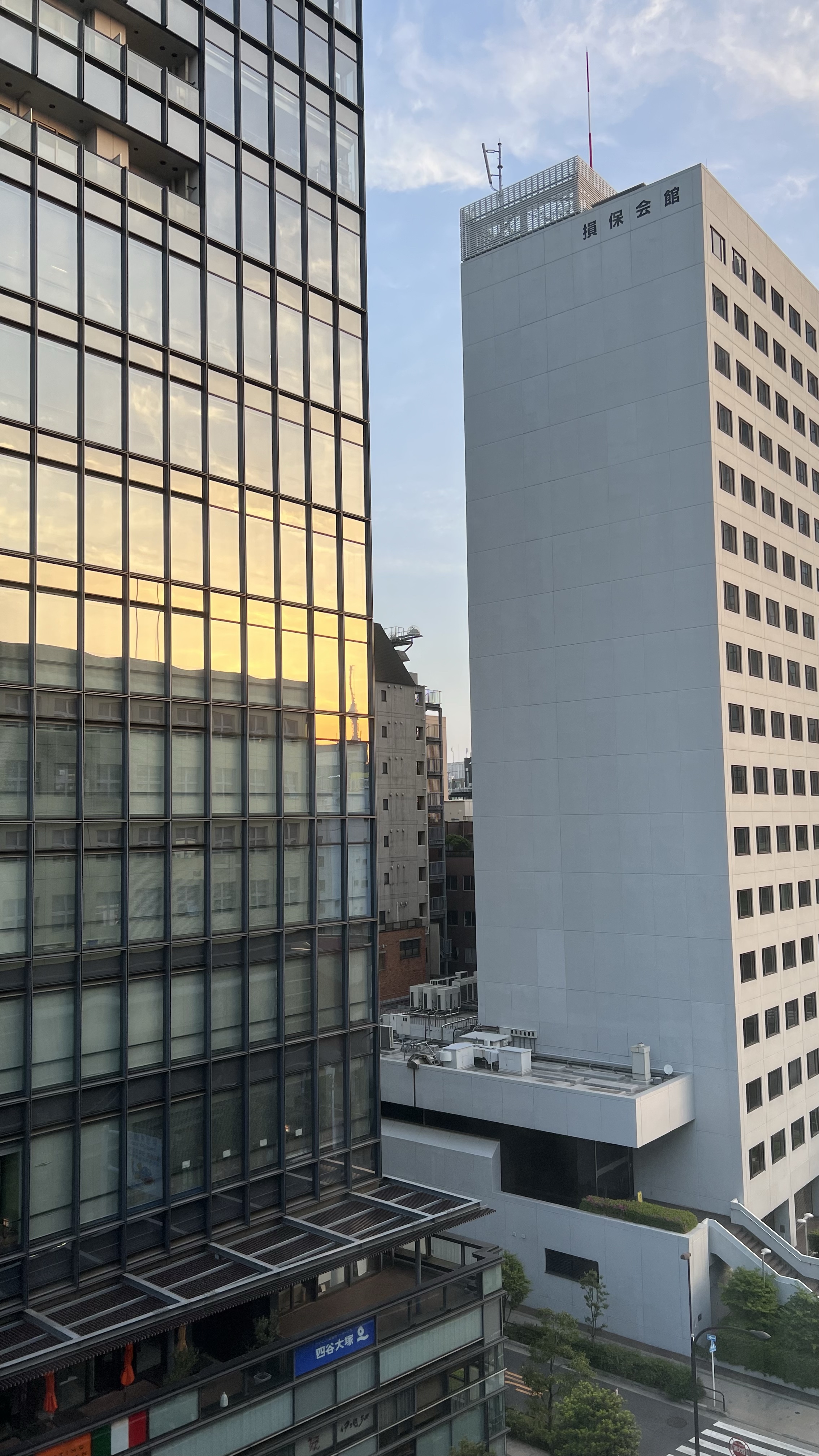
Another thing that amused me was this sign:

It was a sign of road closure in the event of major earthquake. The catfish mascot relates to earthquakes as it was believed that a giant underground catfish named Namazu/Onamazu causes earthquakes in Japan.
Our guide for our first day was Miss Maria, an undergraduate student from Indonesia, living in Tokyo. She told us that Japan just underwent a general election, and that’s why we kept seeing politicians’ pictures.

We went to Tsukiji Market and kept seeing long lines in front of some food stalls. Those food stalls were usually famous, thanks to social media. We decided not to eat there because we really want to preserve our energy, and the kids have been feeling tired too. We had ame-ichigo (candied strawberry,) though!
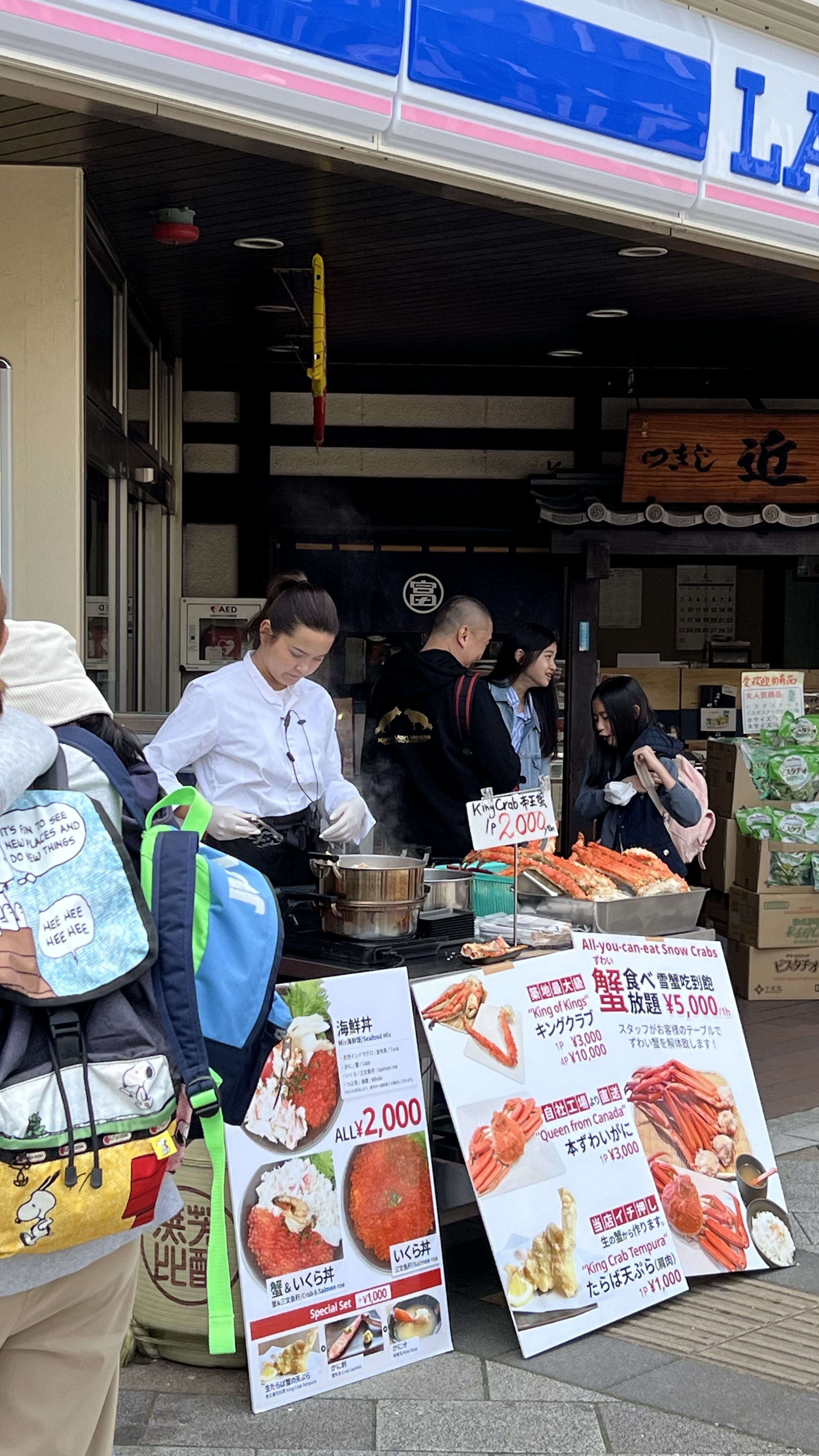

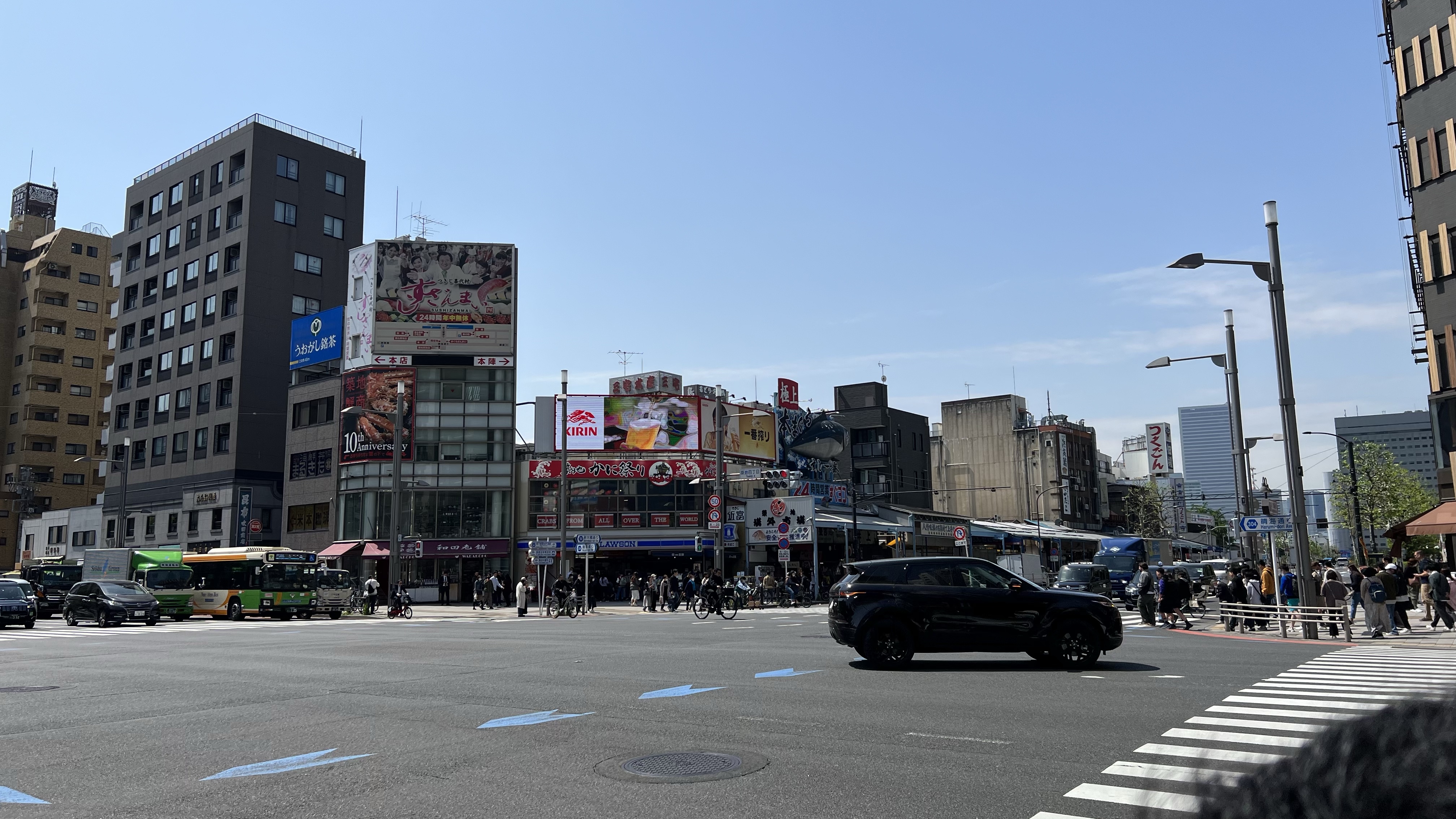
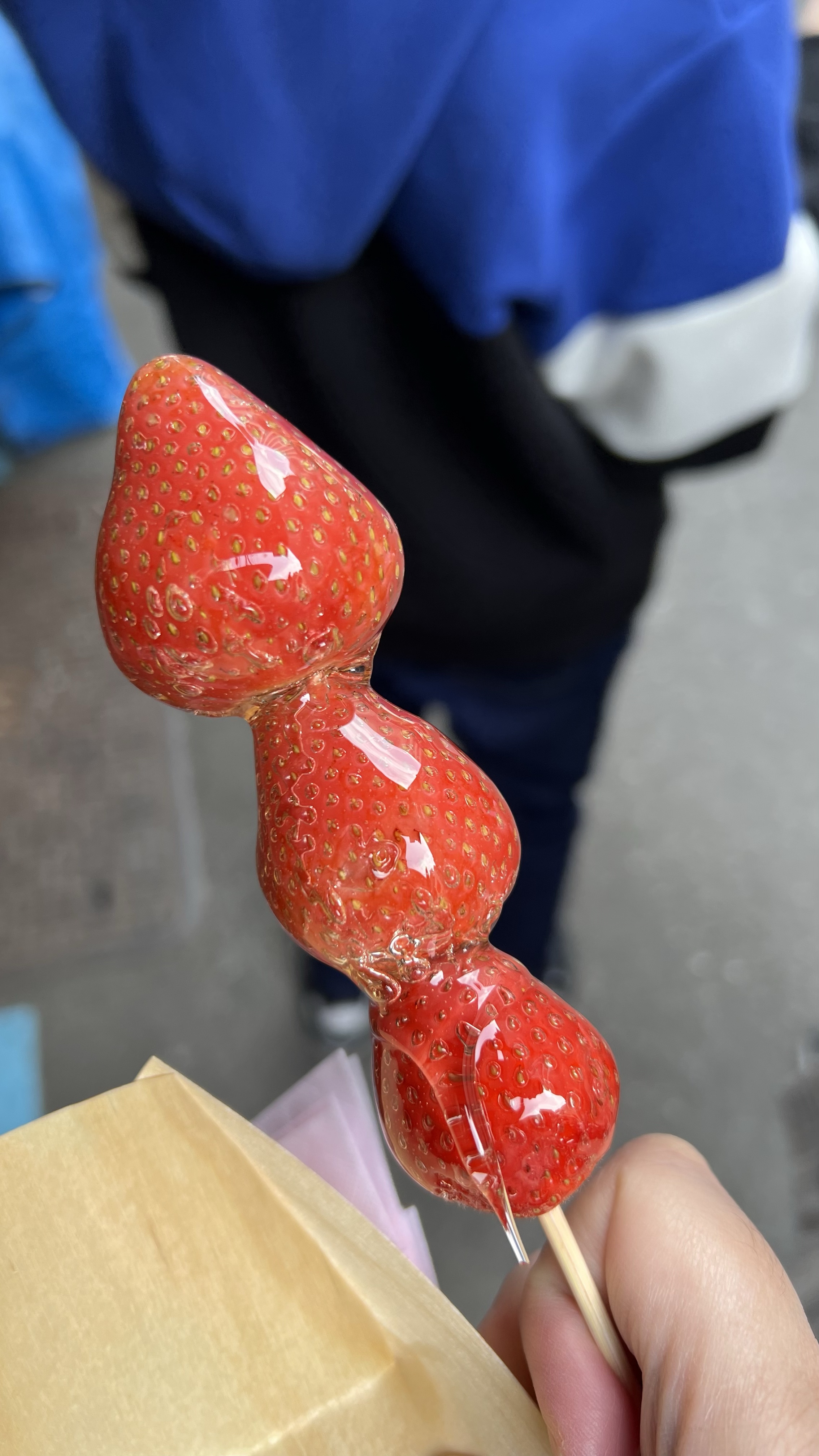
We also went to Ginza, Shibuya, and Shinjuku. These three are Tokyo’s lifestyle and fashion powerhouses. We saw the Godzilla statue in Shinjuku, the Hachiko statue in Shibuya, had a piping hot takoyaki, and crossed the famous Shibuya Crossing.
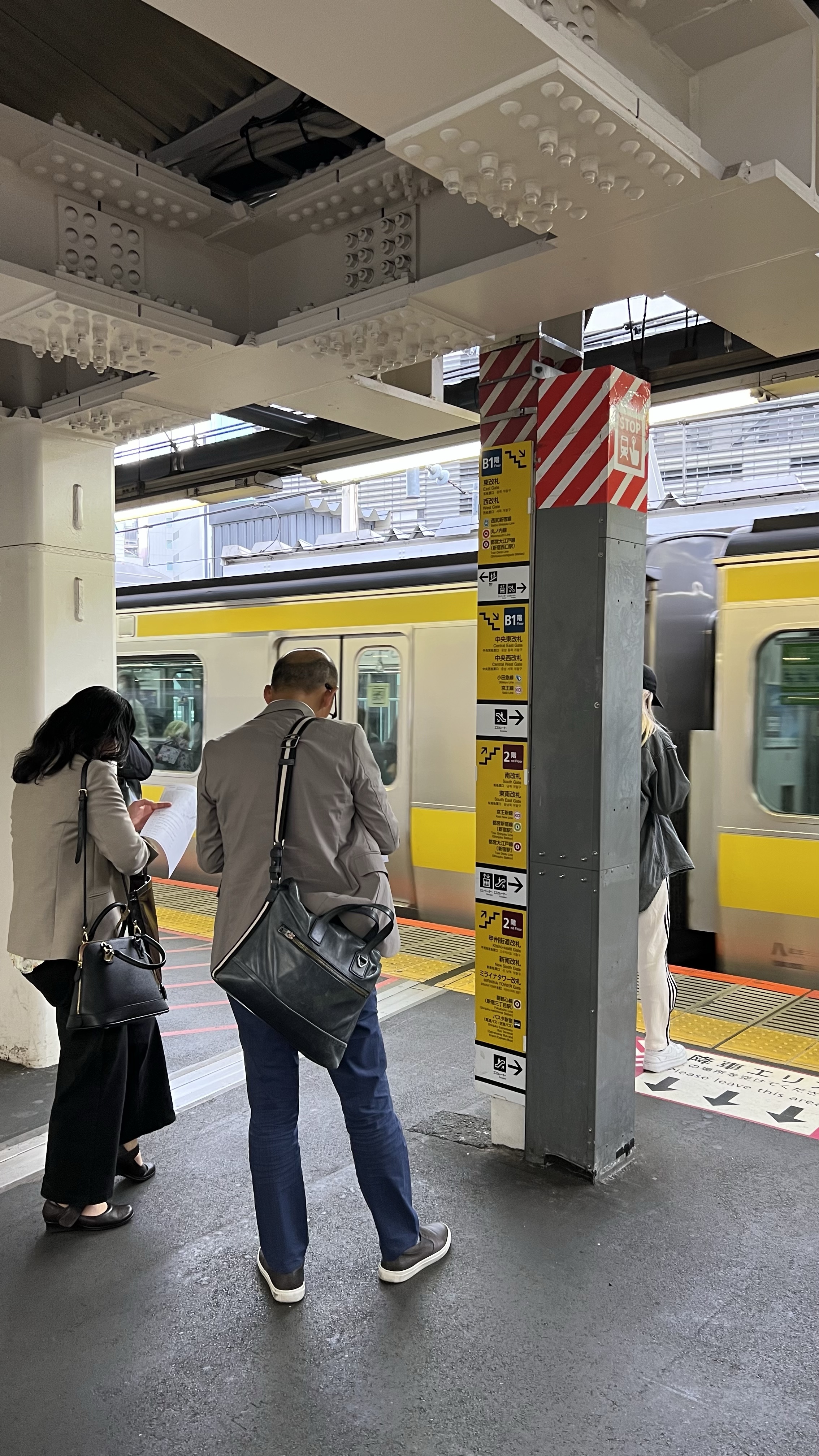
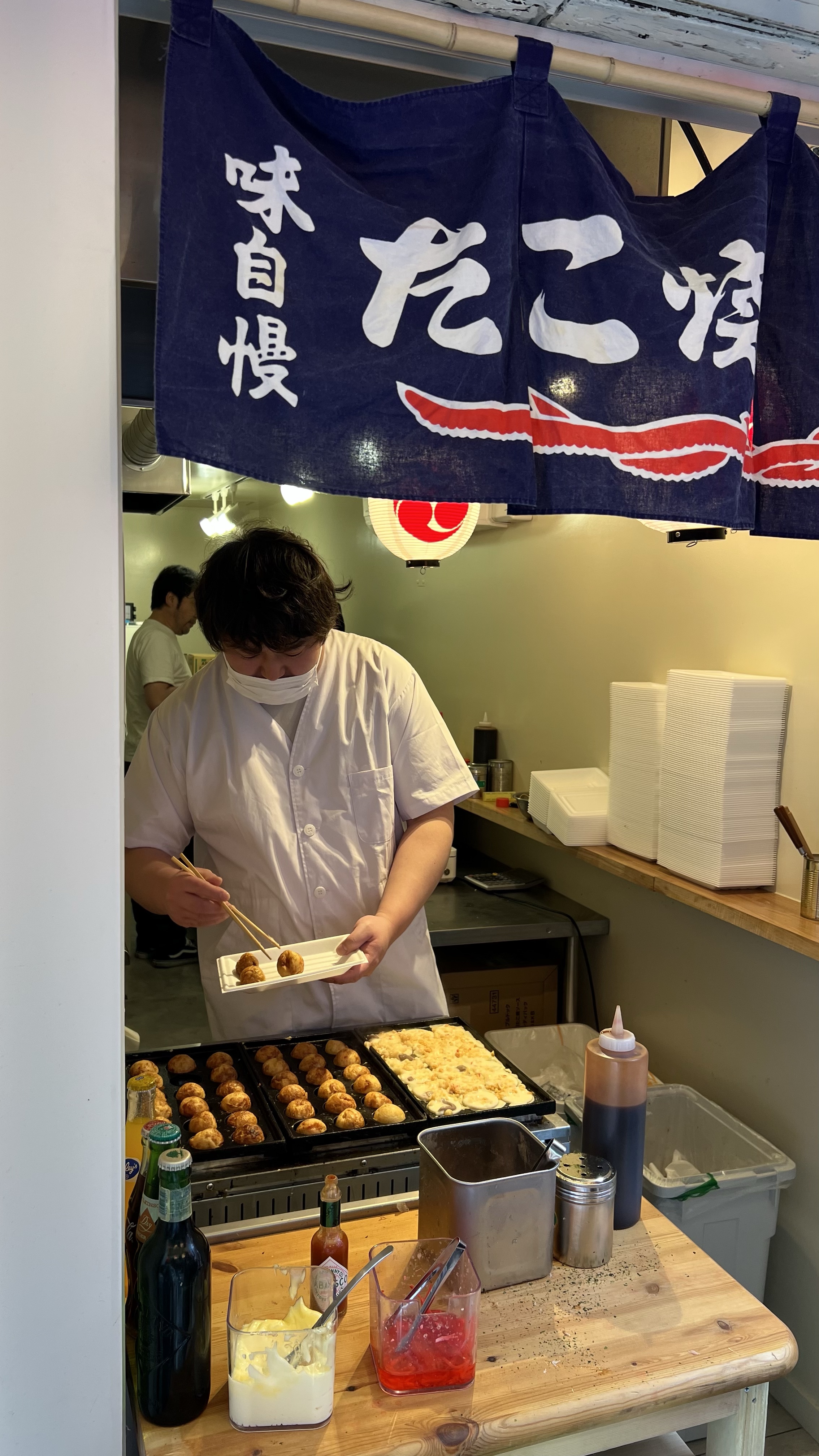

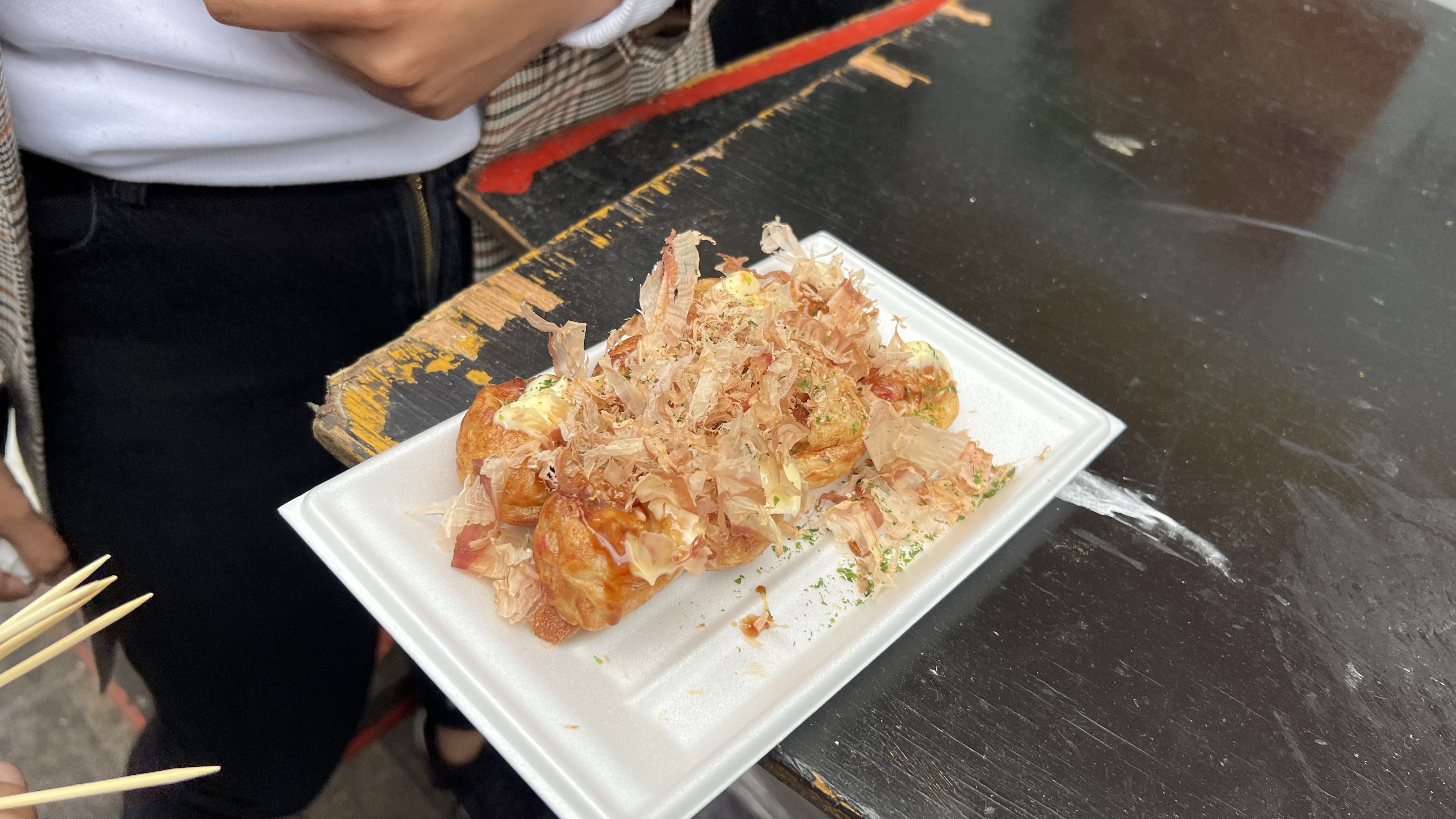
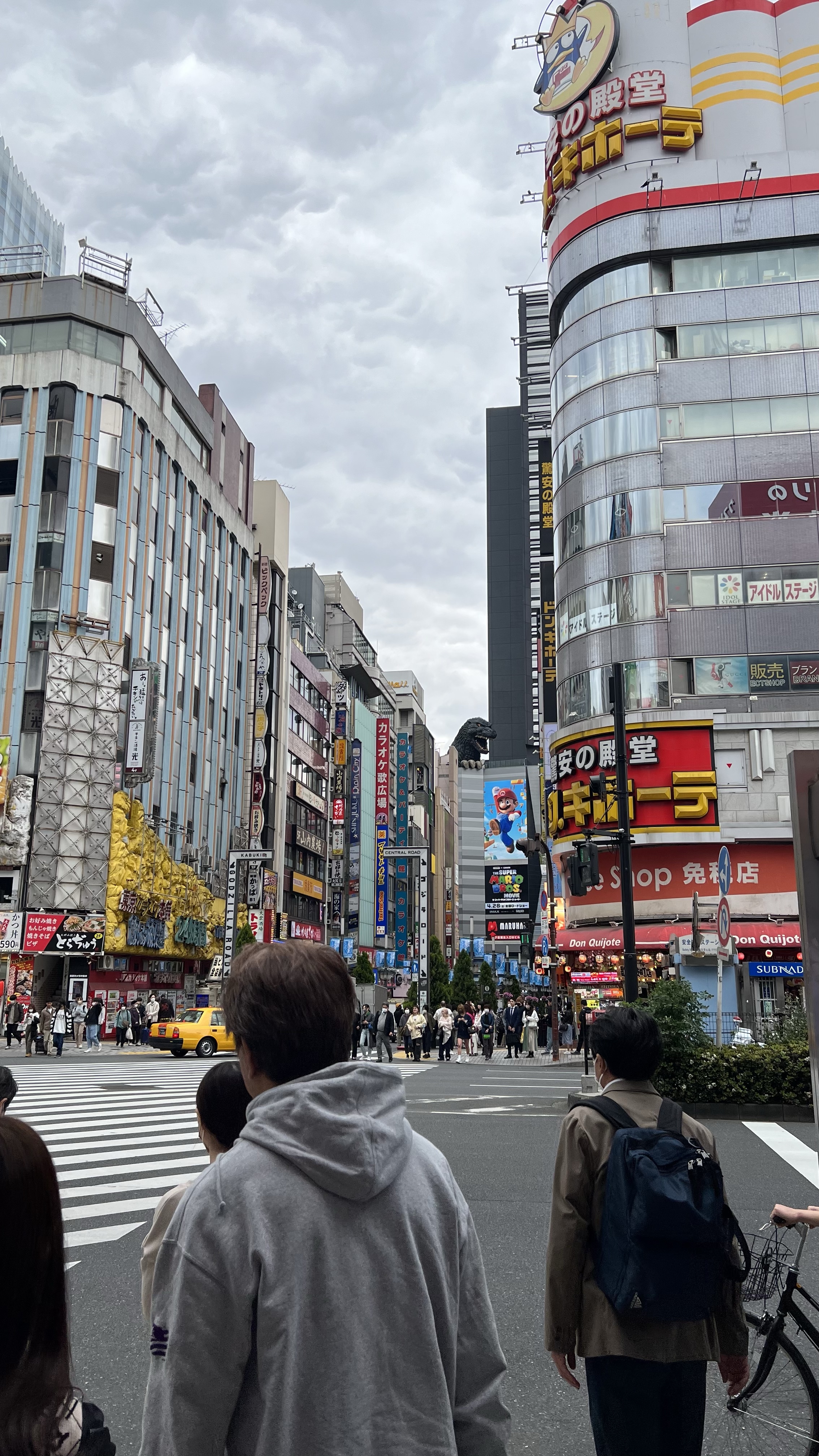

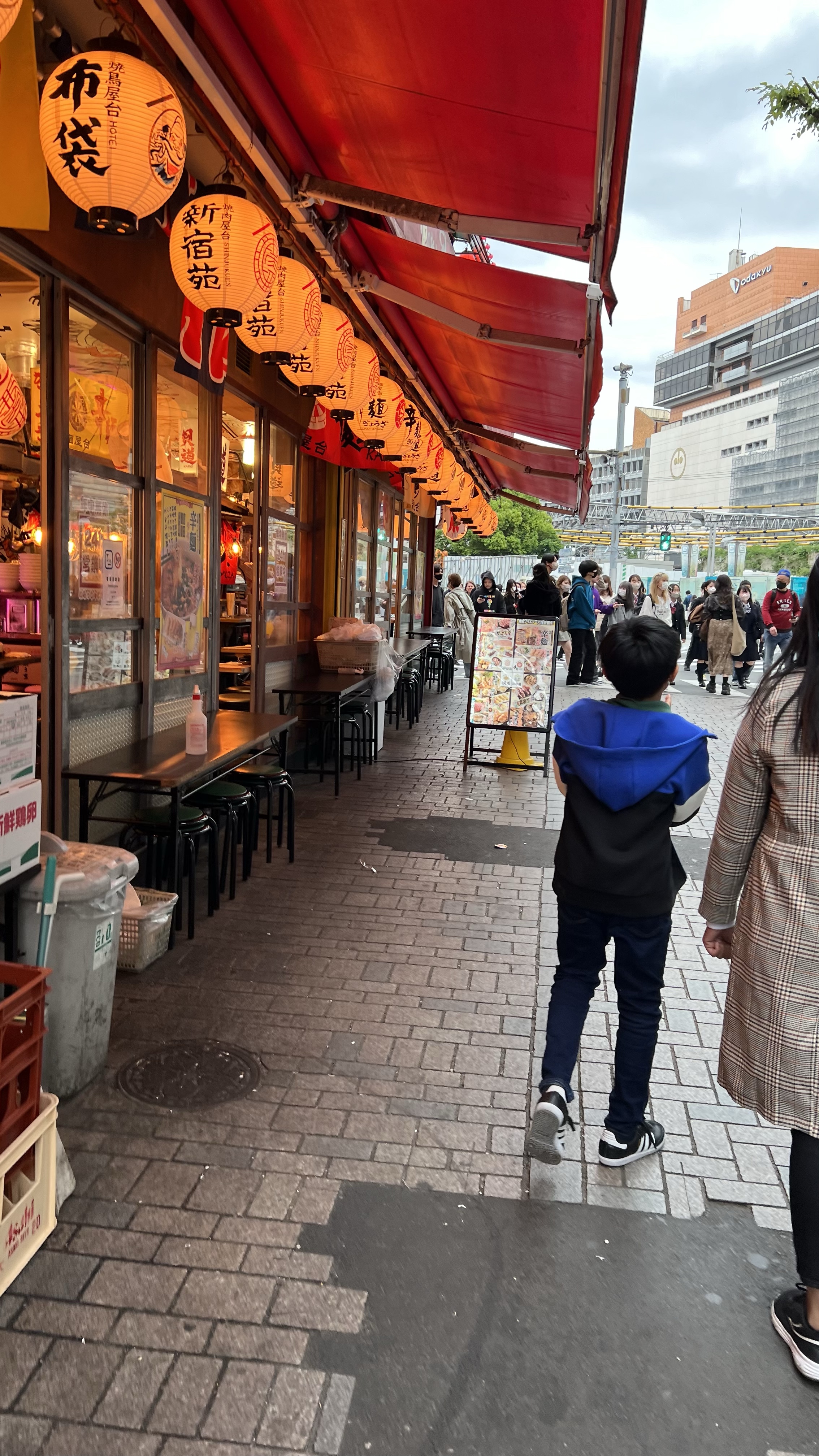
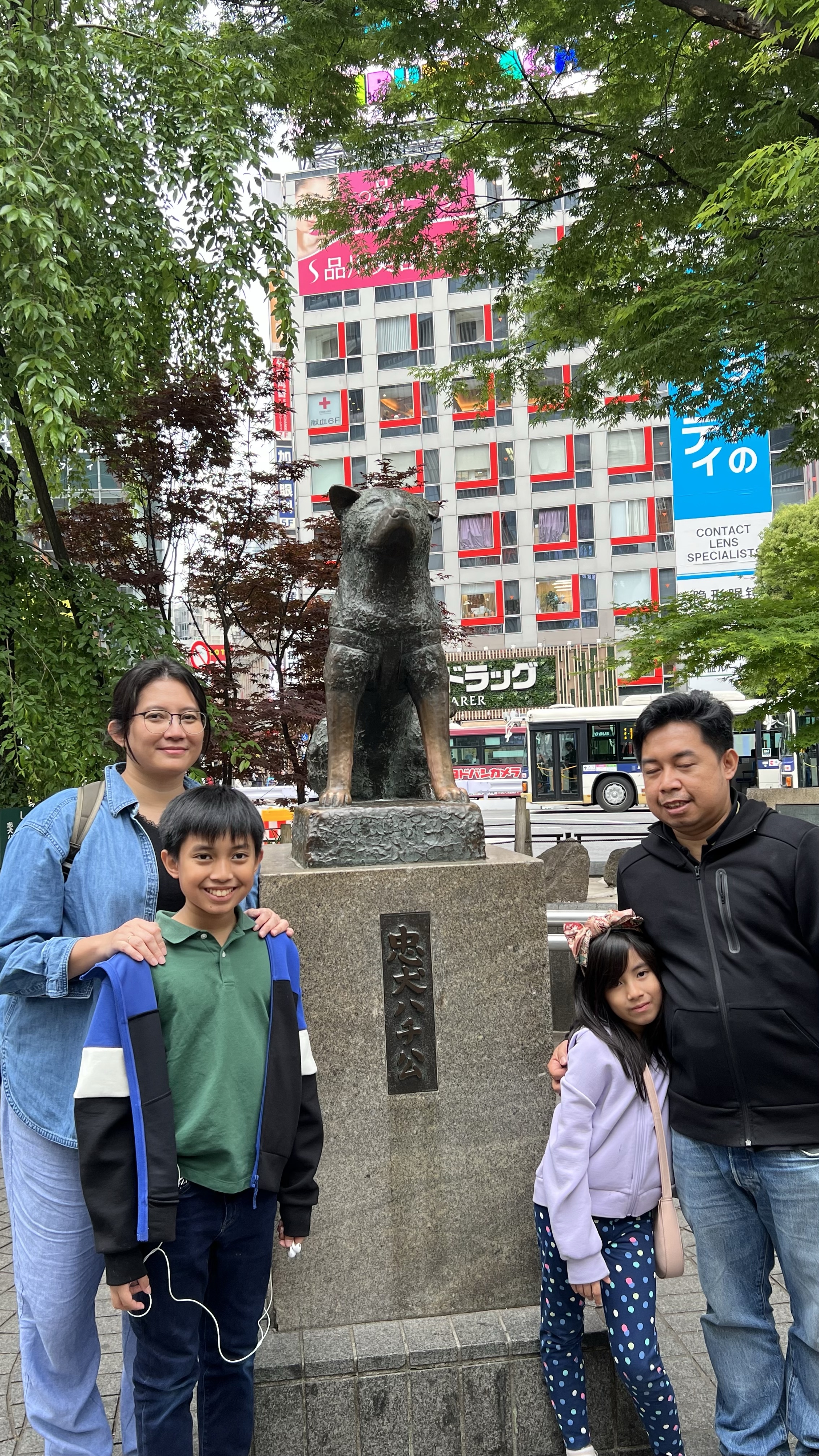
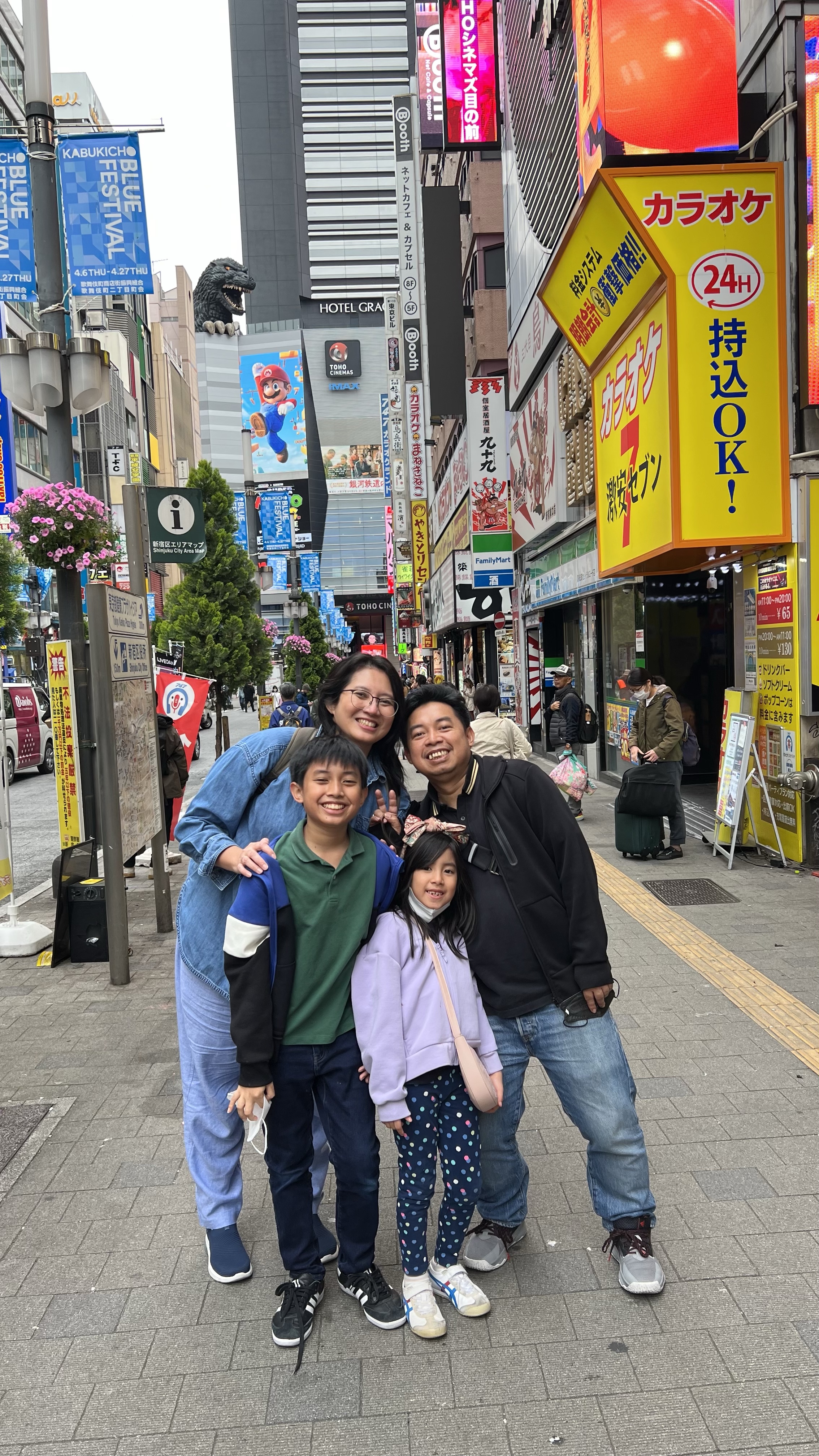
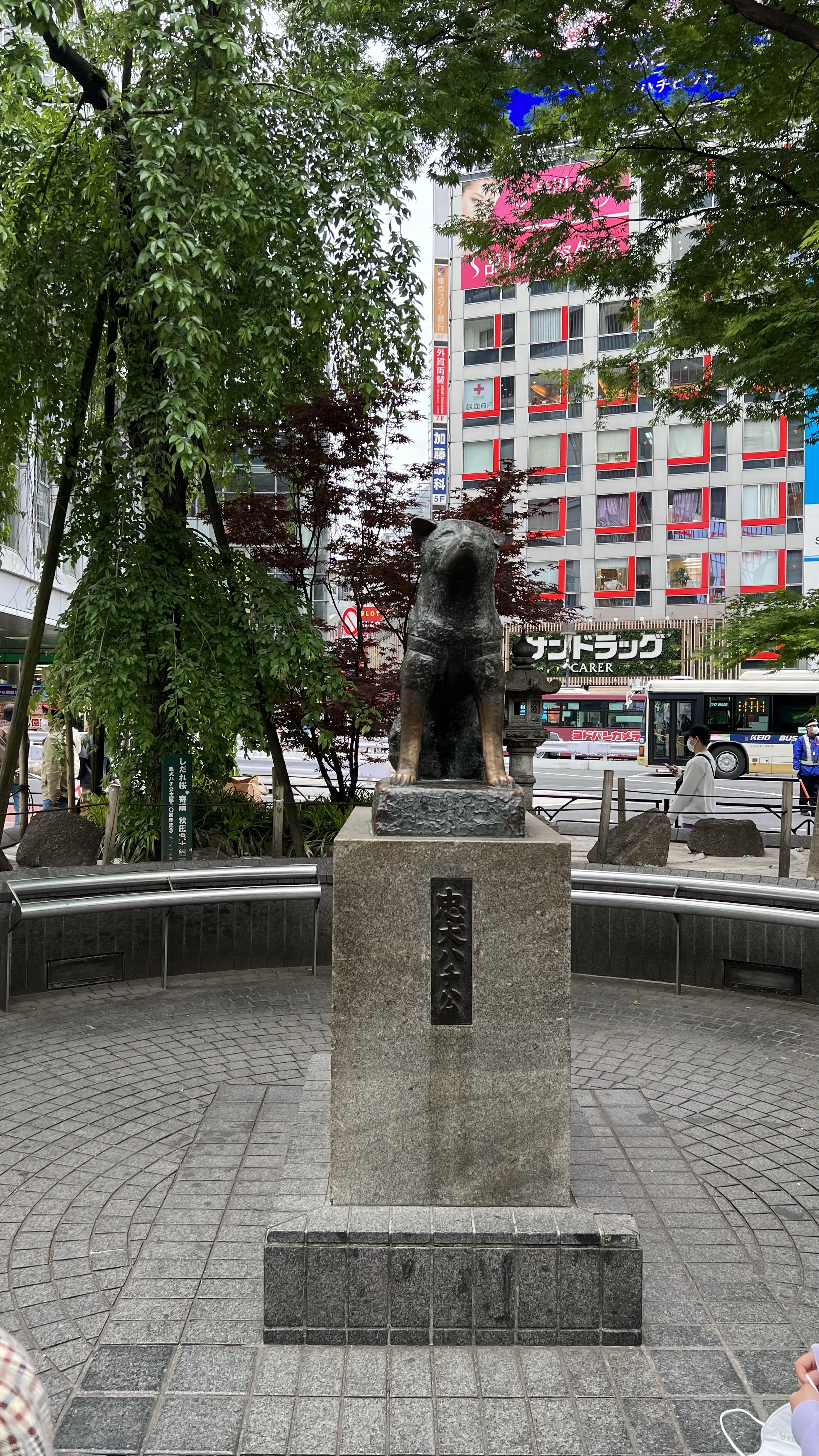

The following day (April 26), we went to Tokyo Disneyland. It was raining and windy on that day, but it didn’t stop us from enjoying The Happiest Place on Earth. We also went to Disney SEA on April 27, but we learned from our experience that it’s better to have a one day-buffer because good gosh, our energy was depleted.
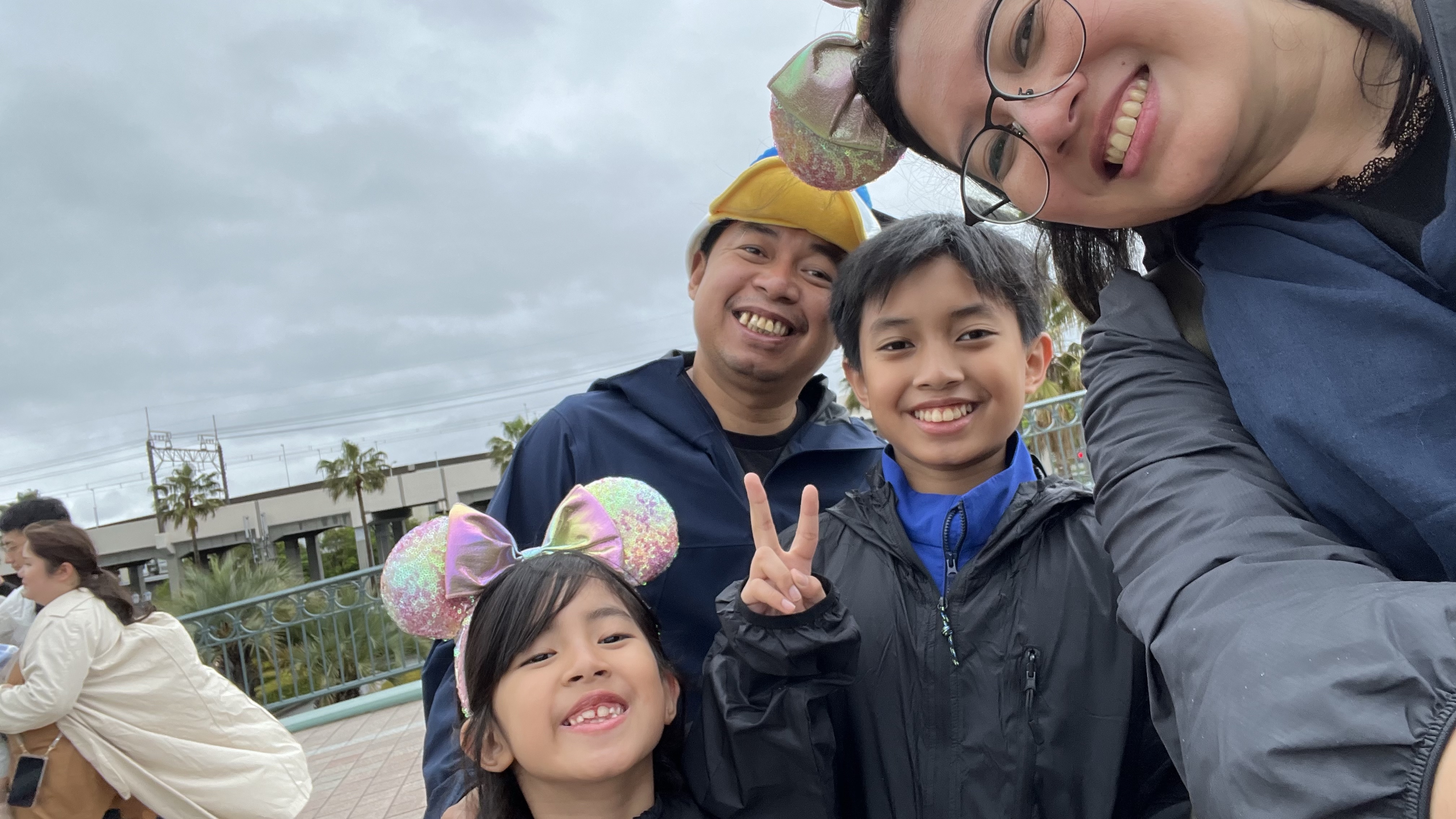
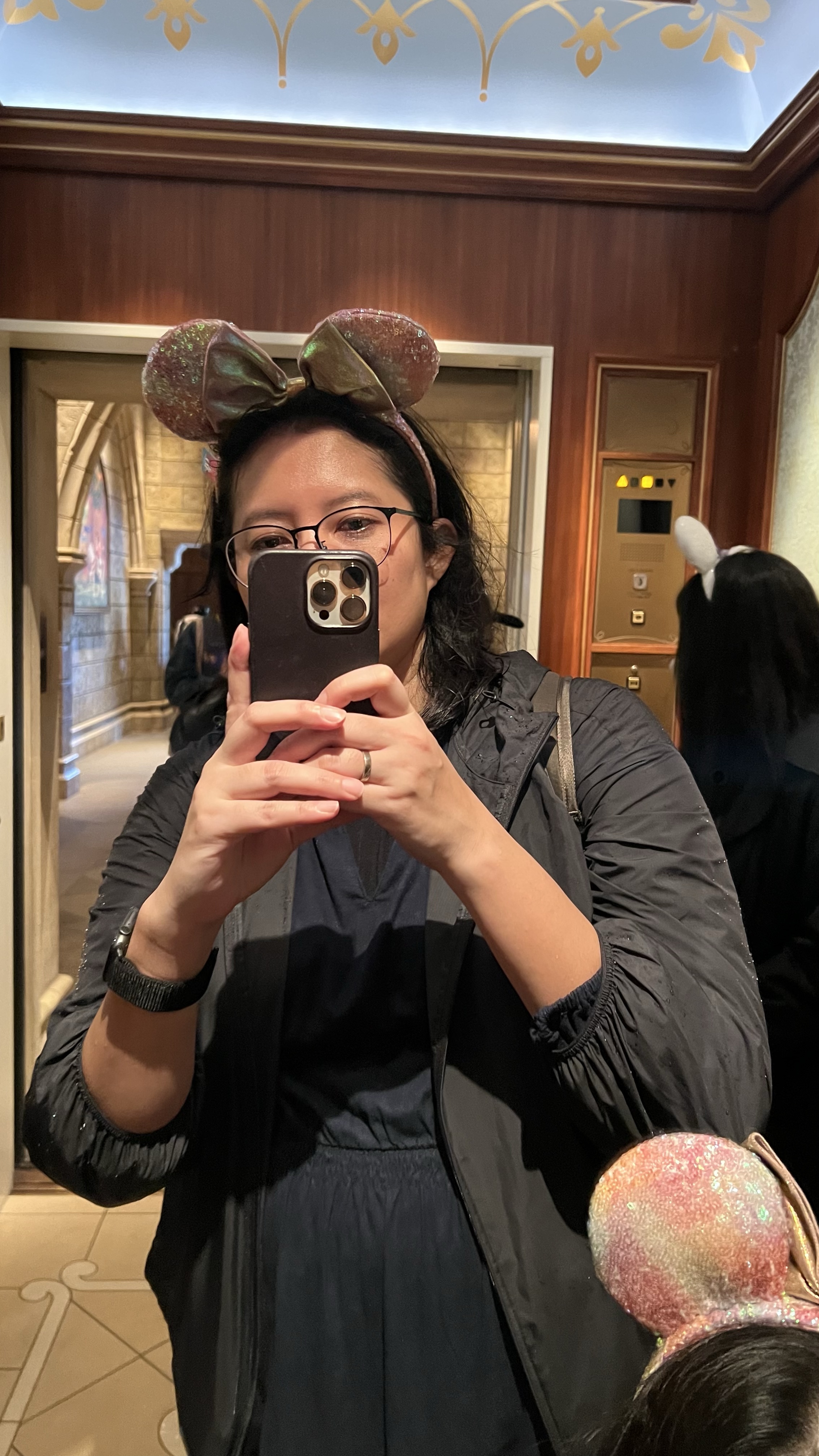

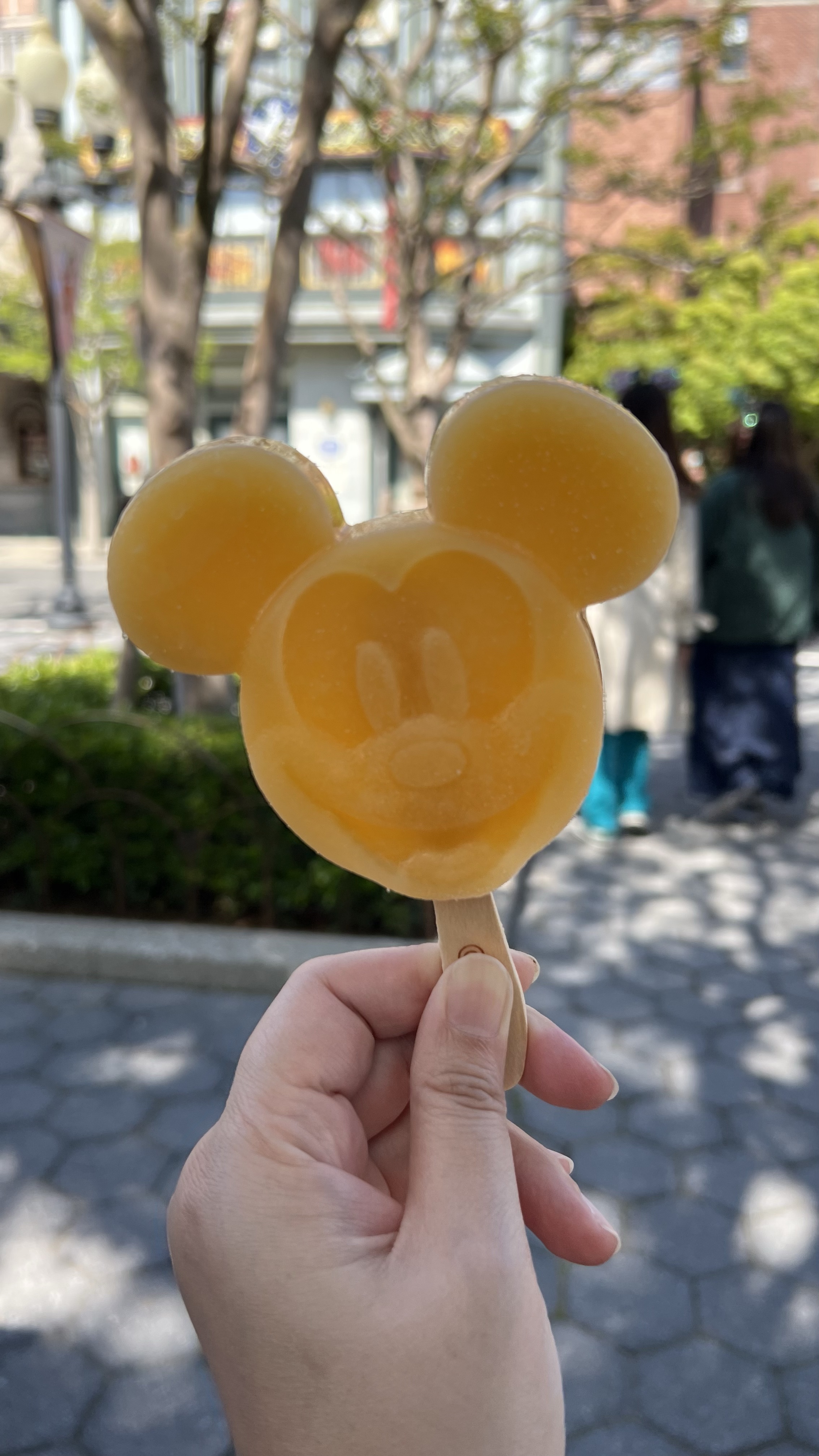
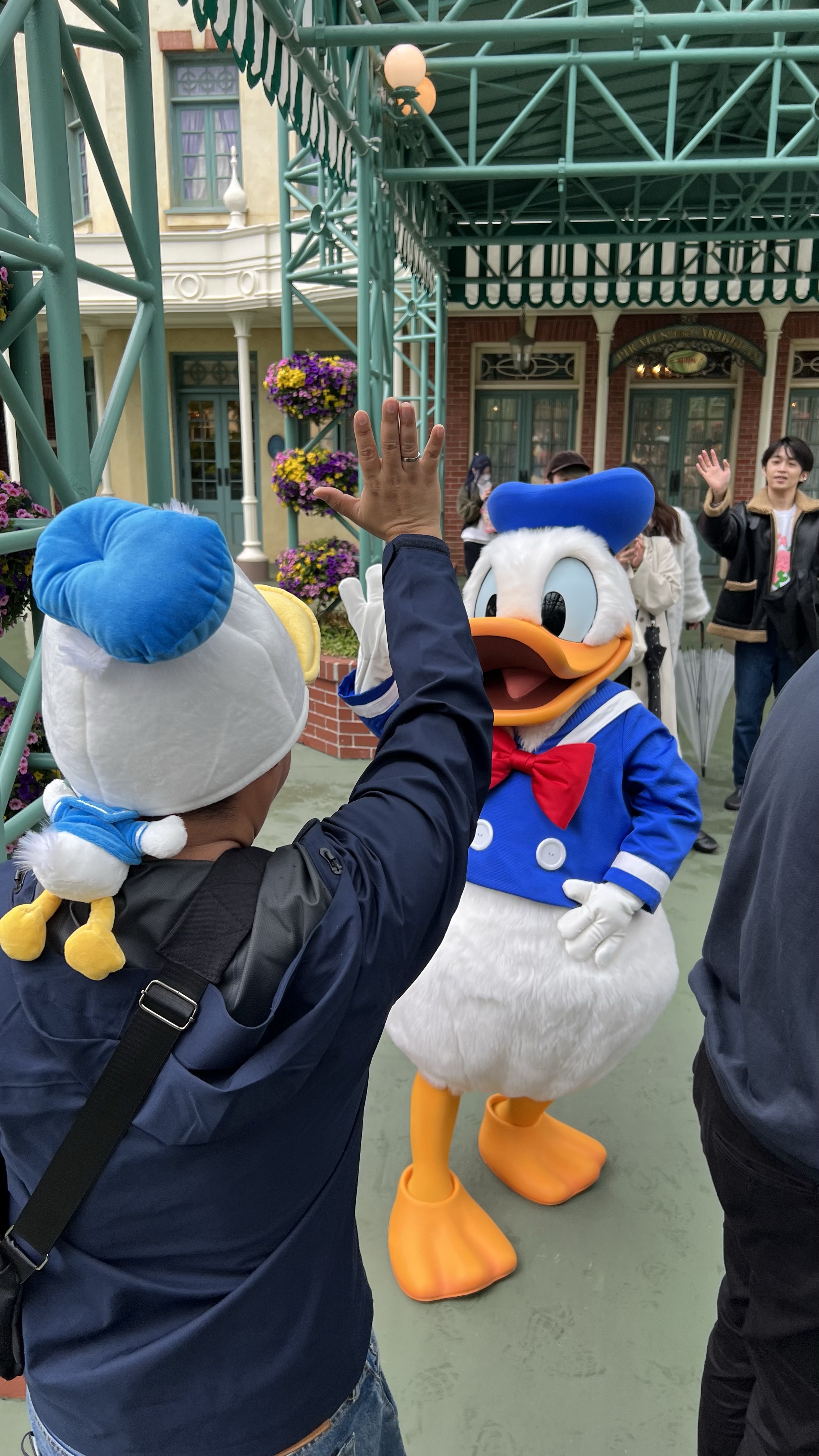
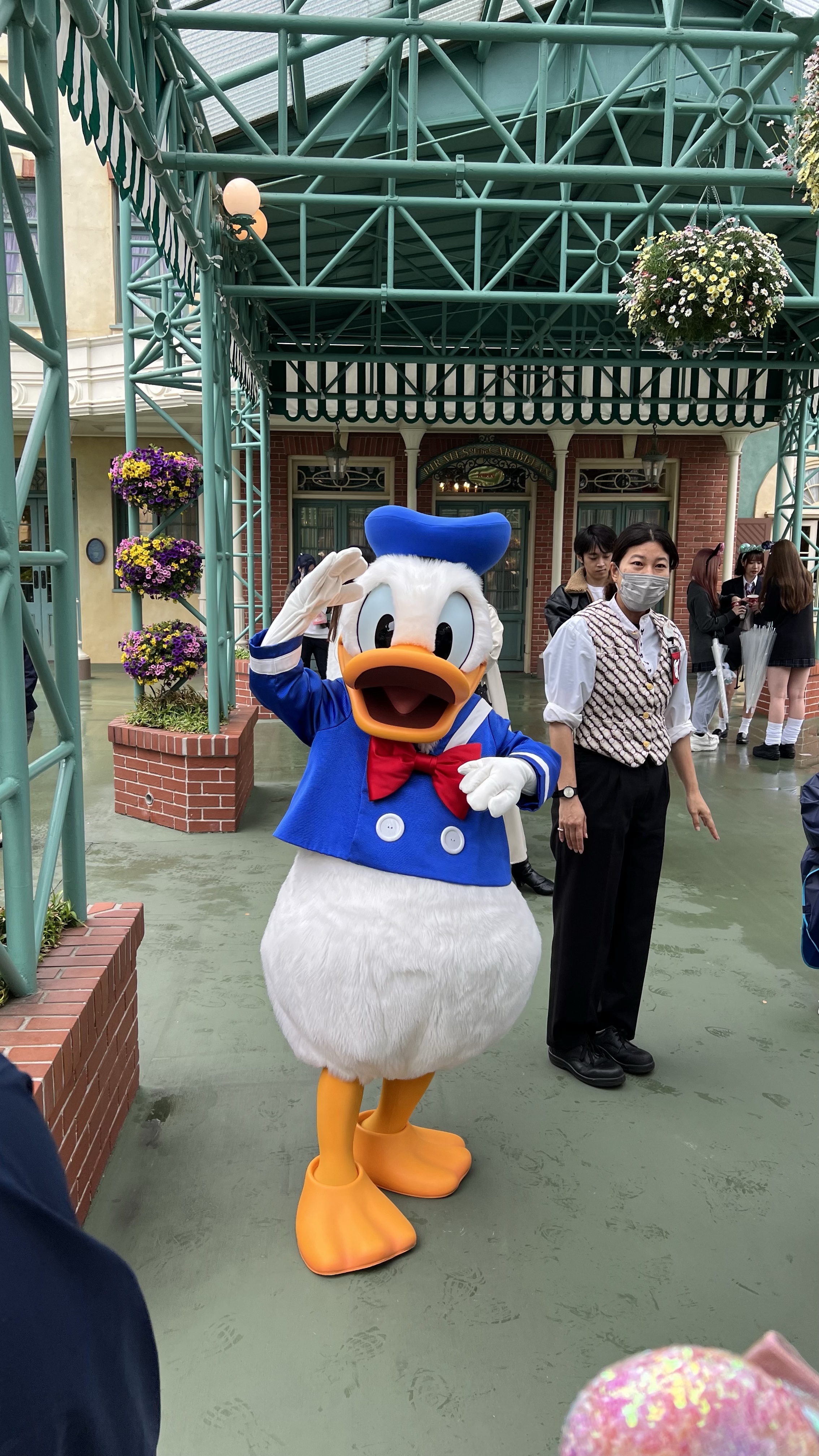
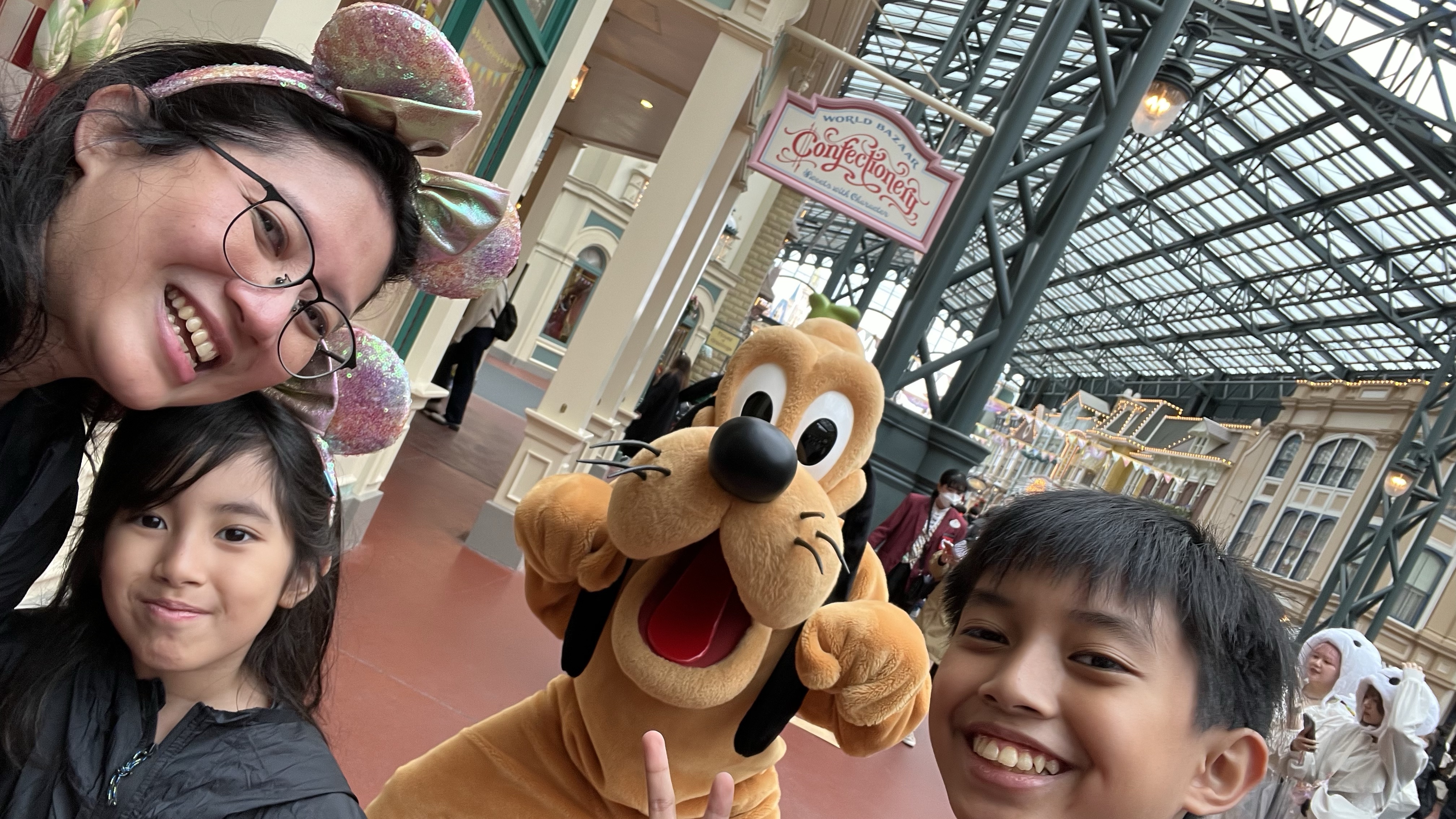
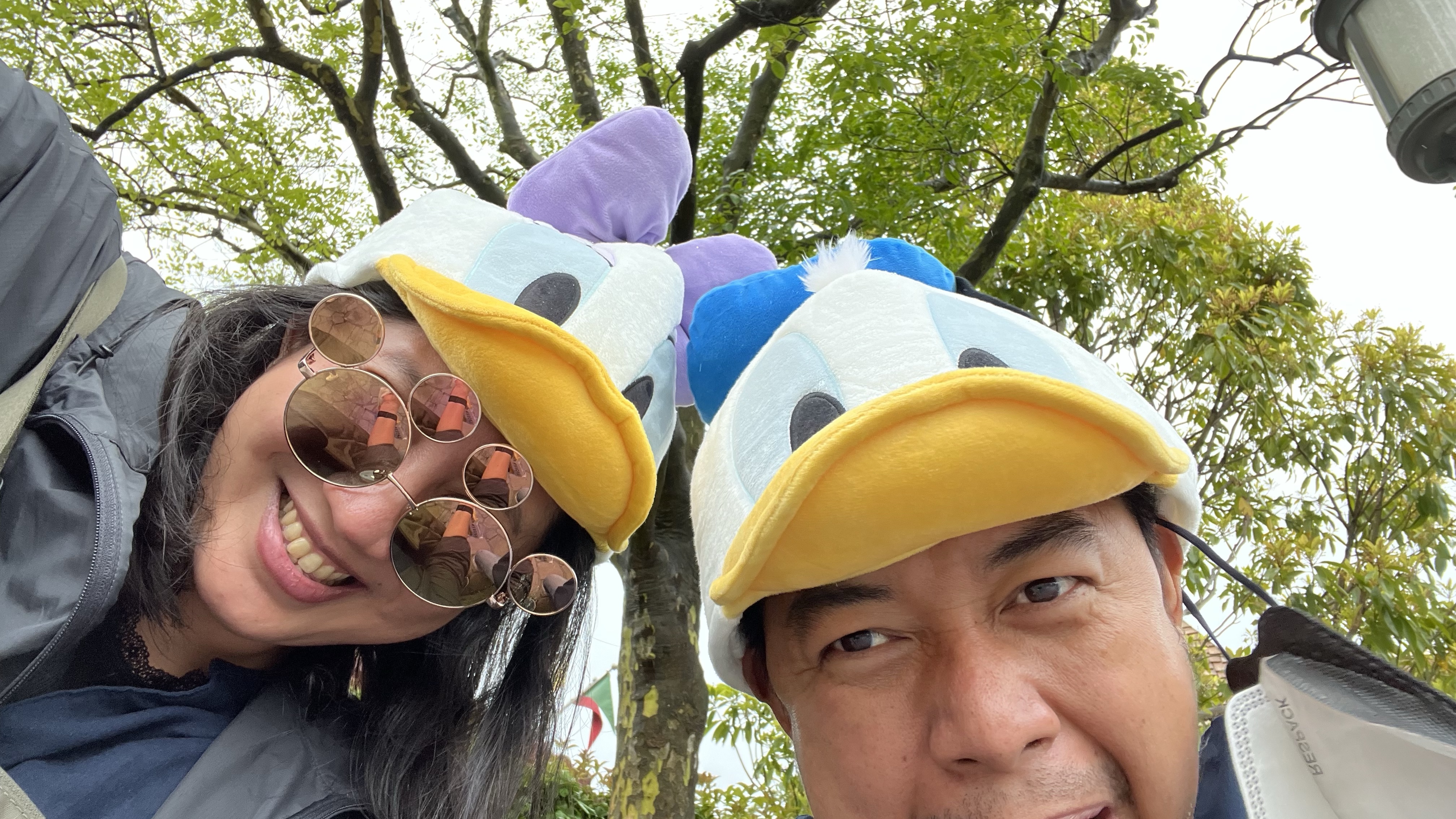
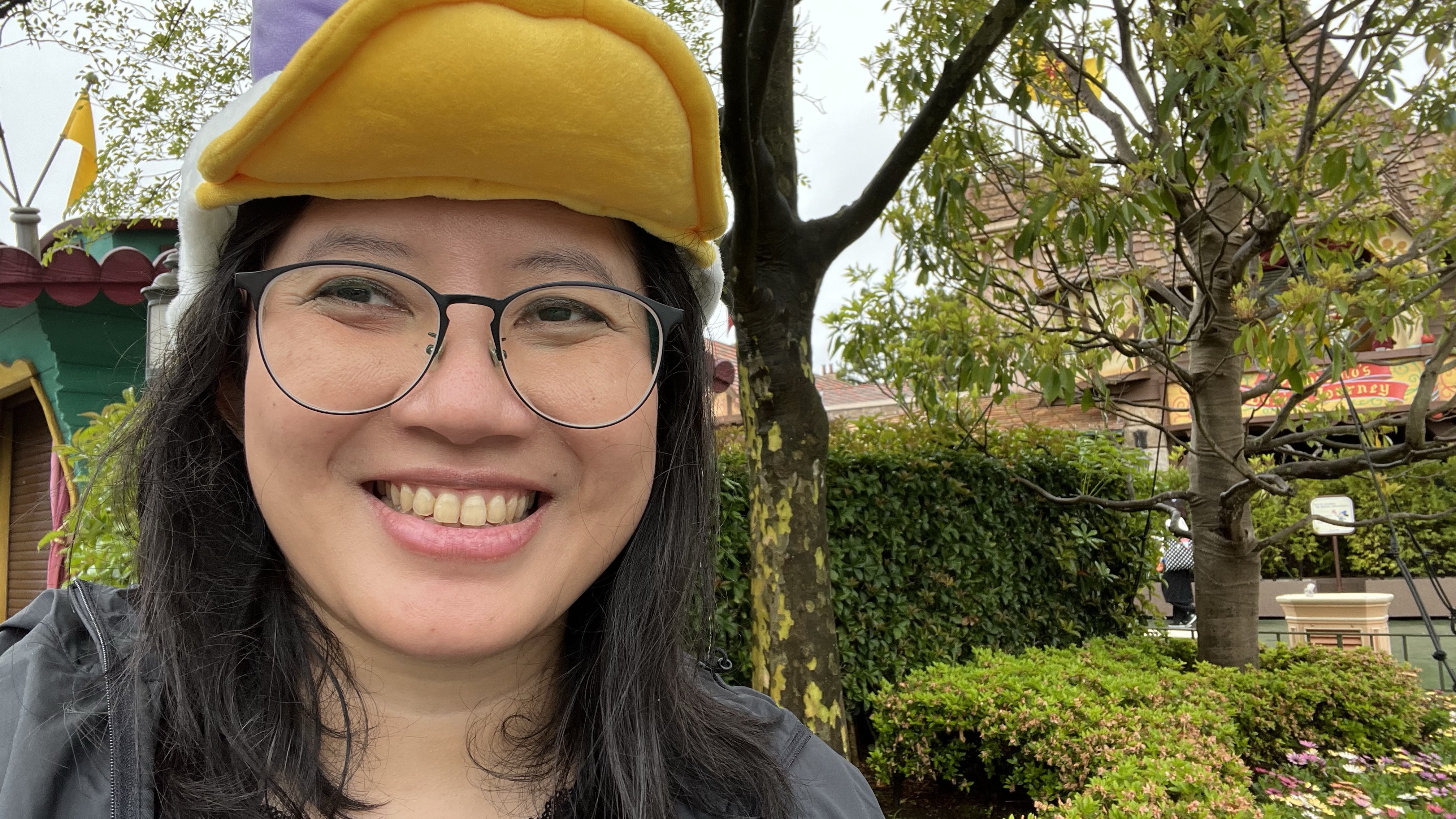

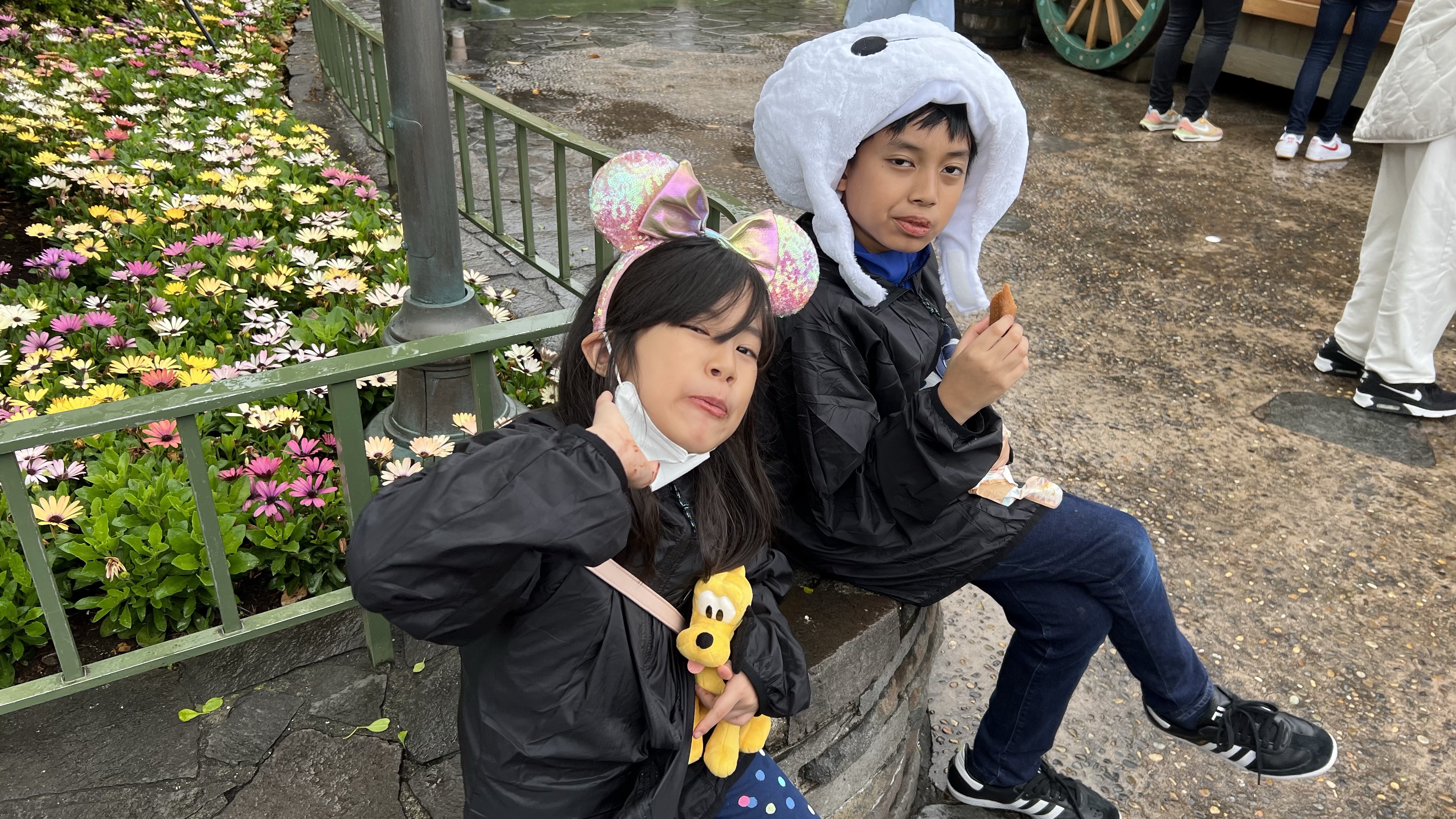
On April 28, we went to Ghibli Museum at Mitaka. Unfortunately, we couldn’t take pictures inside the museum, so I could only take pictures of the outside. Ghibli Museum’s ticketing is… Legendary. You must purchase the entry tickets months before your planned trip, and the availability is limited. I was confused about why they did that, but looking at the museum’s location, I think I understand, haha. Many places we visited in Japan are located in the middle of, or nearby, housing areas. Ghibli Museum is located next to a public park, and limiting visitor numbers is helpful to ensure the traffic around is controllable and not too crowded for folks living in the area.

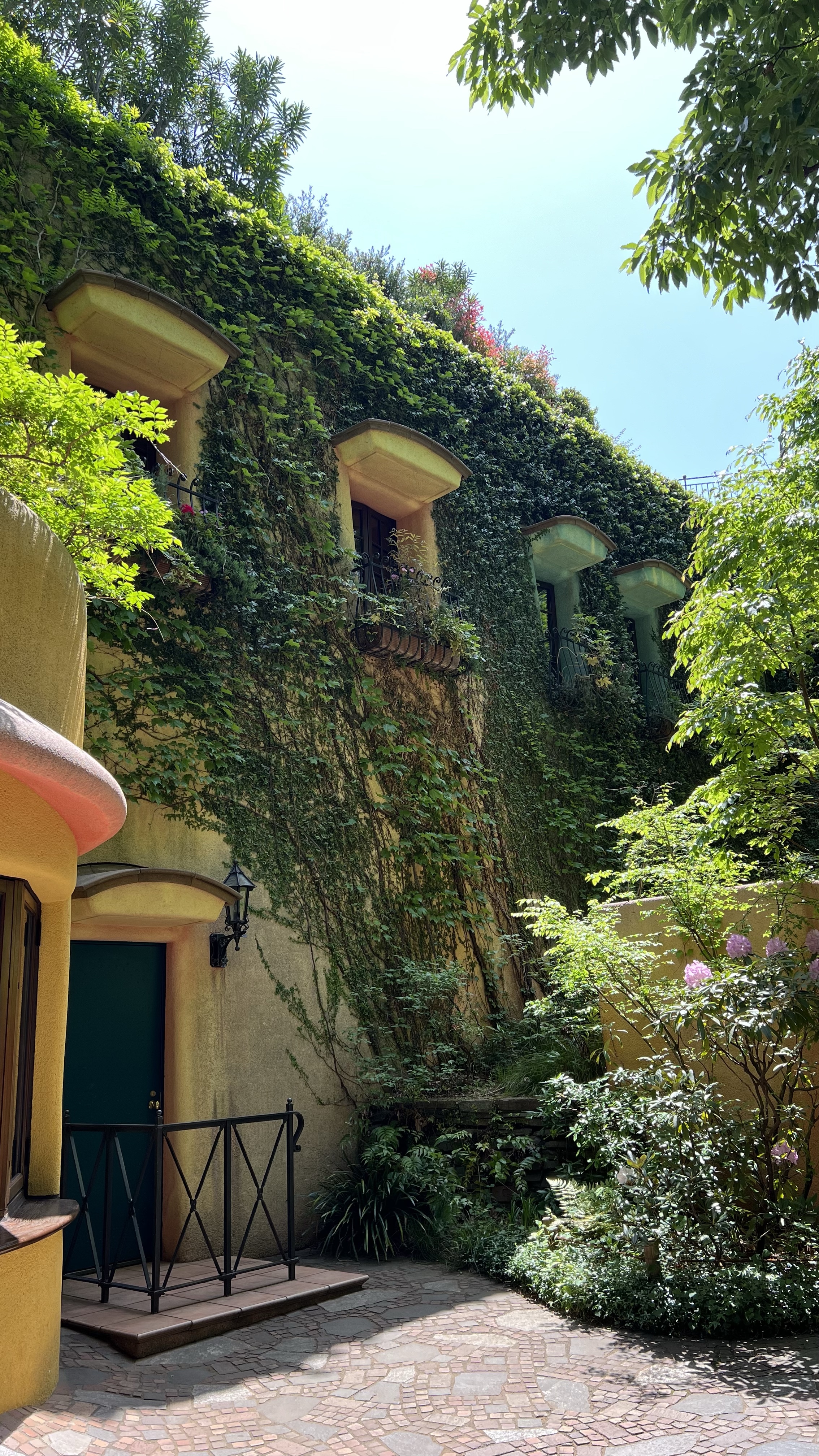

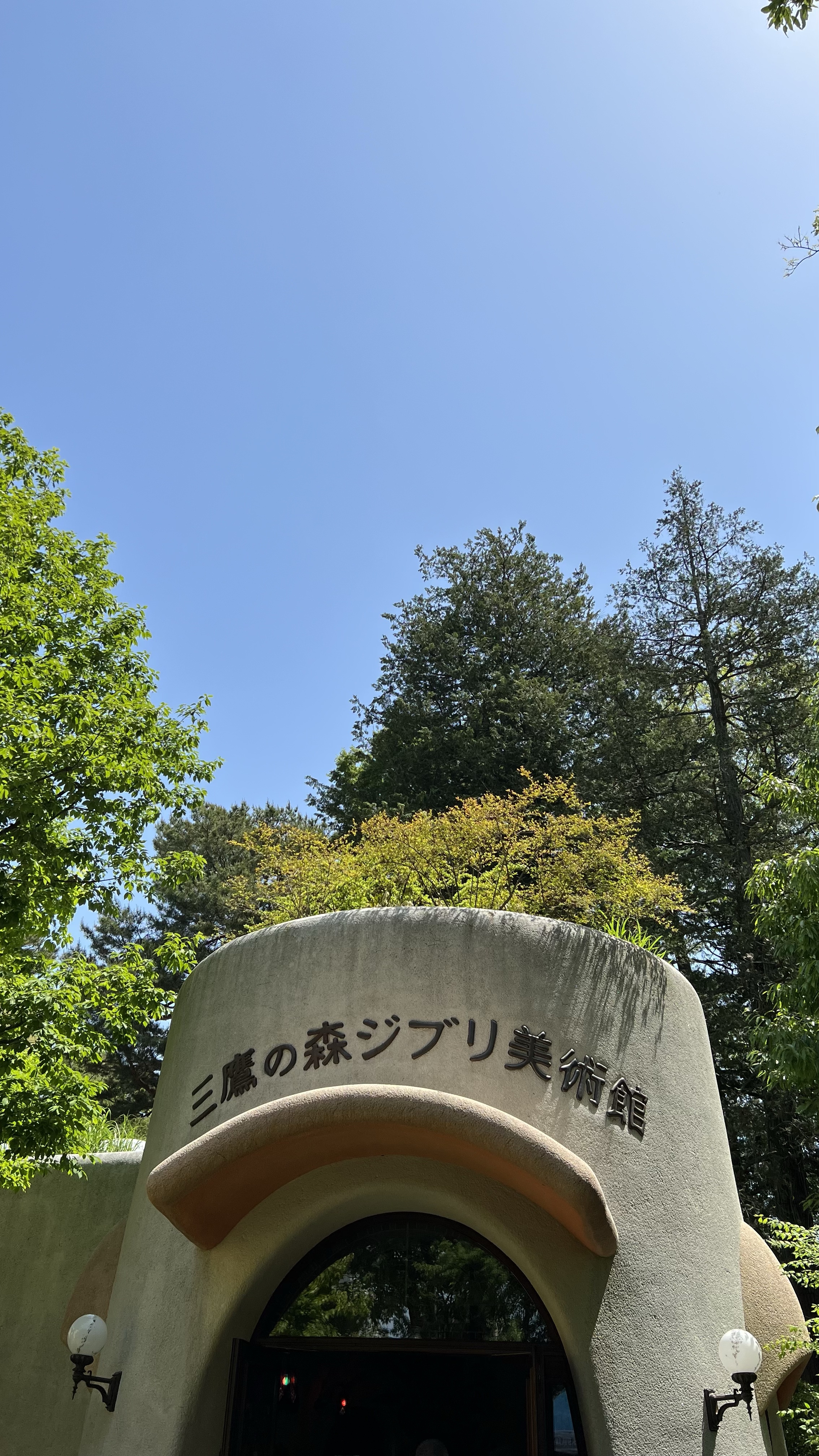
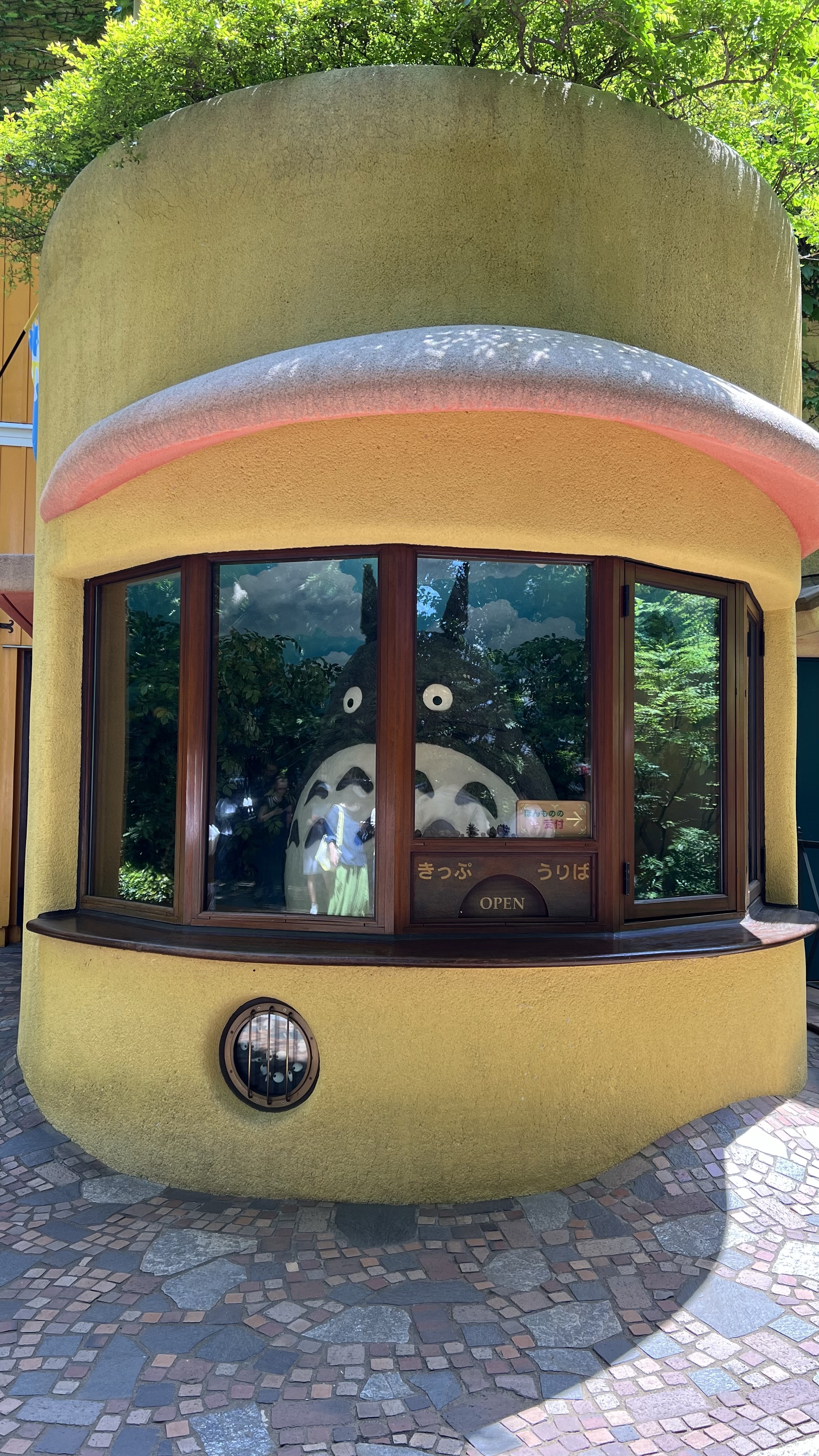
Our tickets include (short) movie tickets, where we watched Ghibli’s original short movie in the museum’s Saturn Theater. Don’t worry if you can’t speak Japanese; the short movies are dialogue-less. This is the movie ticket — and it’s SUPER CUTE! The tickets use animation cells from Ghibli’s movies.
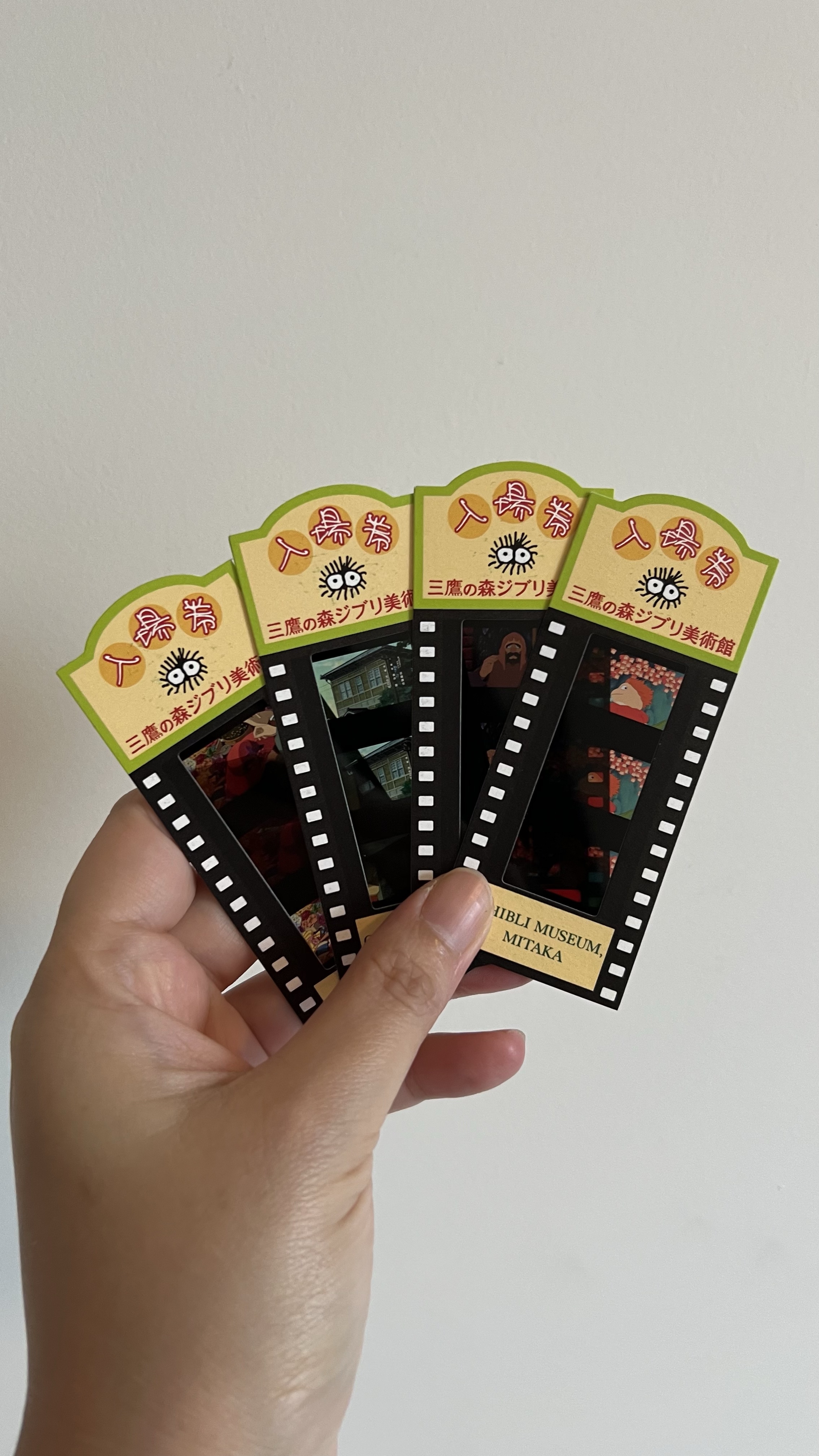
Right after Ghibli Museum, we went to Osaka using Shinkansen (Tōkaidō Main Line). We got two tickets: The train ticket and the seat reservation ticket. Upon entering the station, we needed to insert the two tickets, tap our Suica card, and then pass the gate. Unfortunately, we couldn’t keep the tickets for mementos/keepsakes.
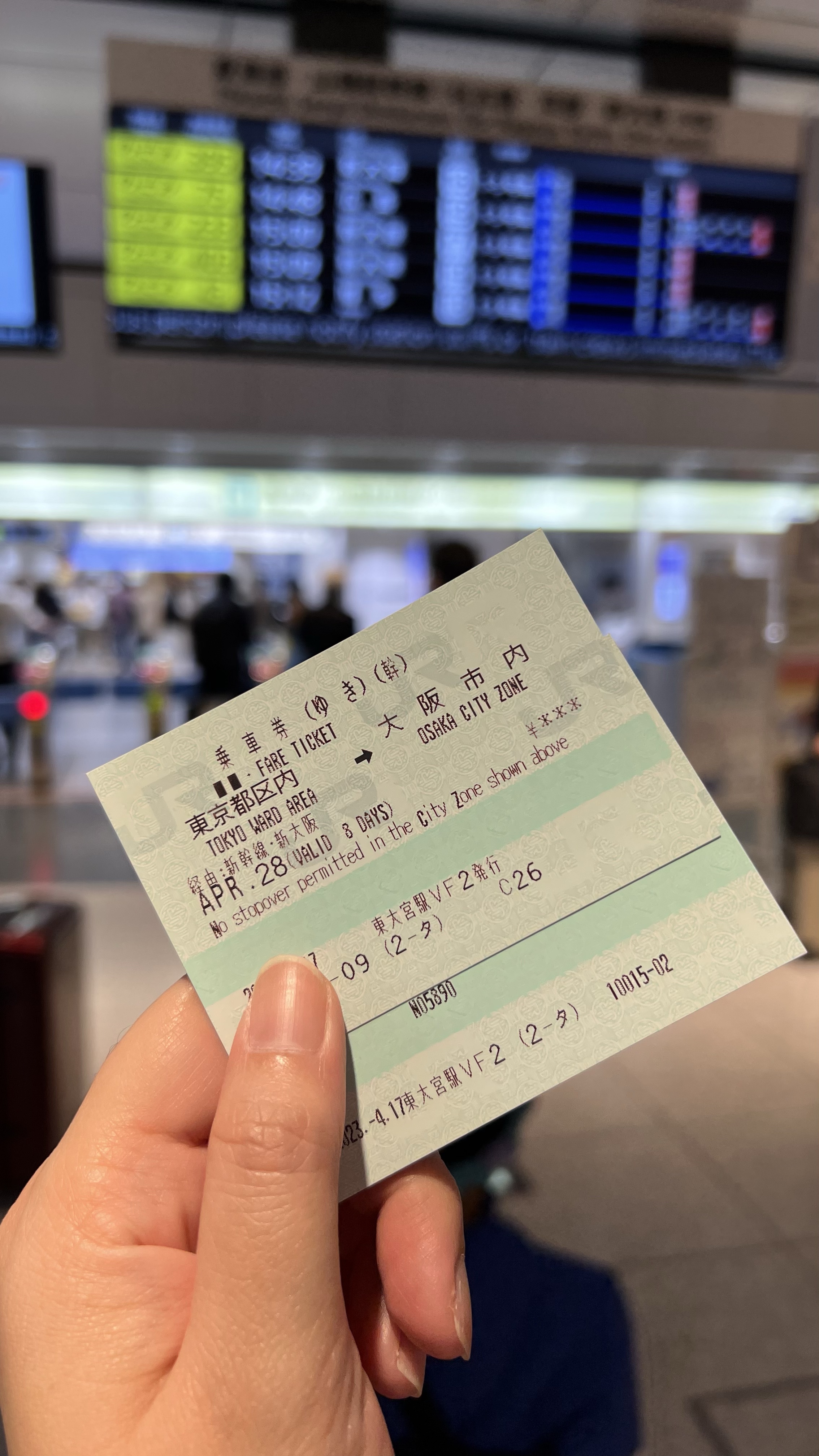
We bought ekiben (train bento) because I have been wanting to try it for a really long time!

During the trip, I had the opportunity to see Fuji-san (mount Fuji)!

Osaka and Kyoto, April 28 – May 2
On the next day, April 29, we had a Kyoto city tour. We went to Kyoto from Osaka using the train for 40-50 minutes ride, and in Kyoto, we went to Gion, Fushimi-Inari, and Nishiki Market, where we had a really nice lunch of wagyu steak.
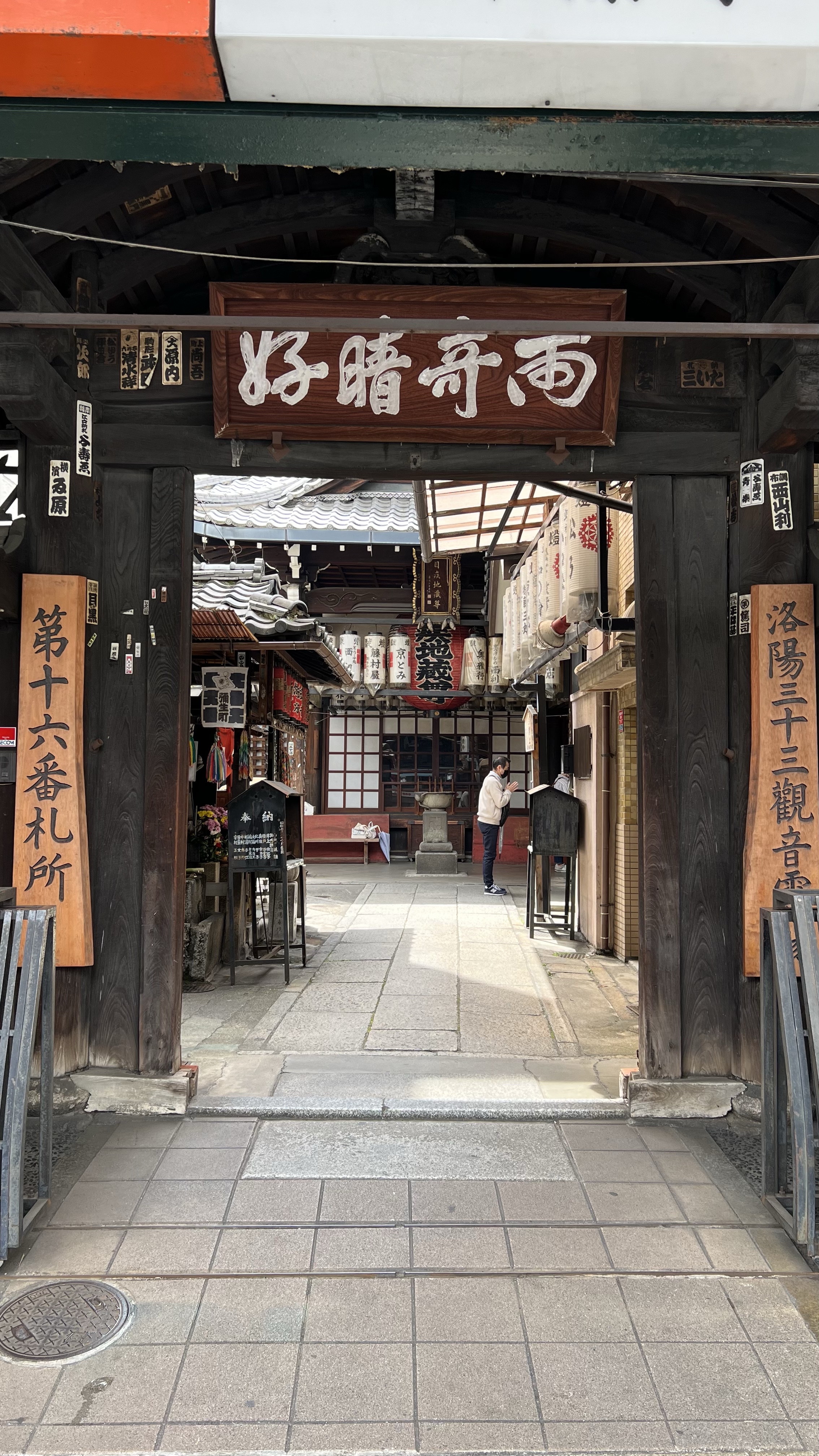
A small temple in Gion area


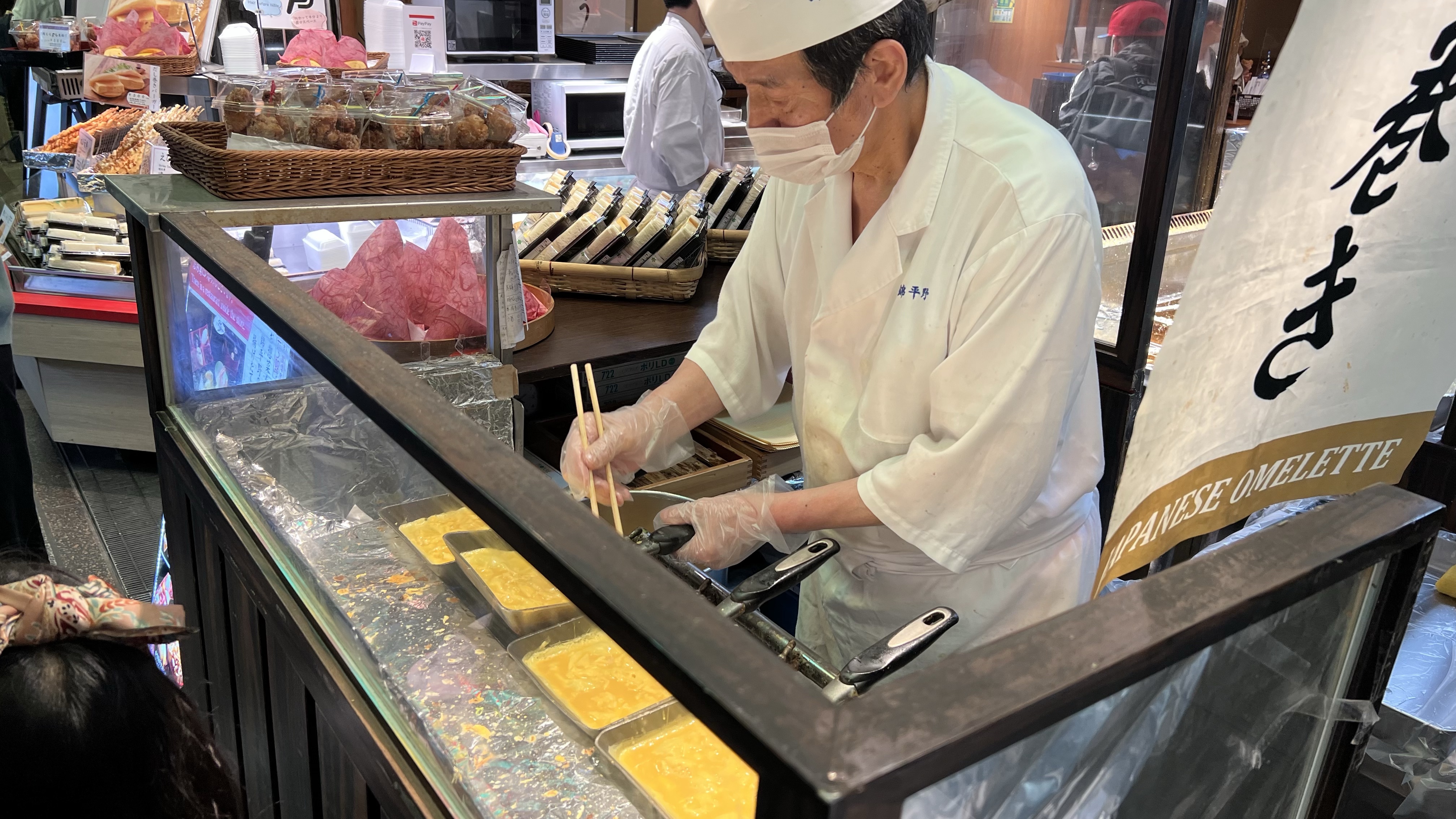
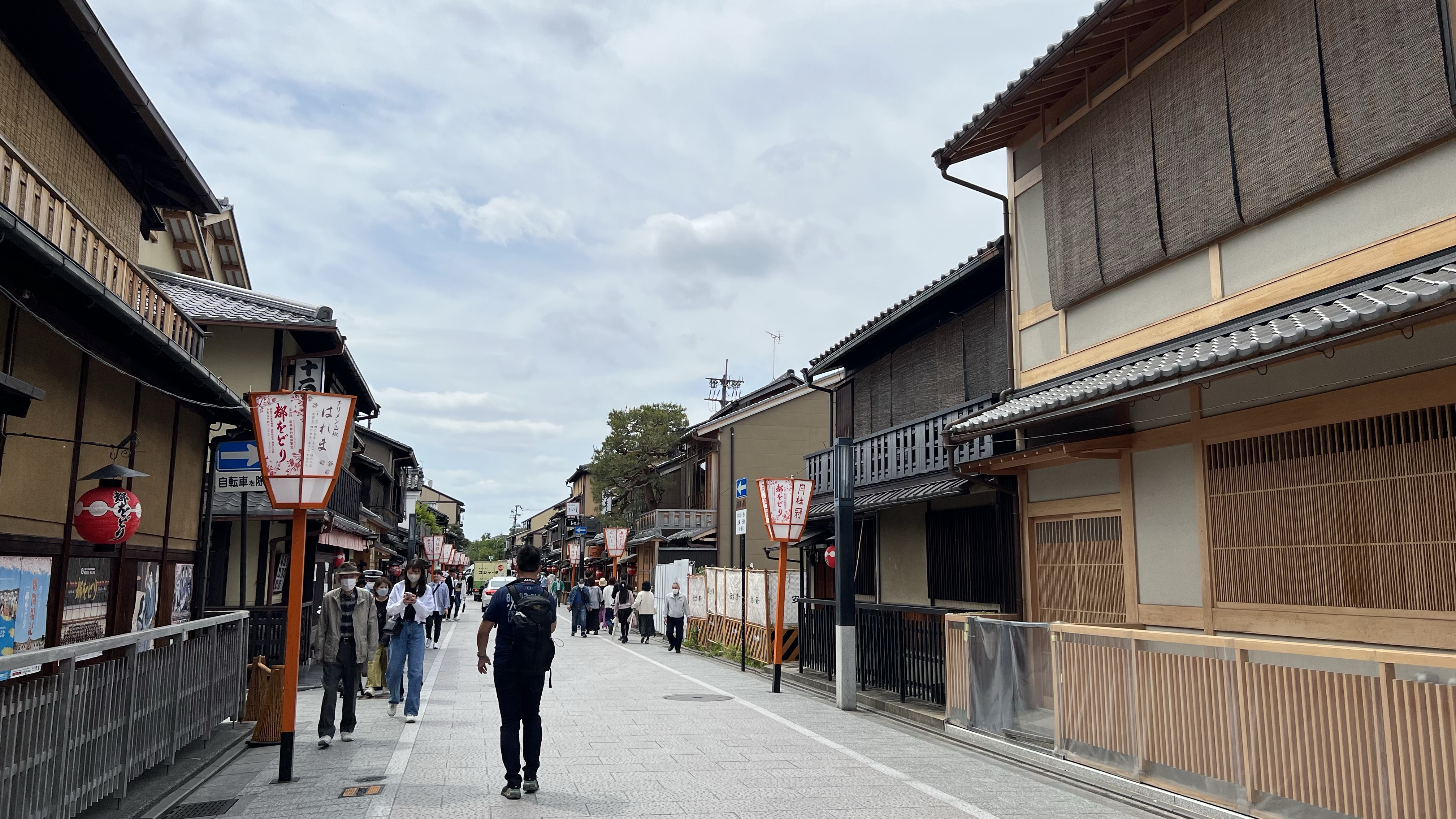
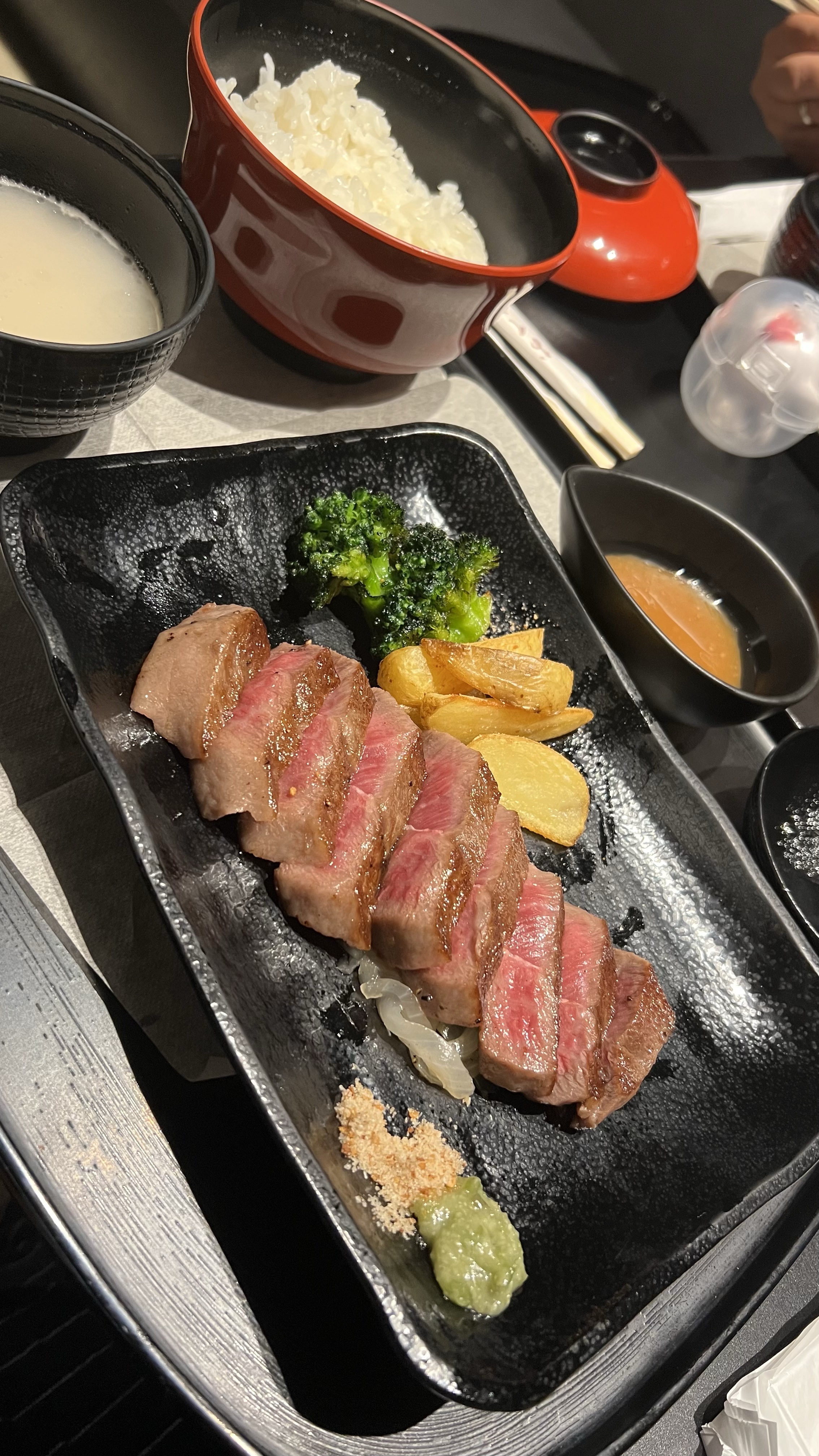


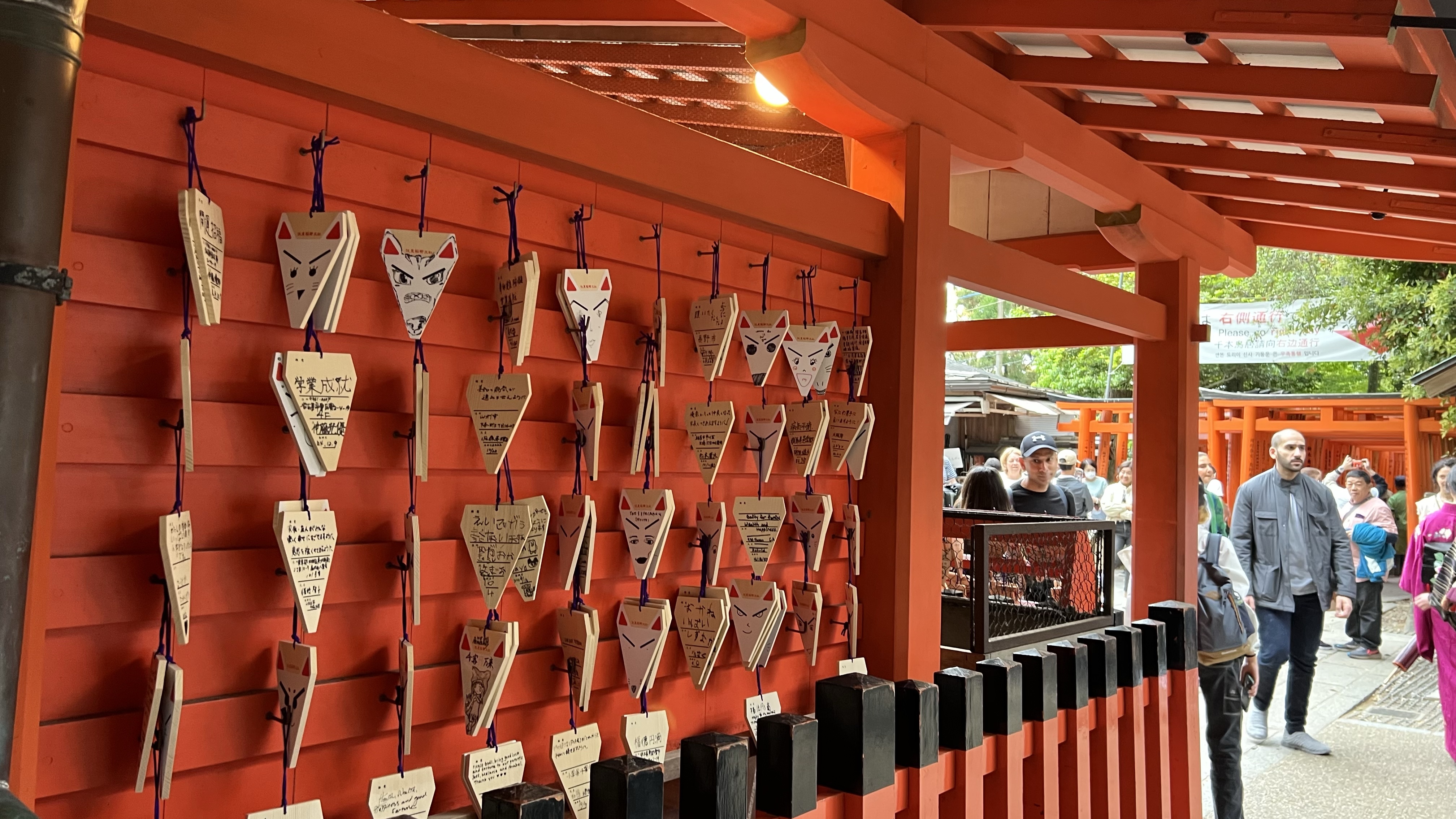

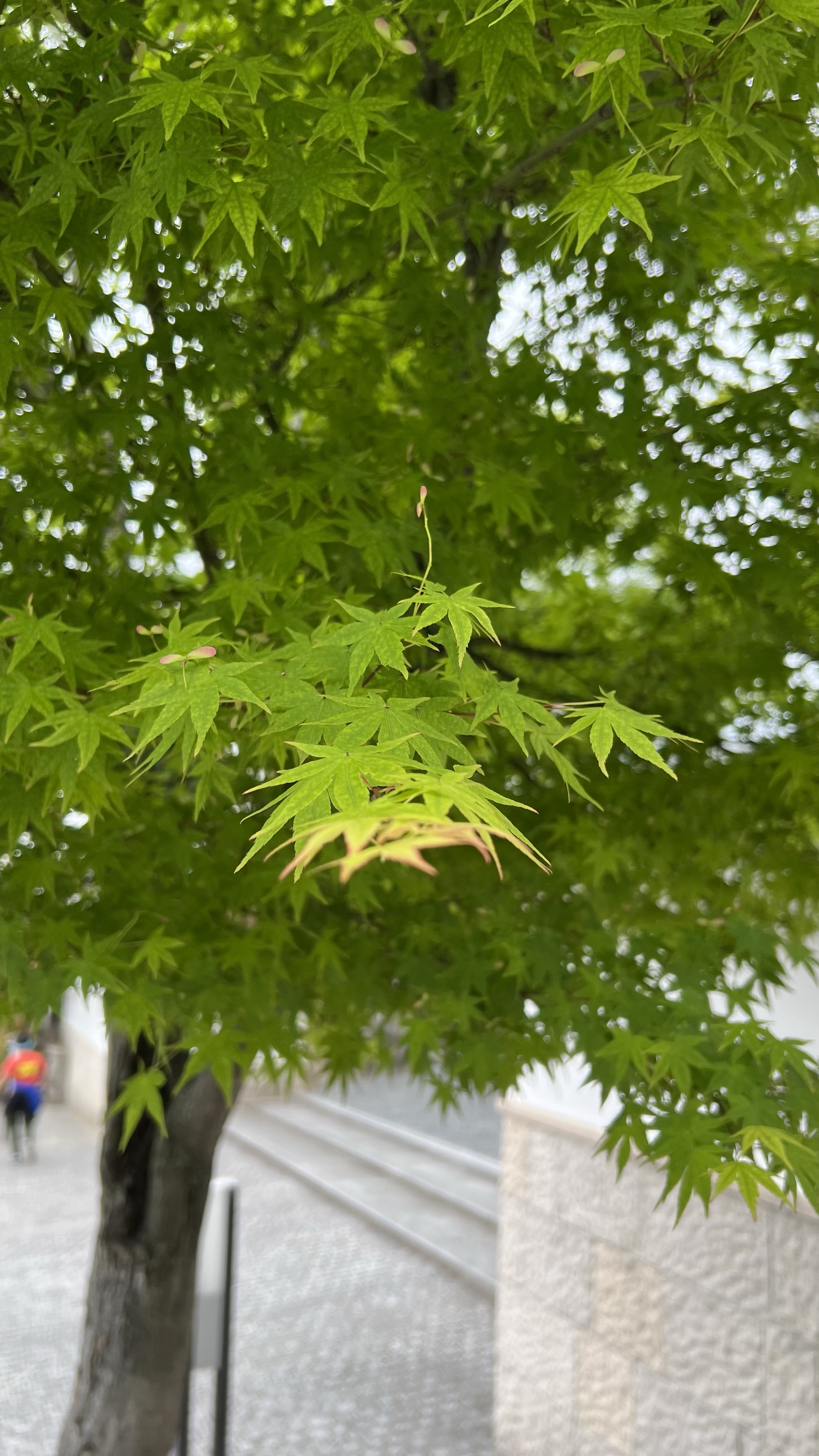

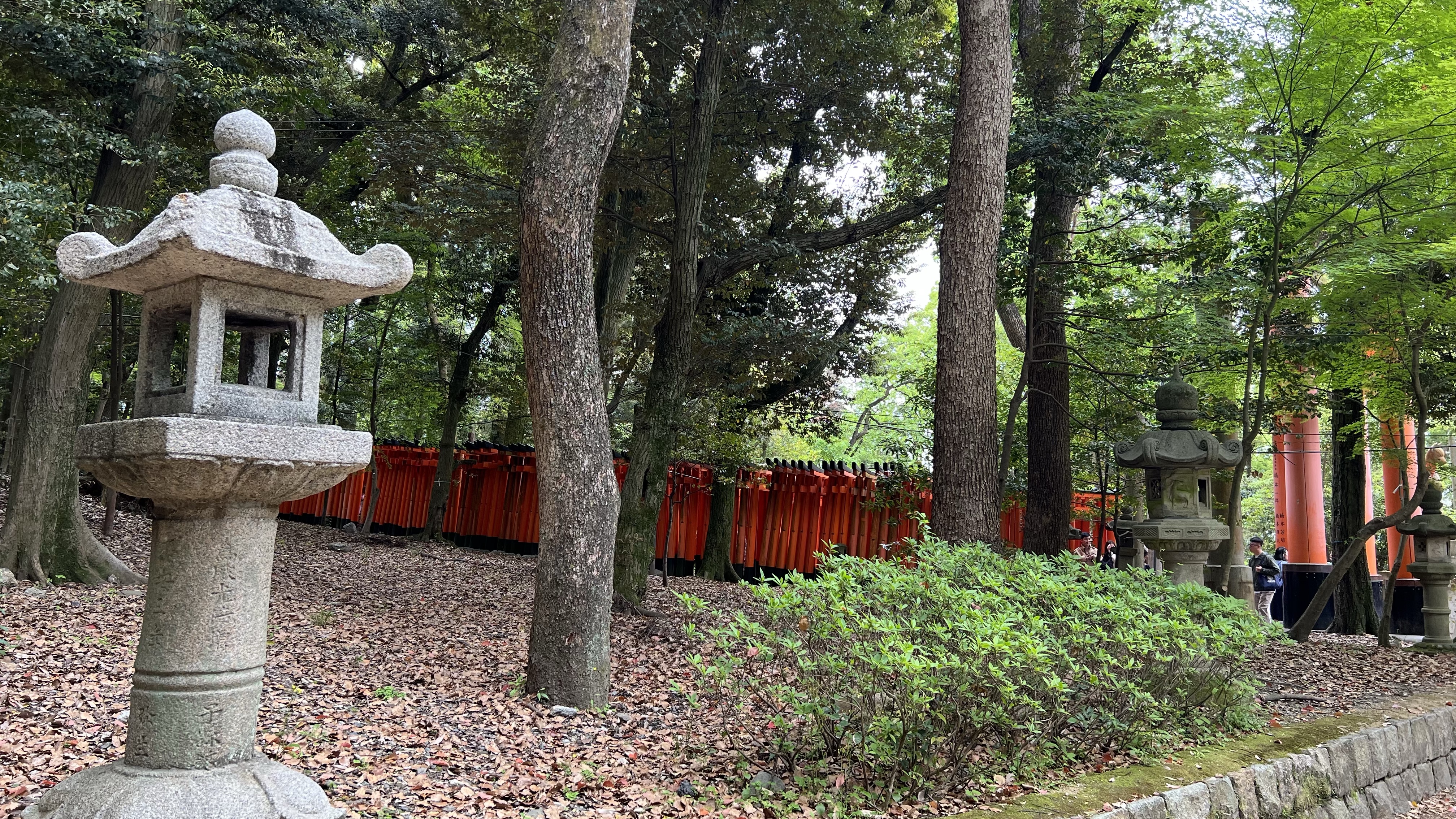
Fushimi-Inari is really famous for its torii, the red gates that spanned, approximately, 10,000 gates (!) The gates were donations and present from companies and businesses, as Inari is the goddess (kami) for agriculture and businesses. The guardian deity for Inari-sama is fox (kitsune) as foxes helped chase out and repel rats — indeed a creature worthy to be a guardian and deity for the goddess of agriculture!
Fushimi-Inari itself is the head temple for Inari temples, meaning that, yes, you can find Inari temples with torii tunnel on other parts of Japan (although not as massive as Fushimi-Inari’s.) Also, keep an eye out for fox statues when visiting temples — it usually means the temple has an association with Inari-sama.
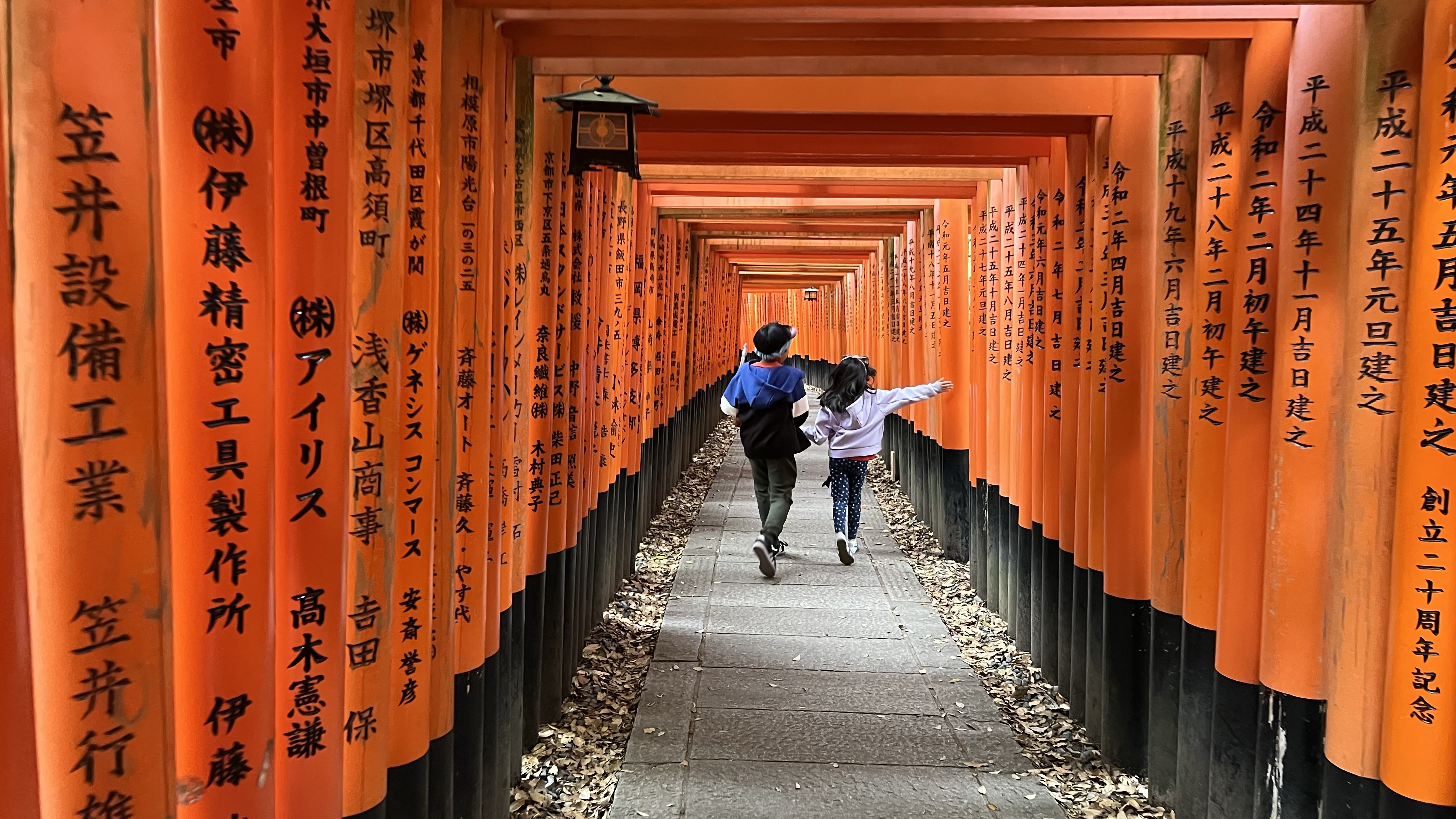
I learned how kabuki and geisha were started by completely different figures I had in mind. Kabuki is a traditional theater performance performed by men — even when the character is a woman, the performer/actor is a man. Imagine my surprise when I learned that the very first kabuki performance was performed by a woman named Okuni (her full name was Izumo no Okuni. If I’m not mistaken, it means “Okuni from Izumo”.) Geisha started off as a men-only field as they were the attendants for oiran, high-ranking prostitutes (prostitution was legal in Japan at that time.) As oiran’s popularity waned, the public moved to geishas.
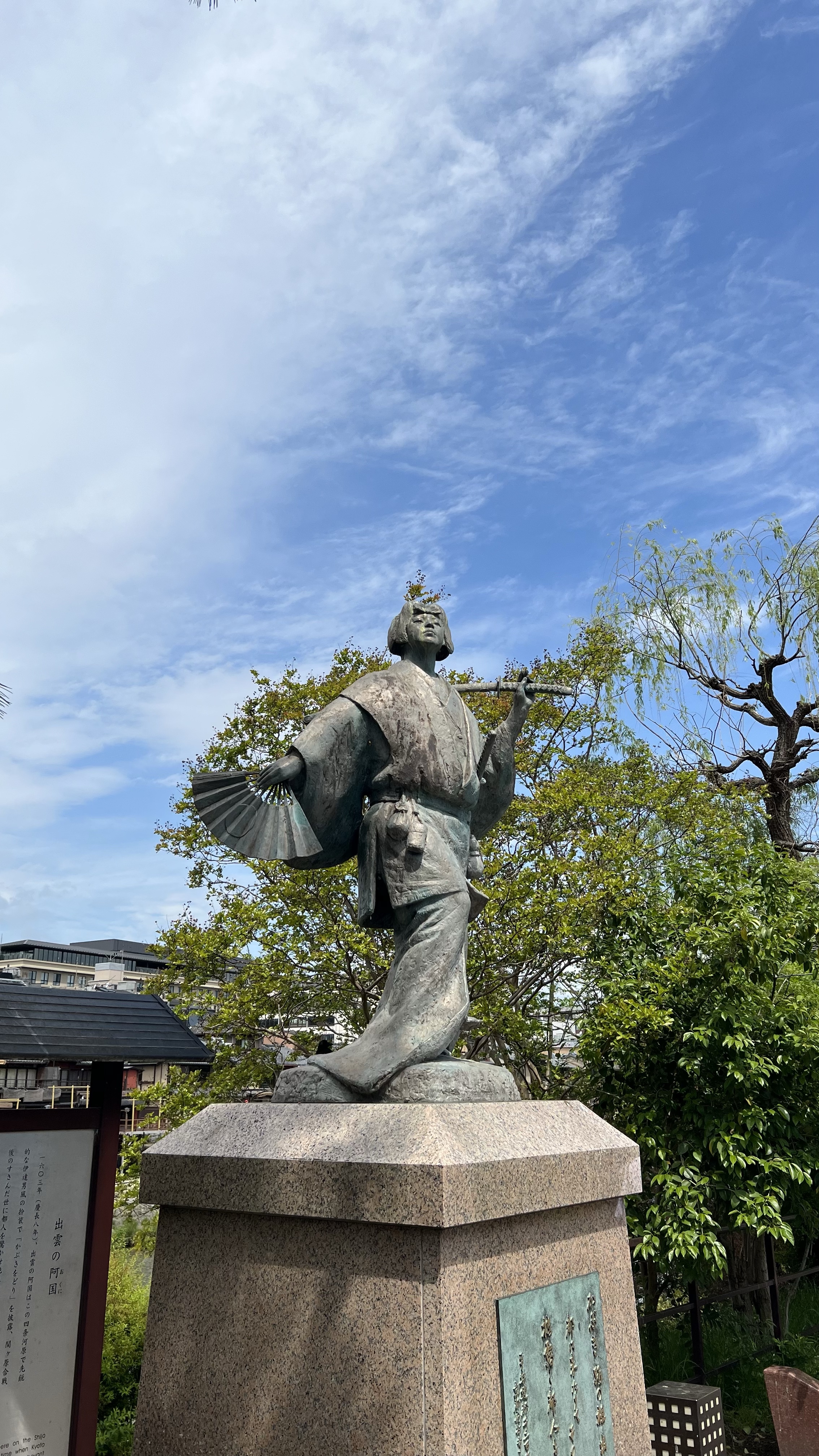
We also had dinner on Ichiran Ramen. This ramen chain gained popularity by introducing no-pork ramen, which catapulted their status among Muslim travelers. Their restaurants are famous too for having individual outlet-style where we can order our ramen through an ordering machine and papers. As social media puts it: “A perfect place for introverts,” hahaha.
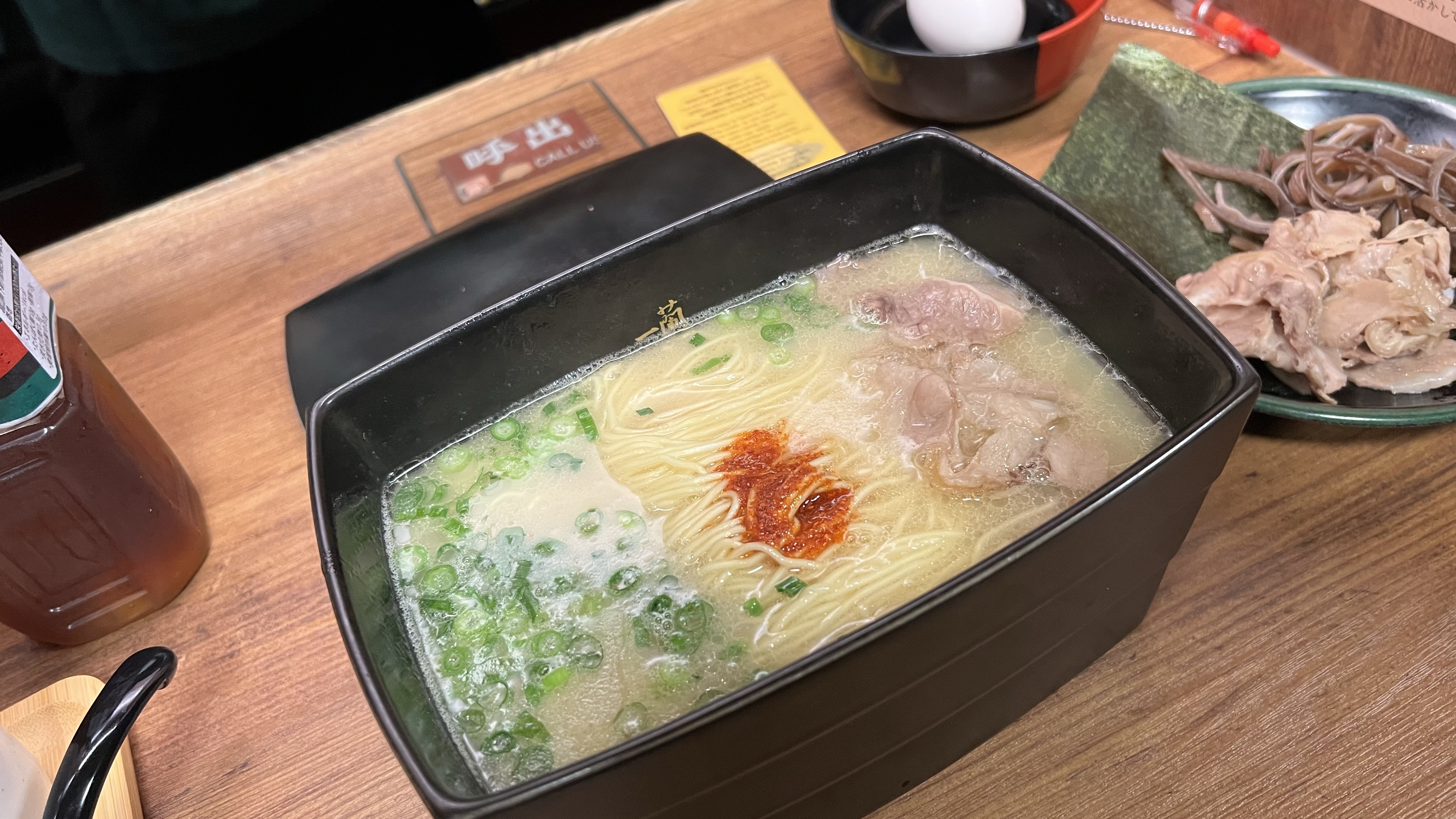
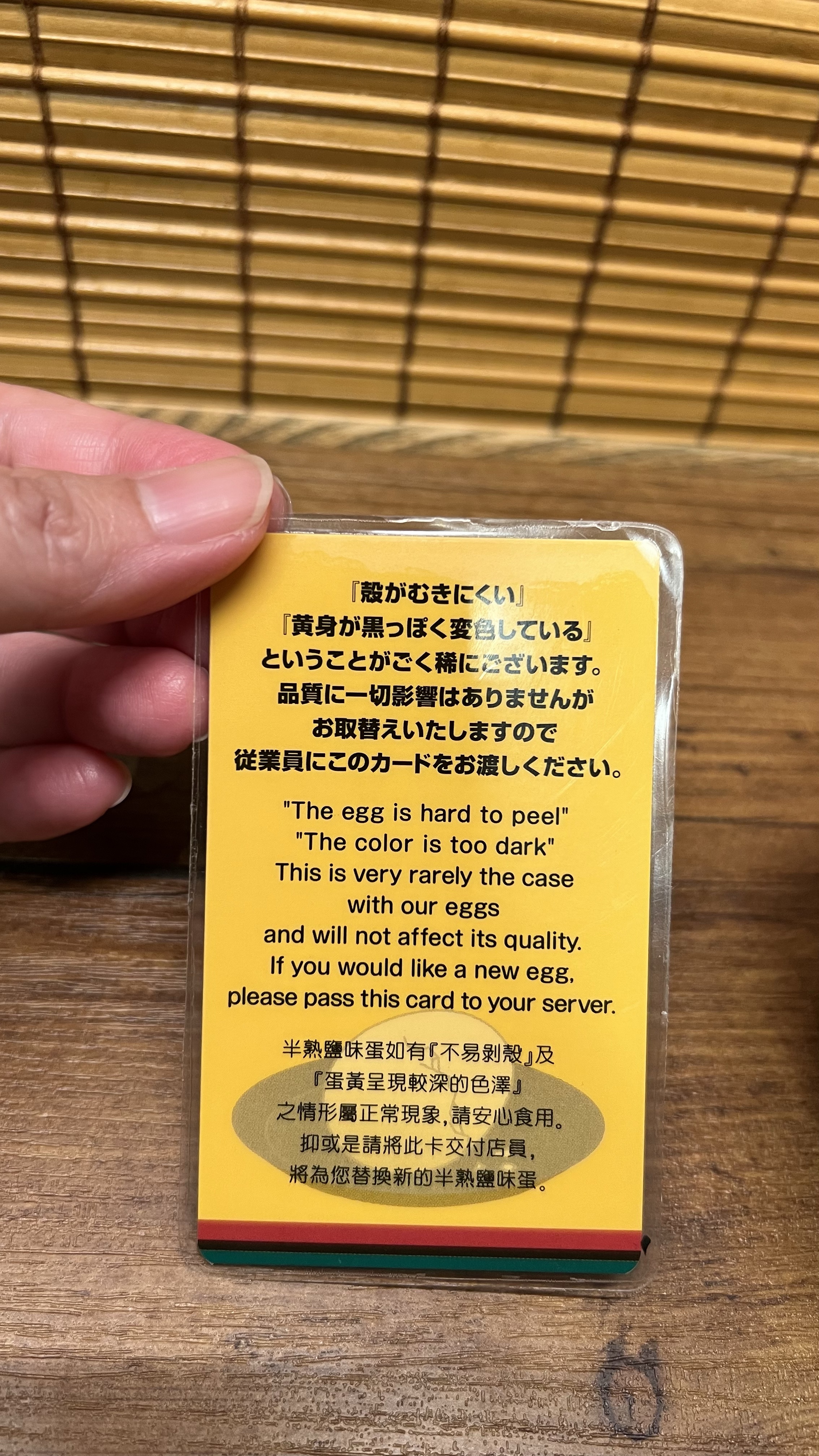
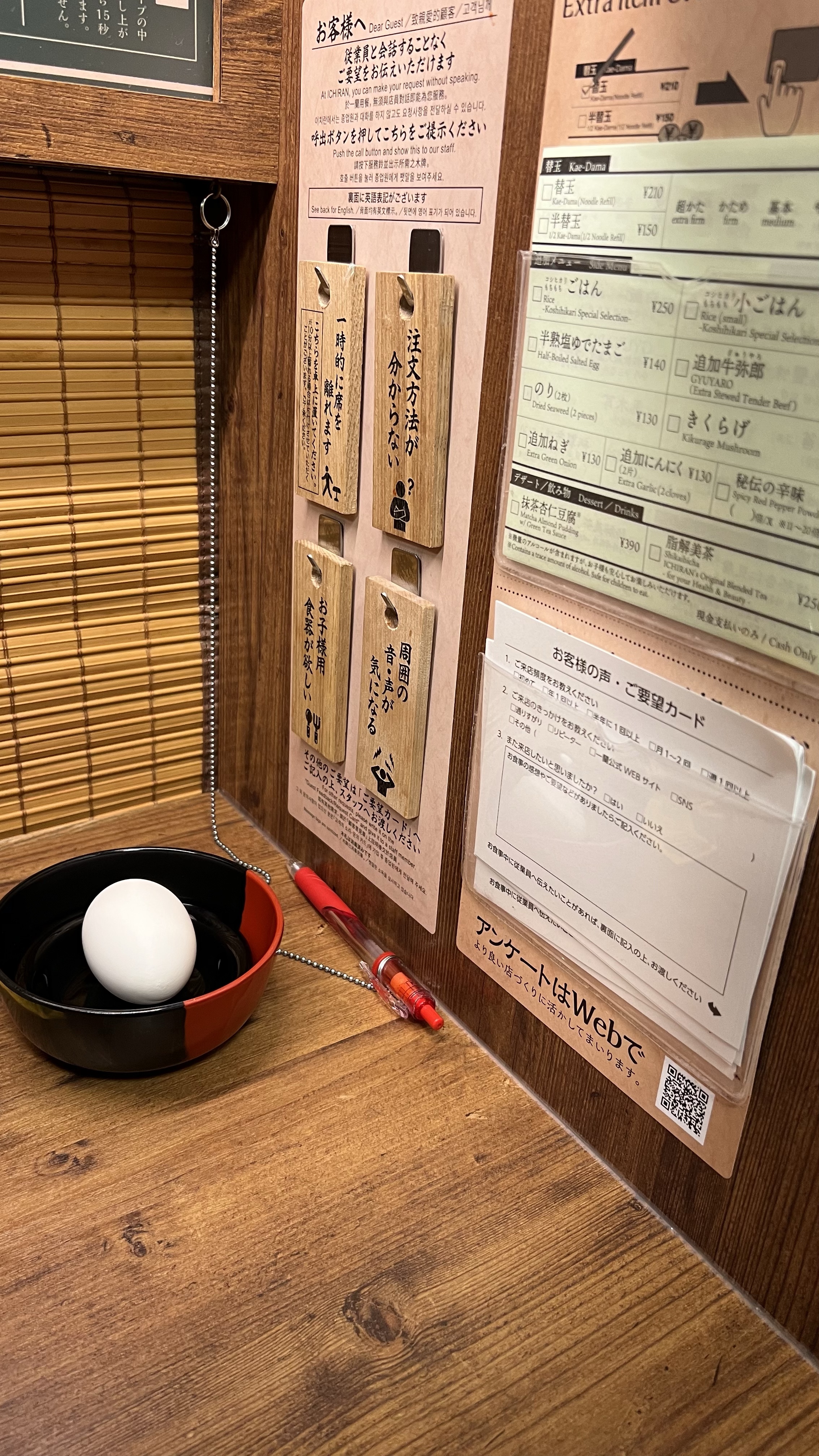
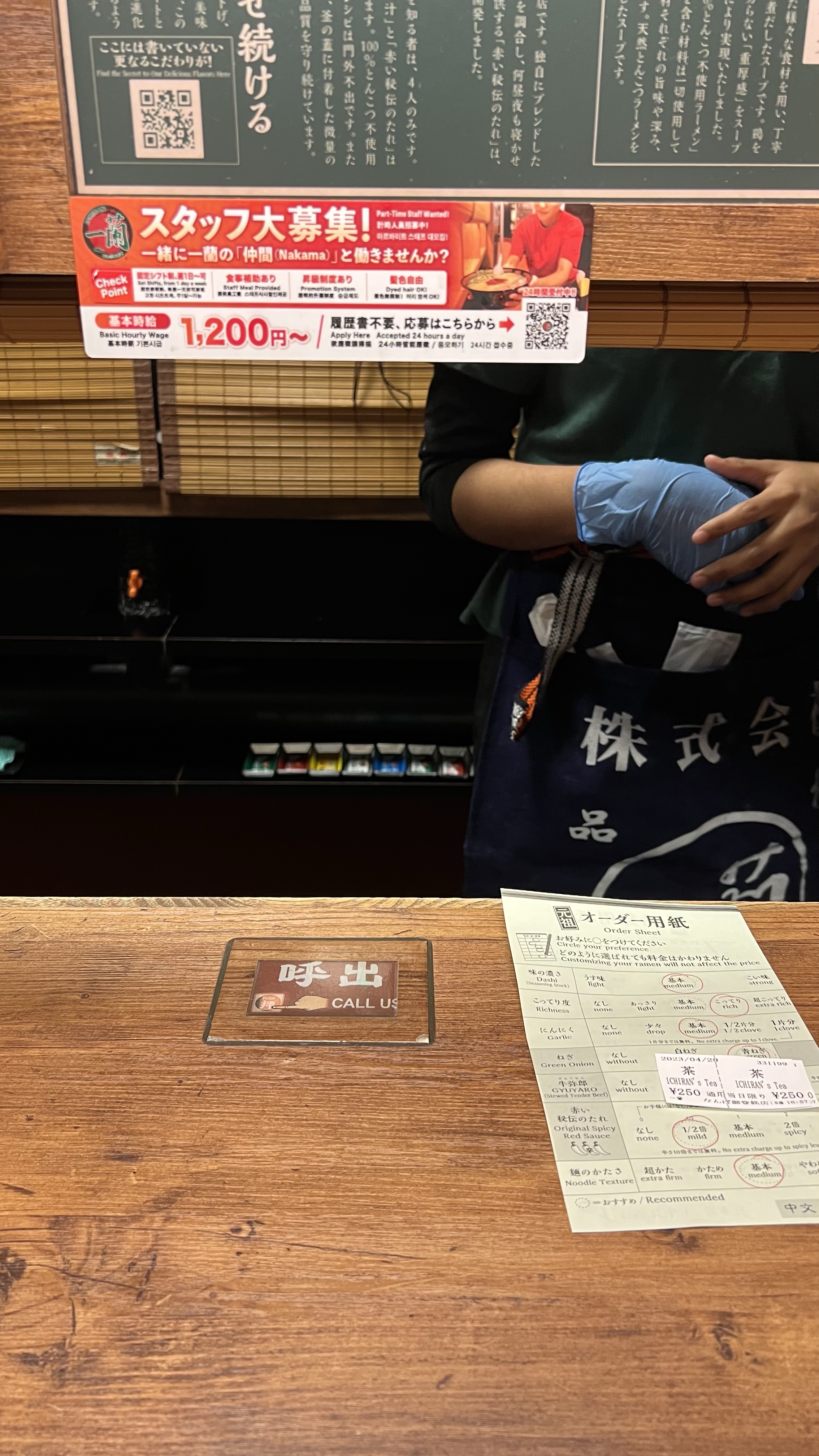
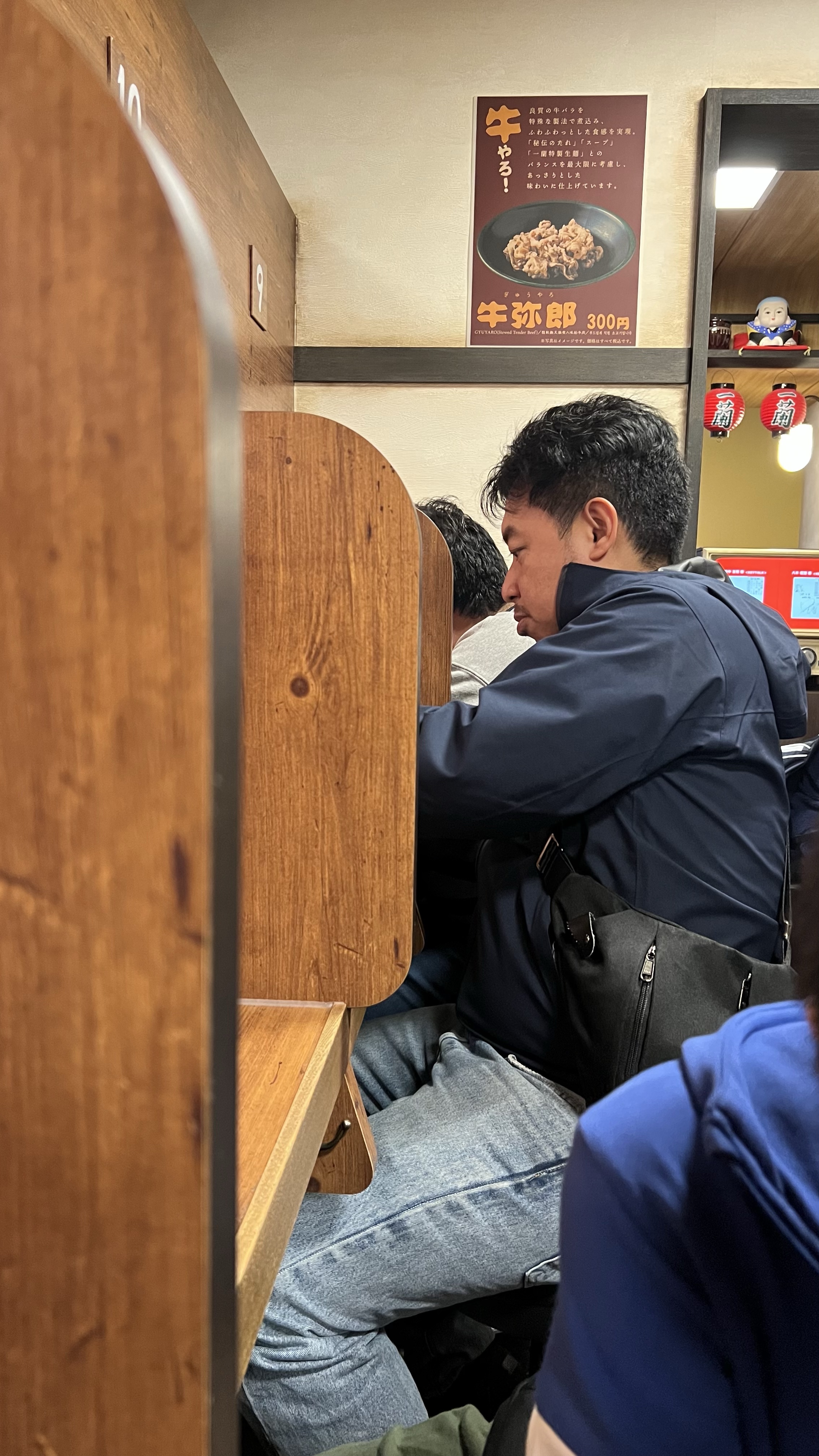
And being a geriatric millennial, I was excited seeing some famous names on the wall (GLAY, Gackt, and L’Arc~en~Ciel.)
When we were there, the staff got confused with our orders because Wira’s order and mine were similar — the only difference is Wira asked for spicier ramen. The staff asked for clarification, and I was pretty happy to answer. Apparently, they felt really bad and kept apologizing as they brought our order. I was like, “gosh, I’m already so happy being here; please don’t take it to the heart.” Japan’s service is top-notch, and it was really easy to see why. I wish nothing but good luck and prosperity to the staff!
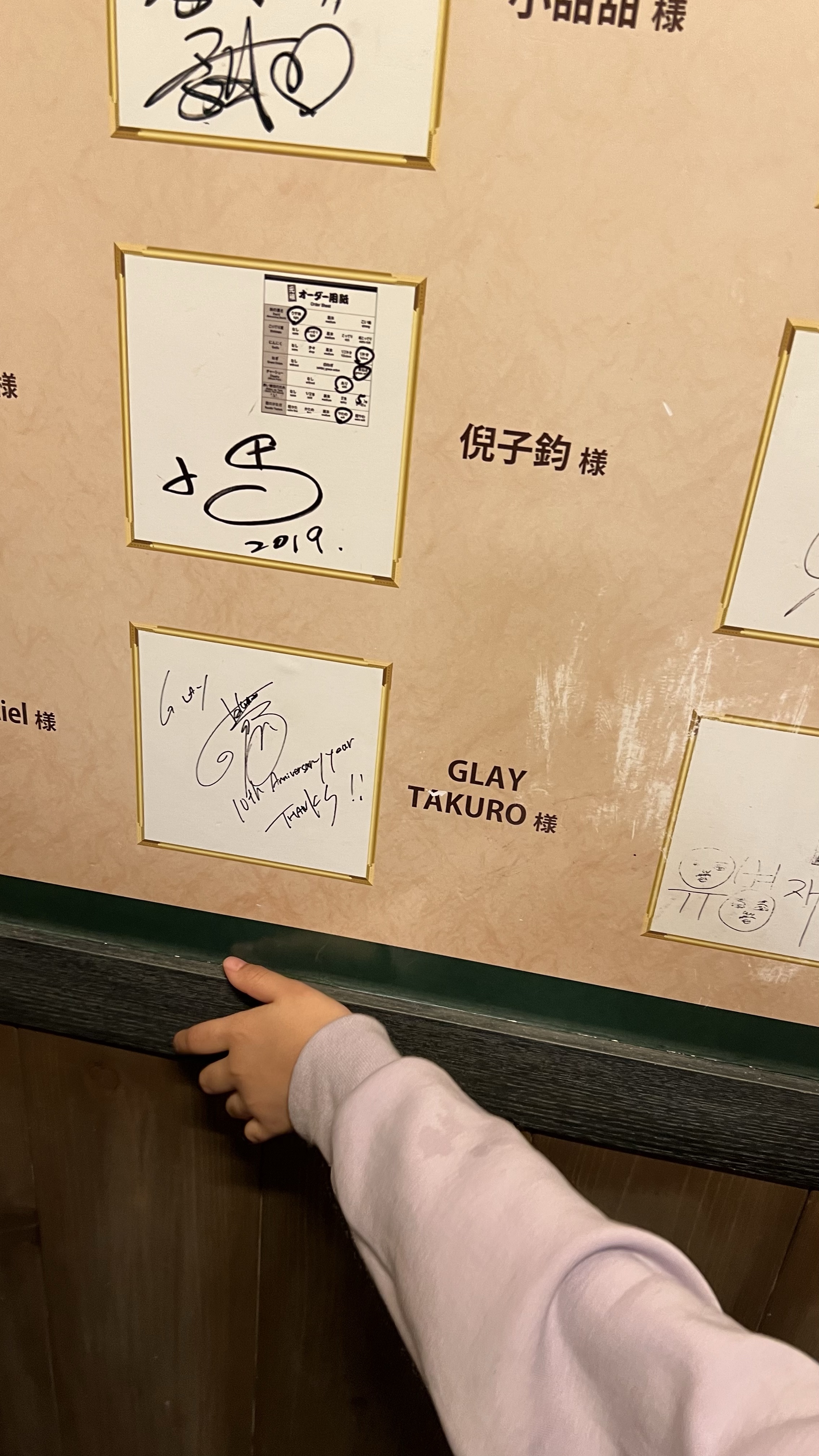
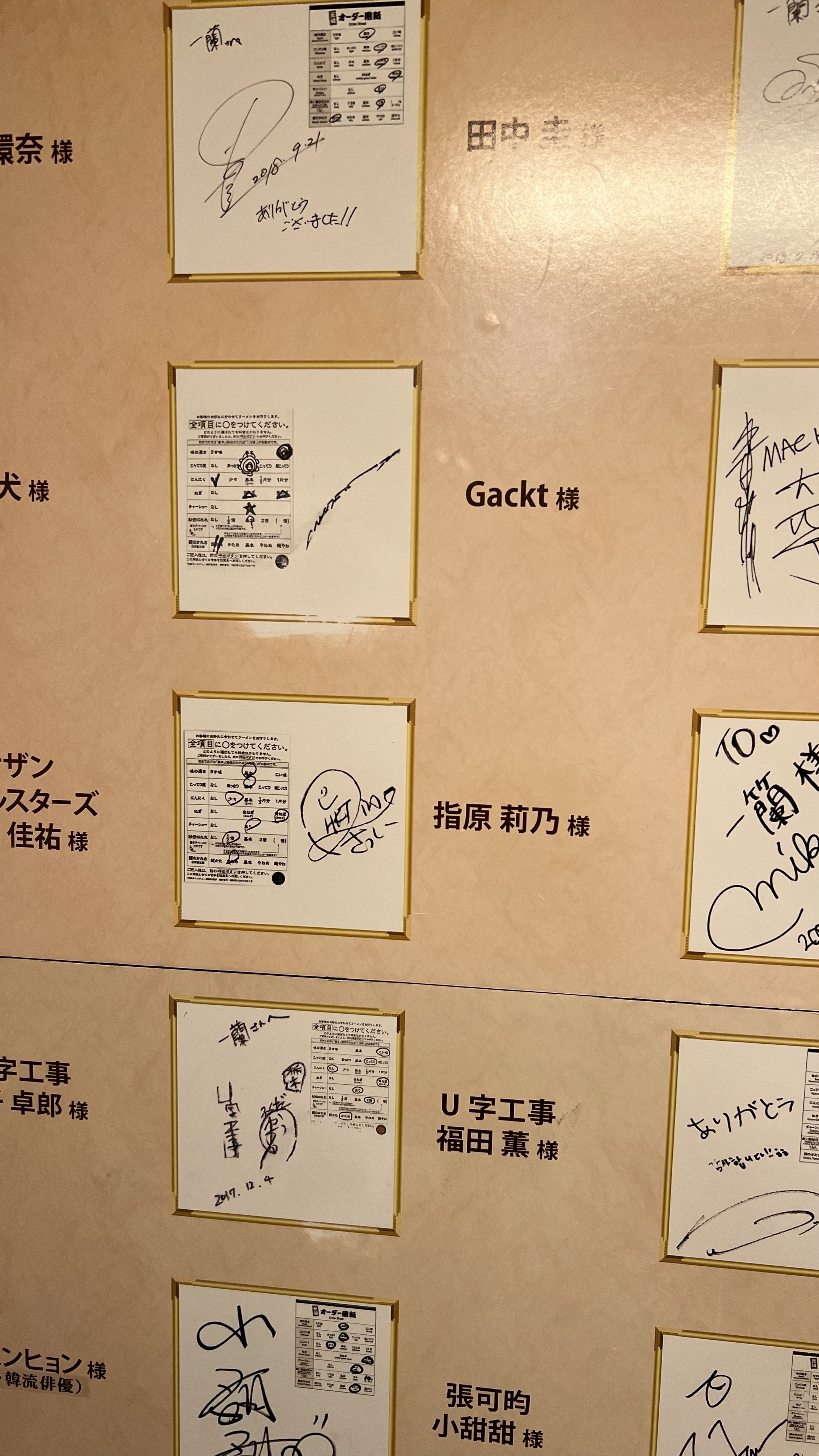
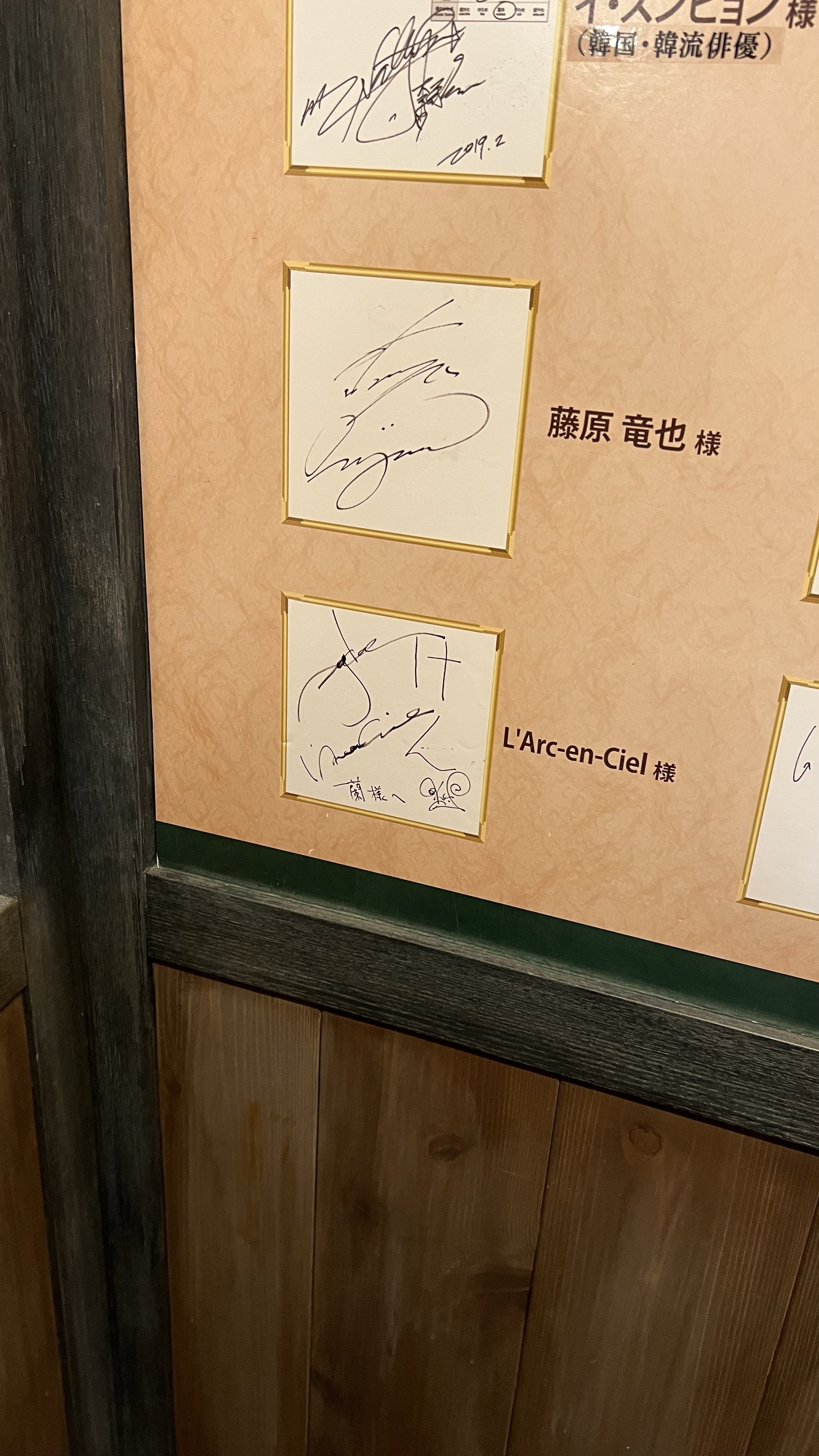

On April 30, we went to Universal Studio Japan. Our main goal was to go to Super Nintendo World. A bit of note when visiting Super Nintendo World, this place and the Harry Potter area are two areas with a time-based system, meaning that you can’t visit these areas anytime. You need to check your ticket on when you can go inside. Ours was 5 PM, so we spent the first half of the day enjoying rides on Jurassic Park, Sesame Street, and Despicable Me areas. Universal Studio Japan also has some areas for Detective Conan (Case Closed), Jujutsu Kaisen, and Spy x Family.

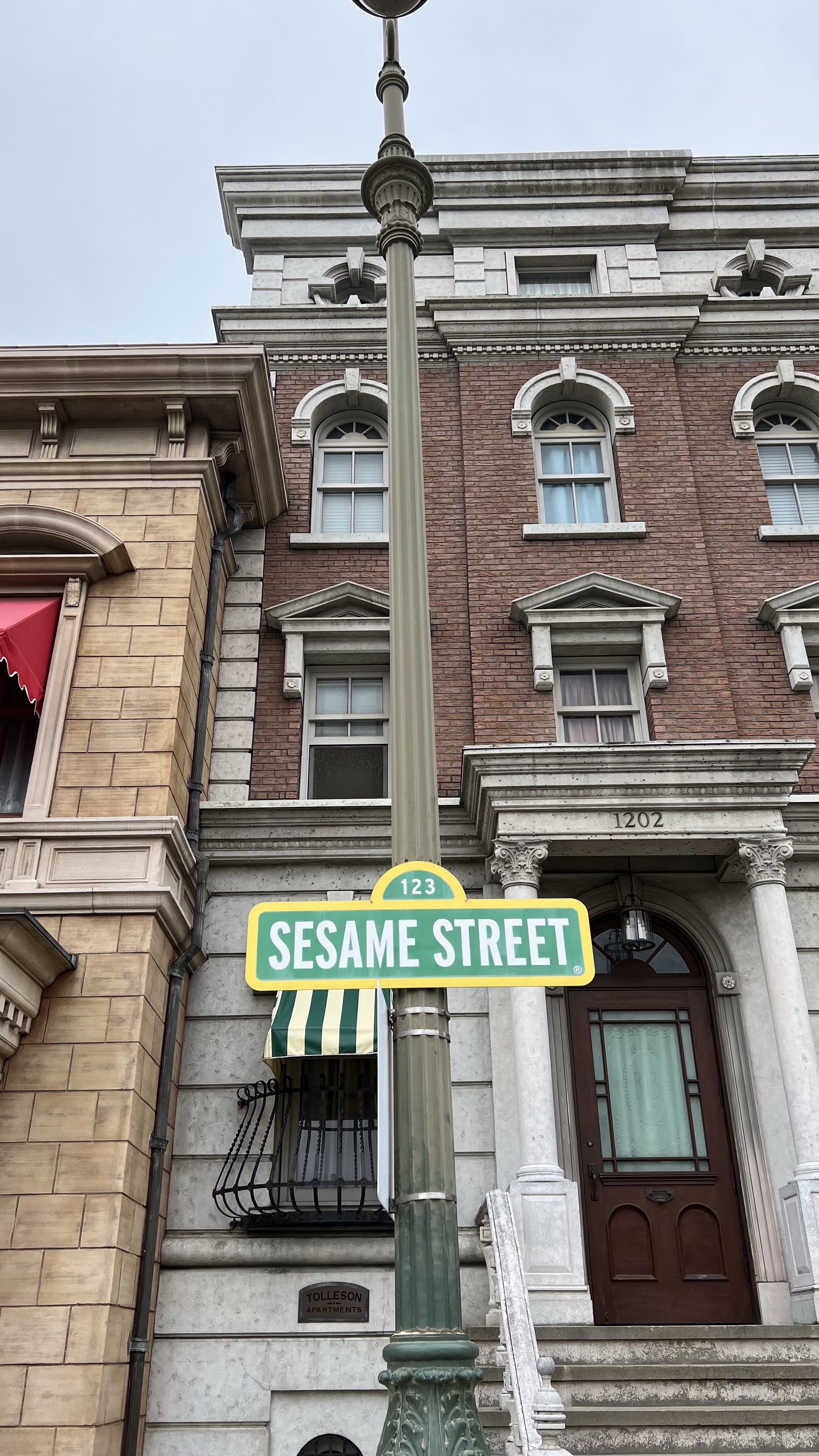




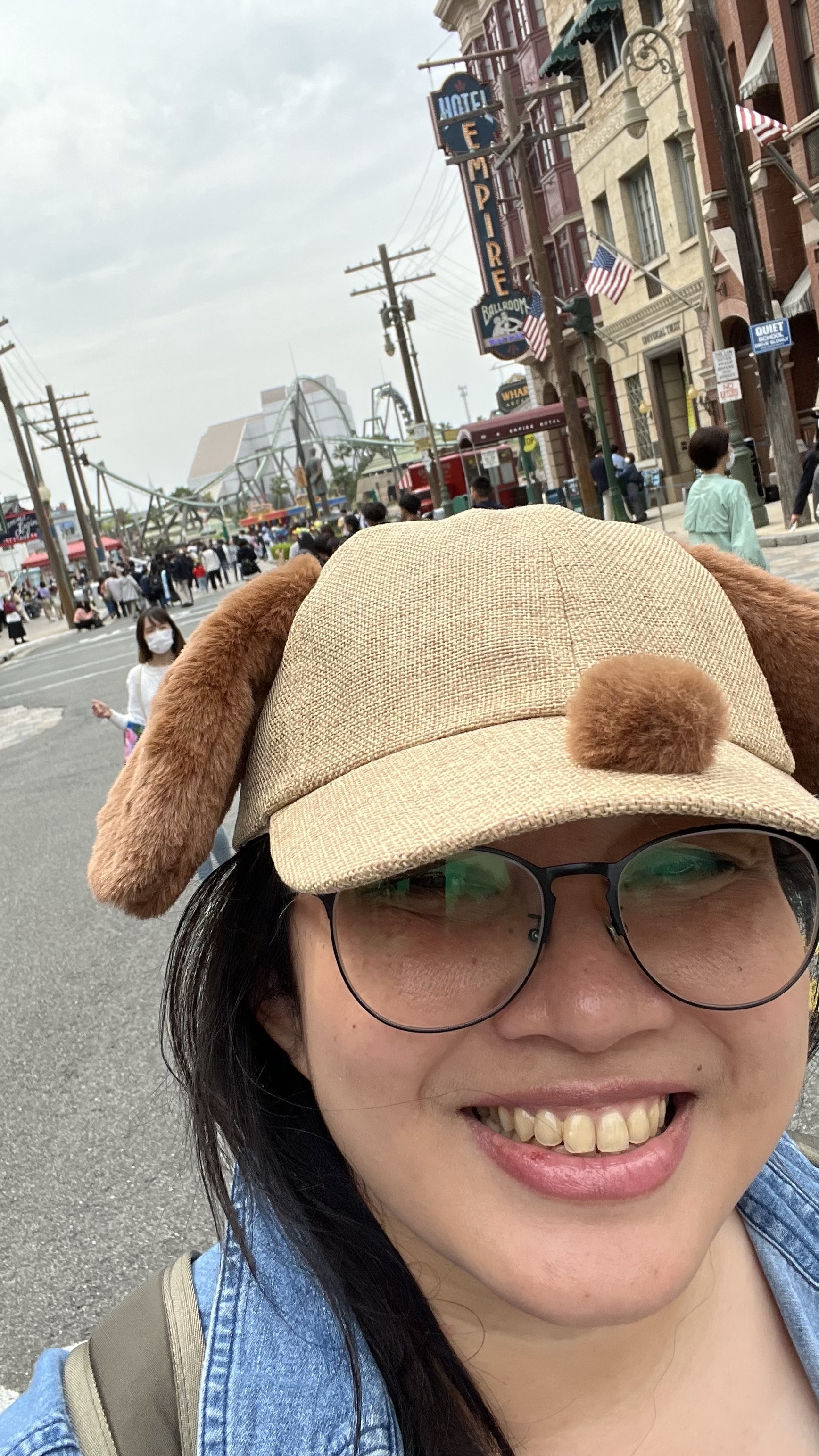
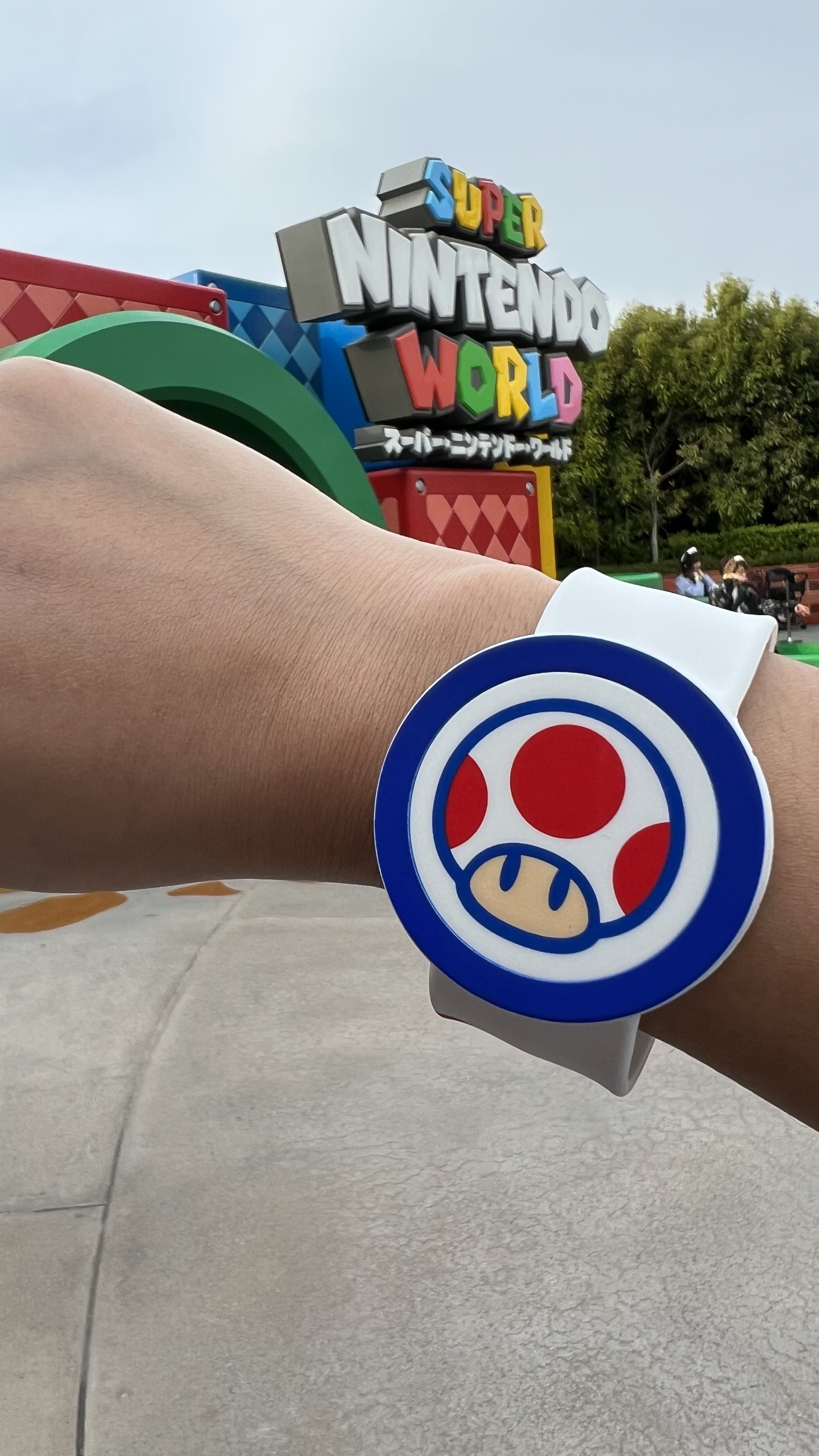
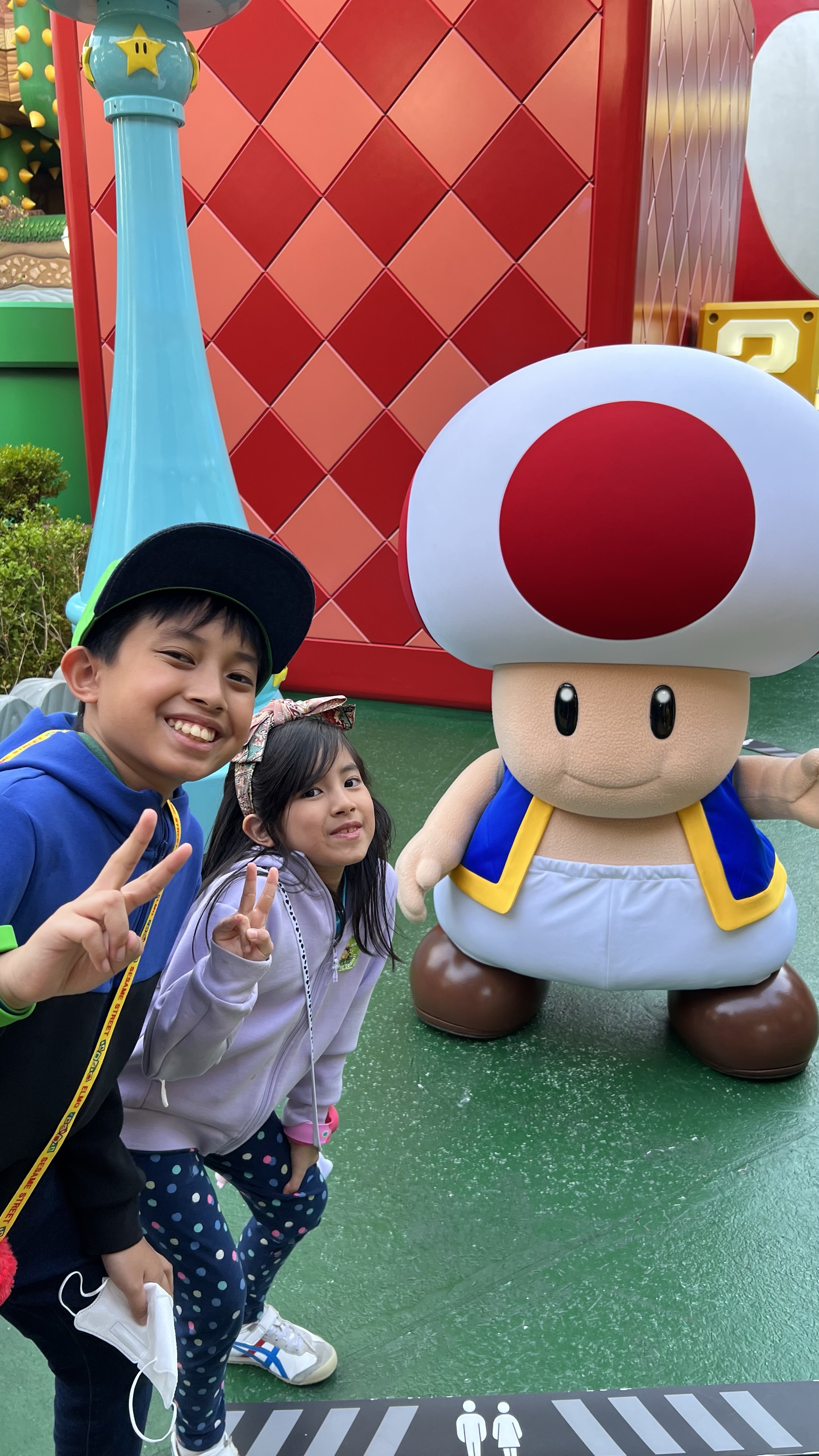

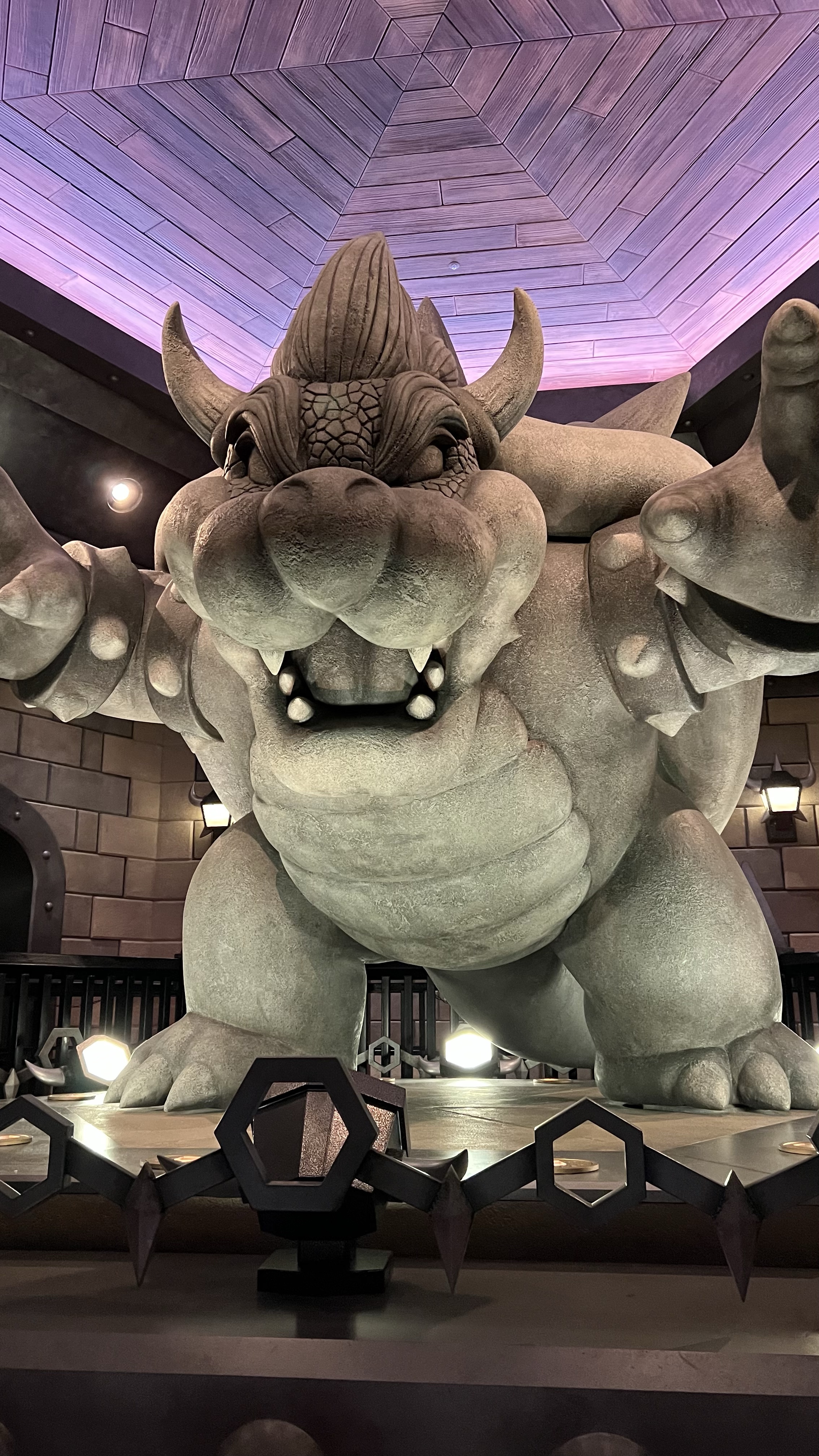

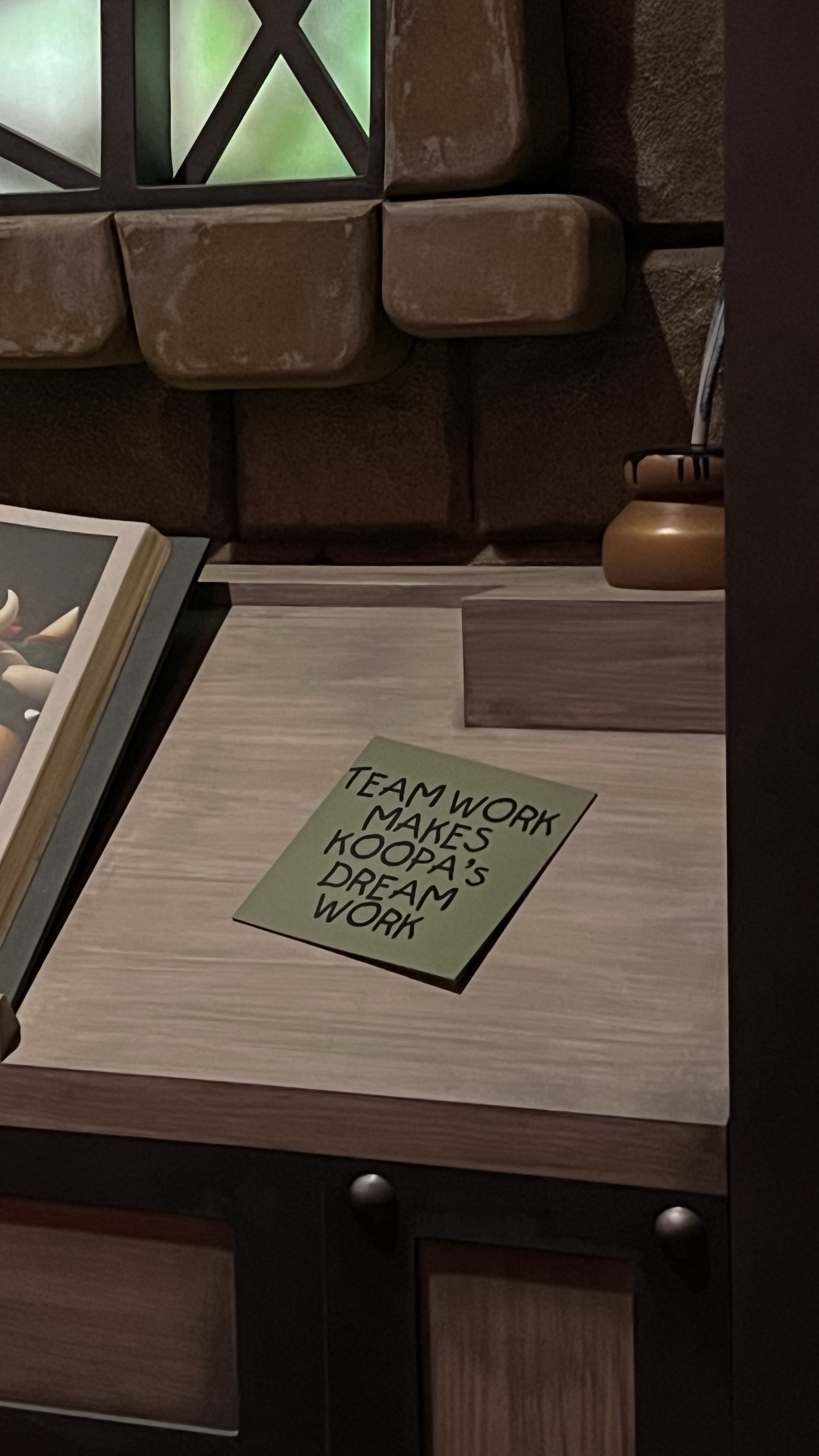


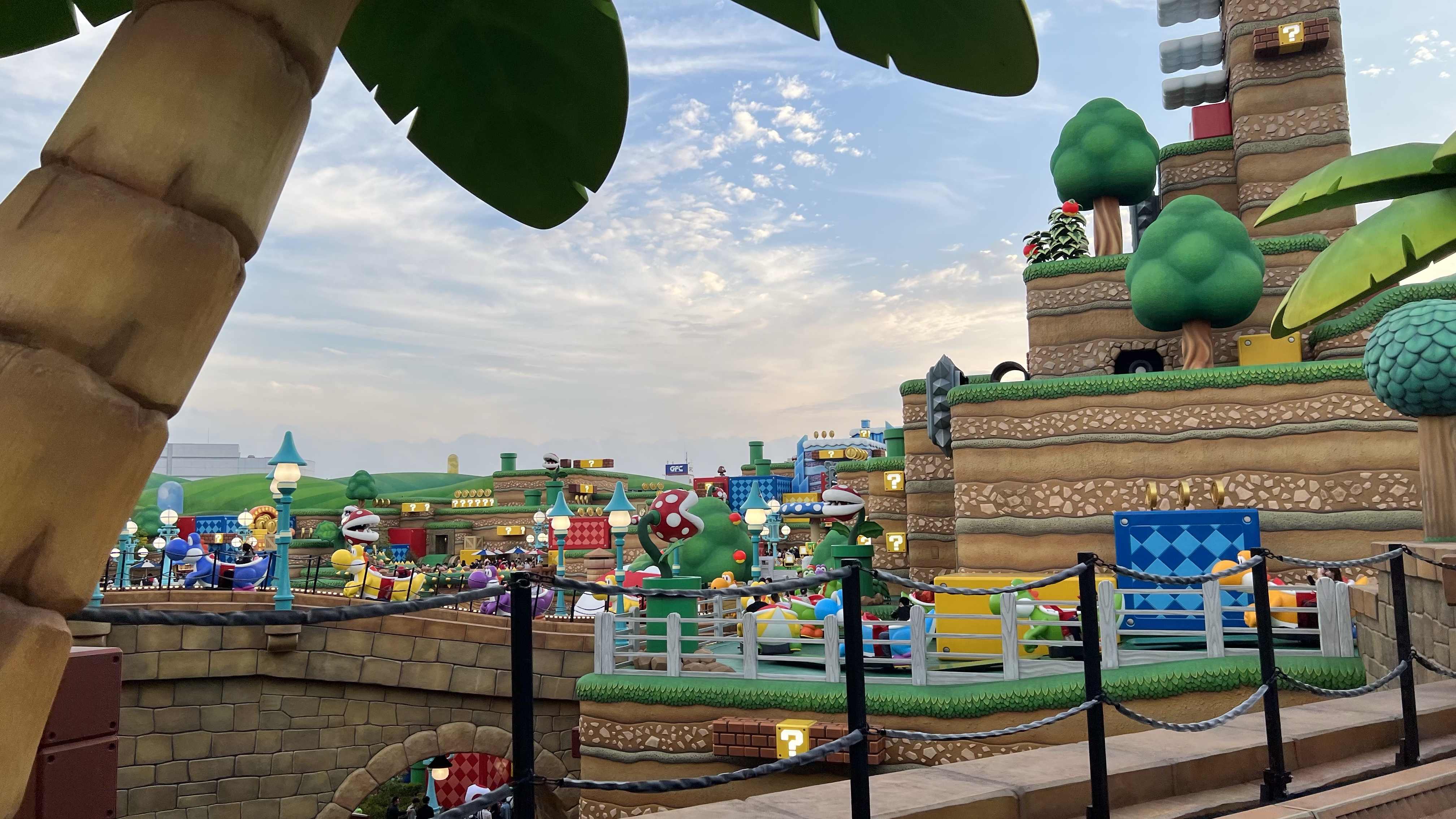
On May 1, we went to Arashiyama. This place is famous for its bamboo forest, built to prevent flooding from the nearby River Hozu (Hozugawa). The place soon became popular among royal family members and feudal lords to walk and enjoy nature — and still popular among crowds now!
Within Arashiyama, a temple plays a pivotal role for the women in the Royal Family: Nonomiya Shrine. Every imperial princess of the royal blood needs to enter the shrine and undergo training to prepare them to serve the public.

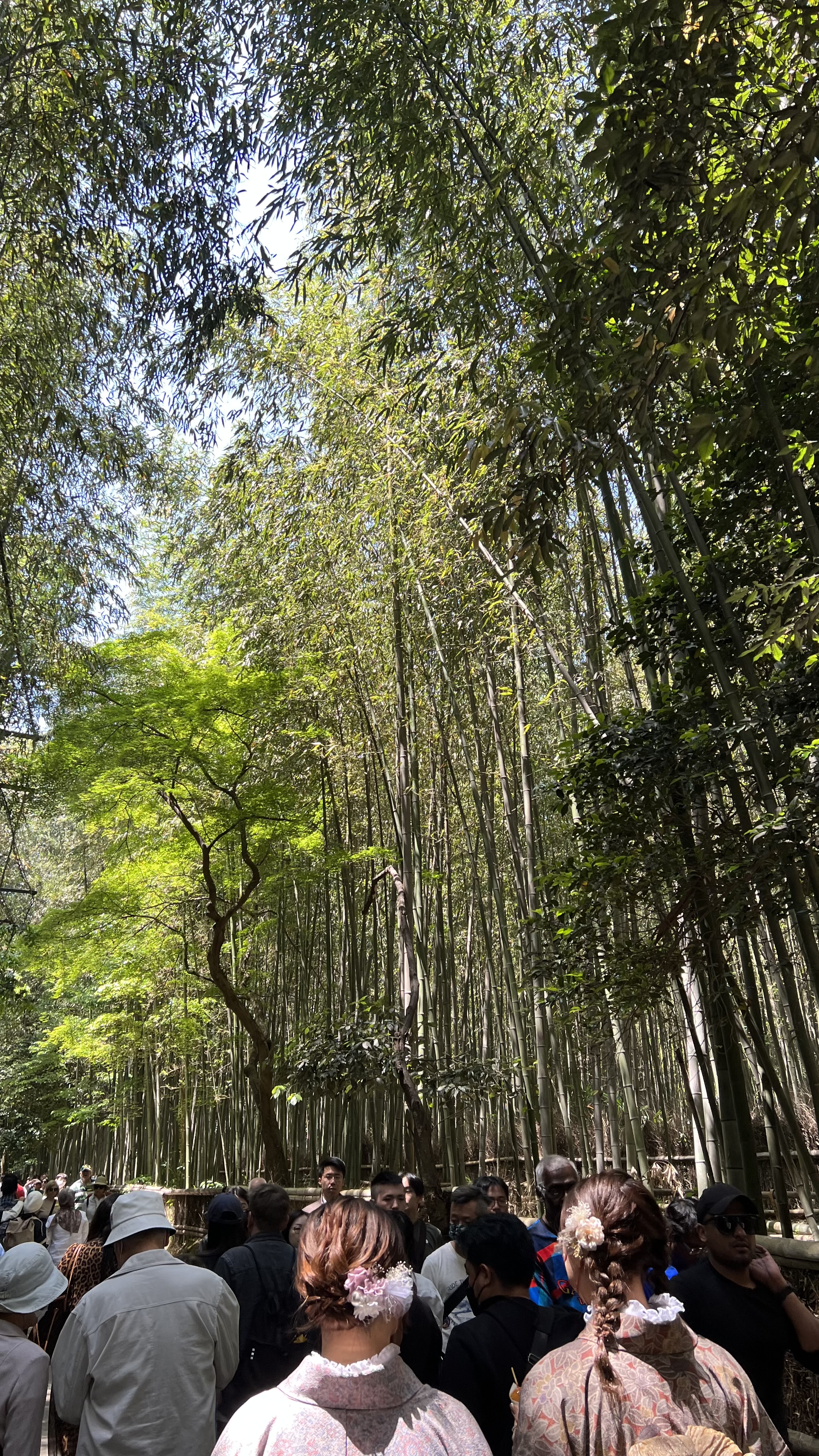
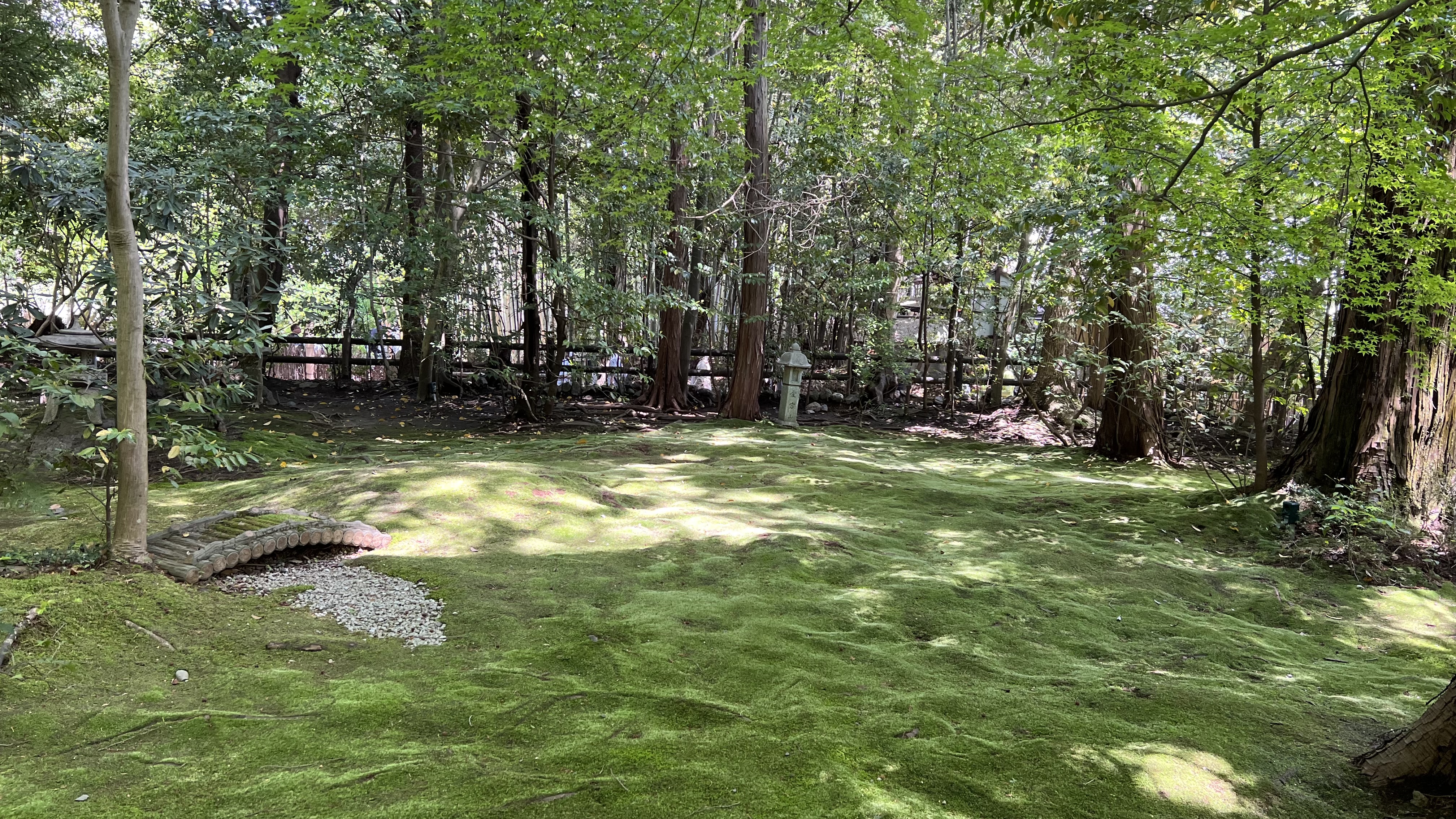
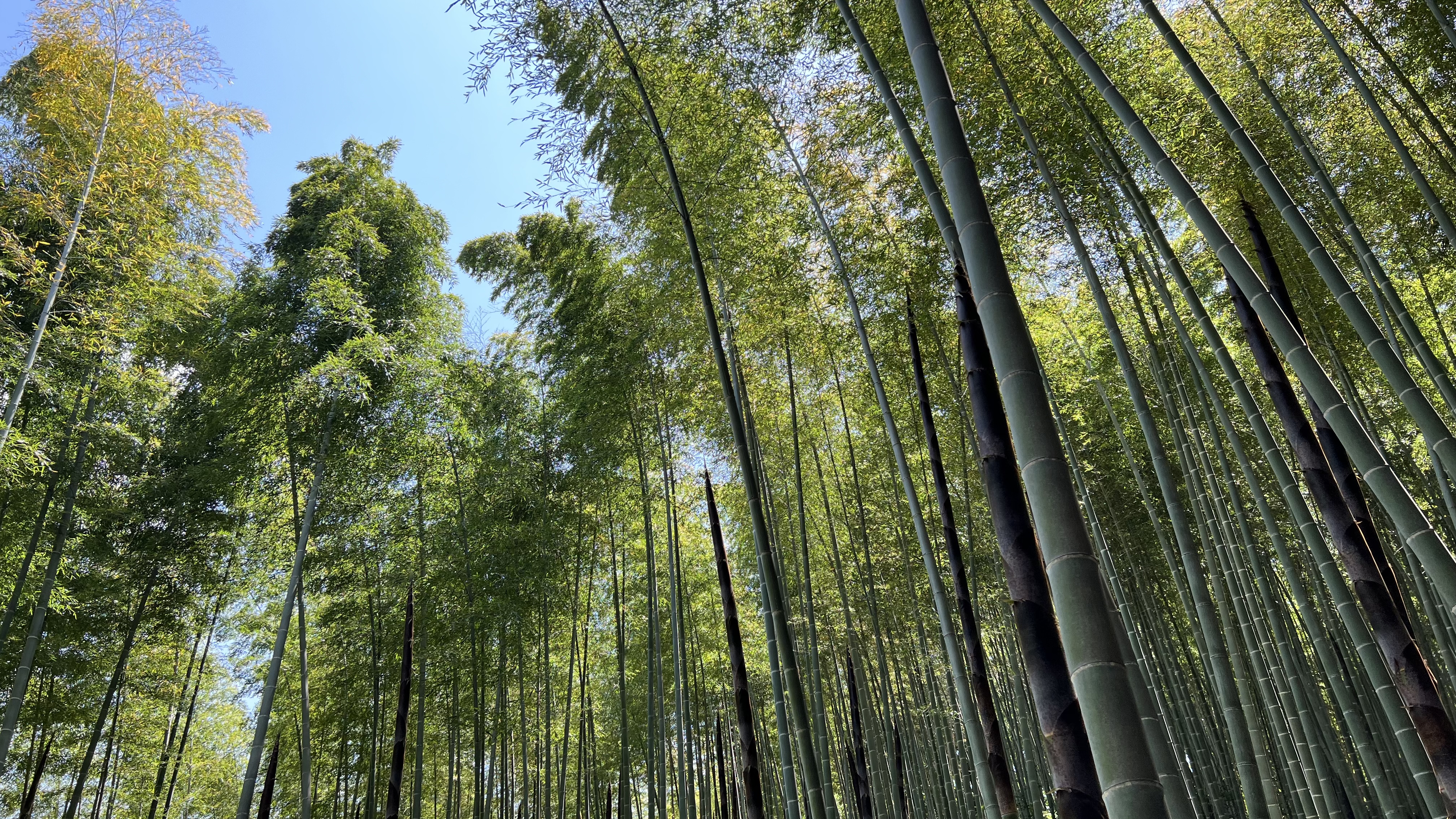
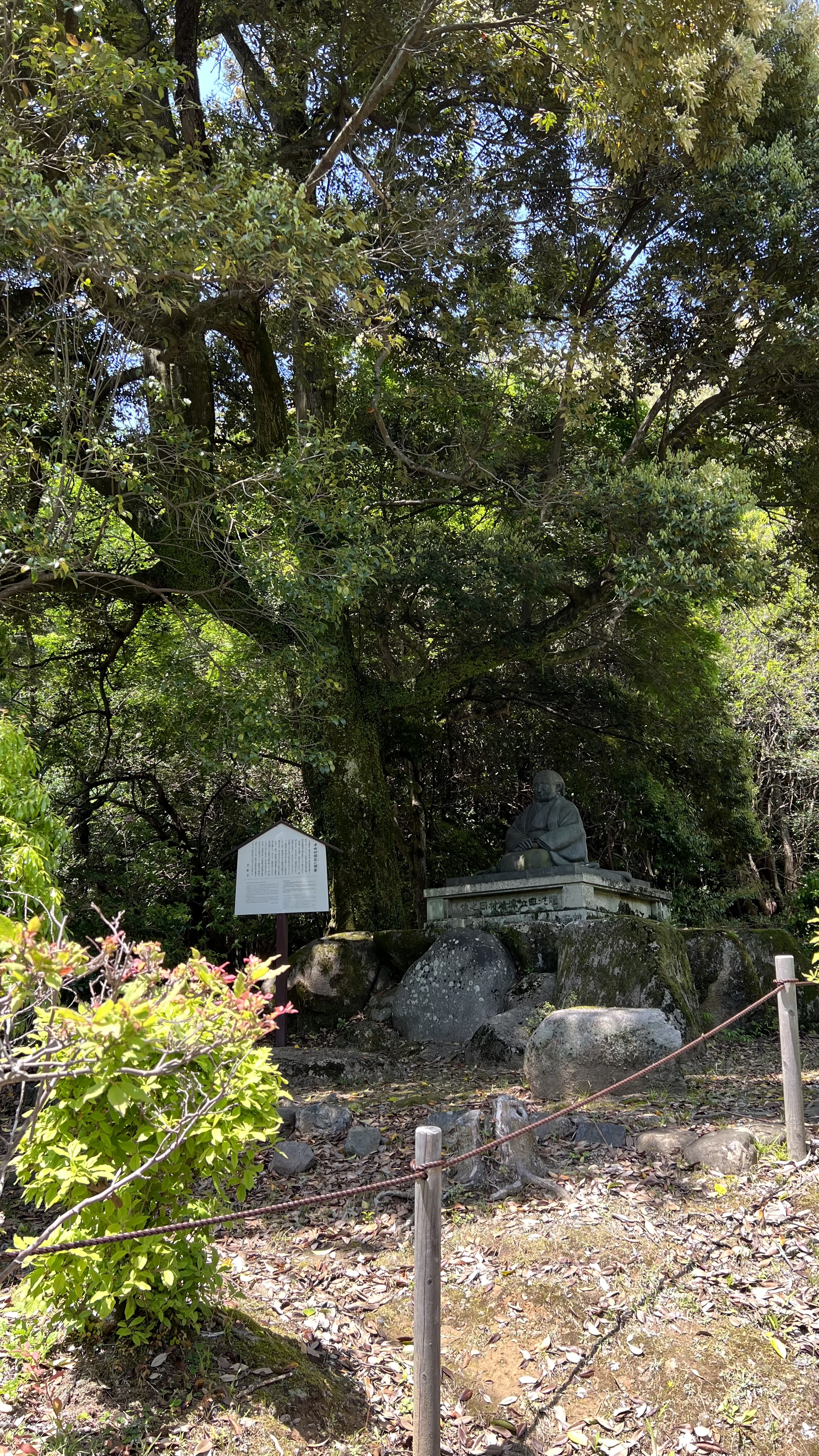
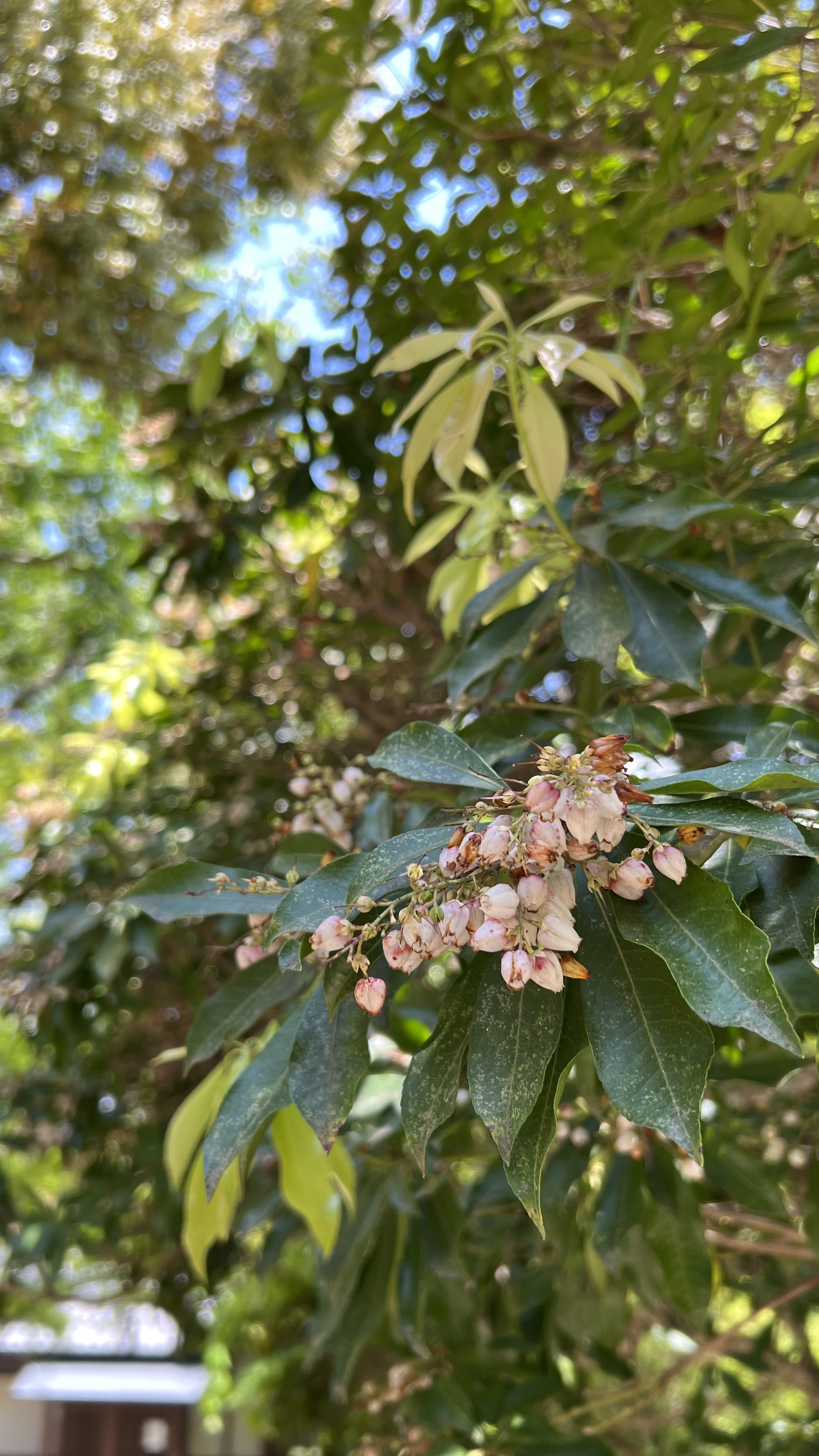


Right after, we went to Kiyomizu-dera, one of Japan’s holiest, most sacred Buddhist temples. It is said that there should be NO buildings in Kyoto with its height surpassing Kiyomizu-dera. Because of that, you can see the impressive Kyoto skyline from the temple.


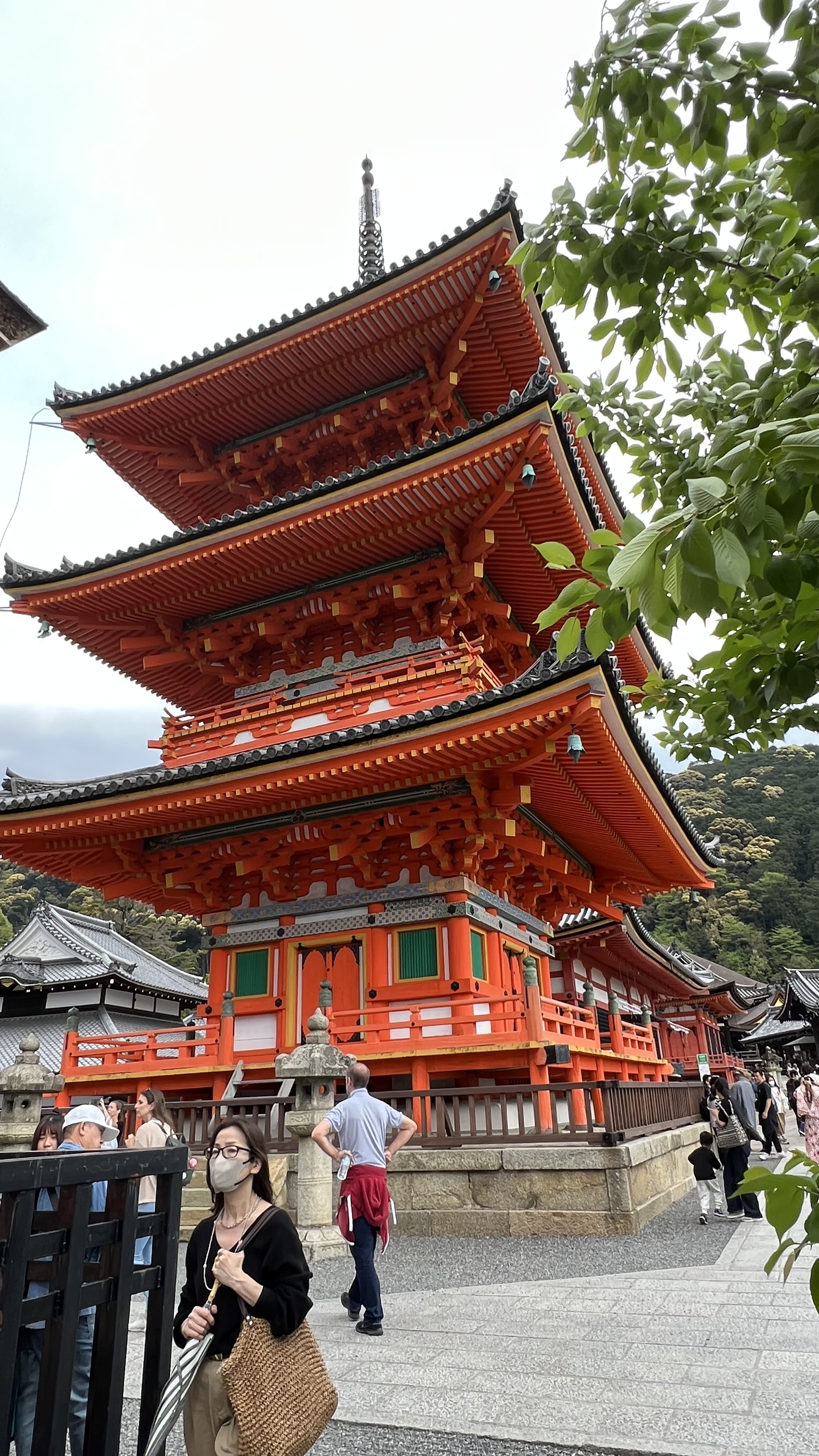
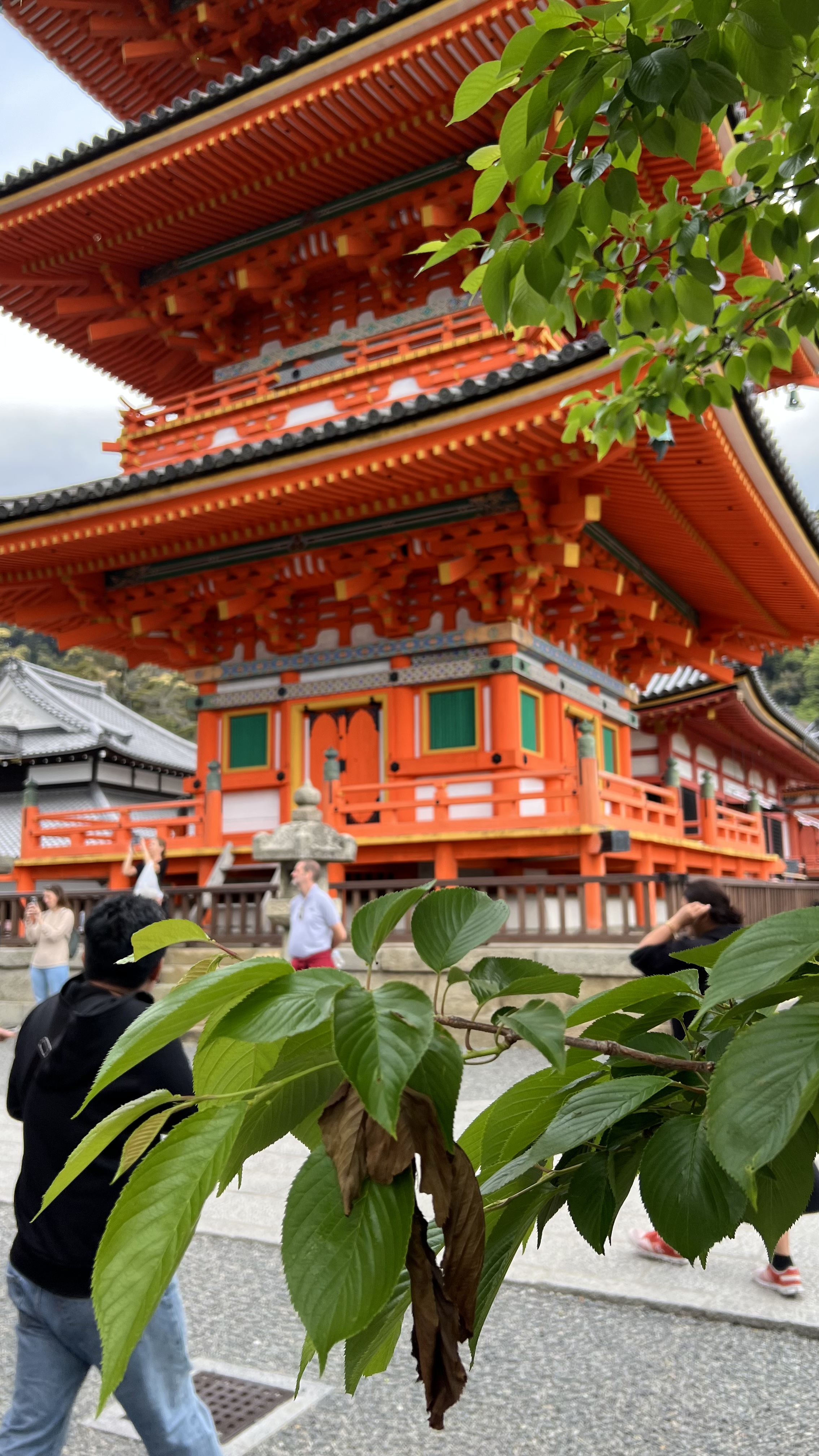
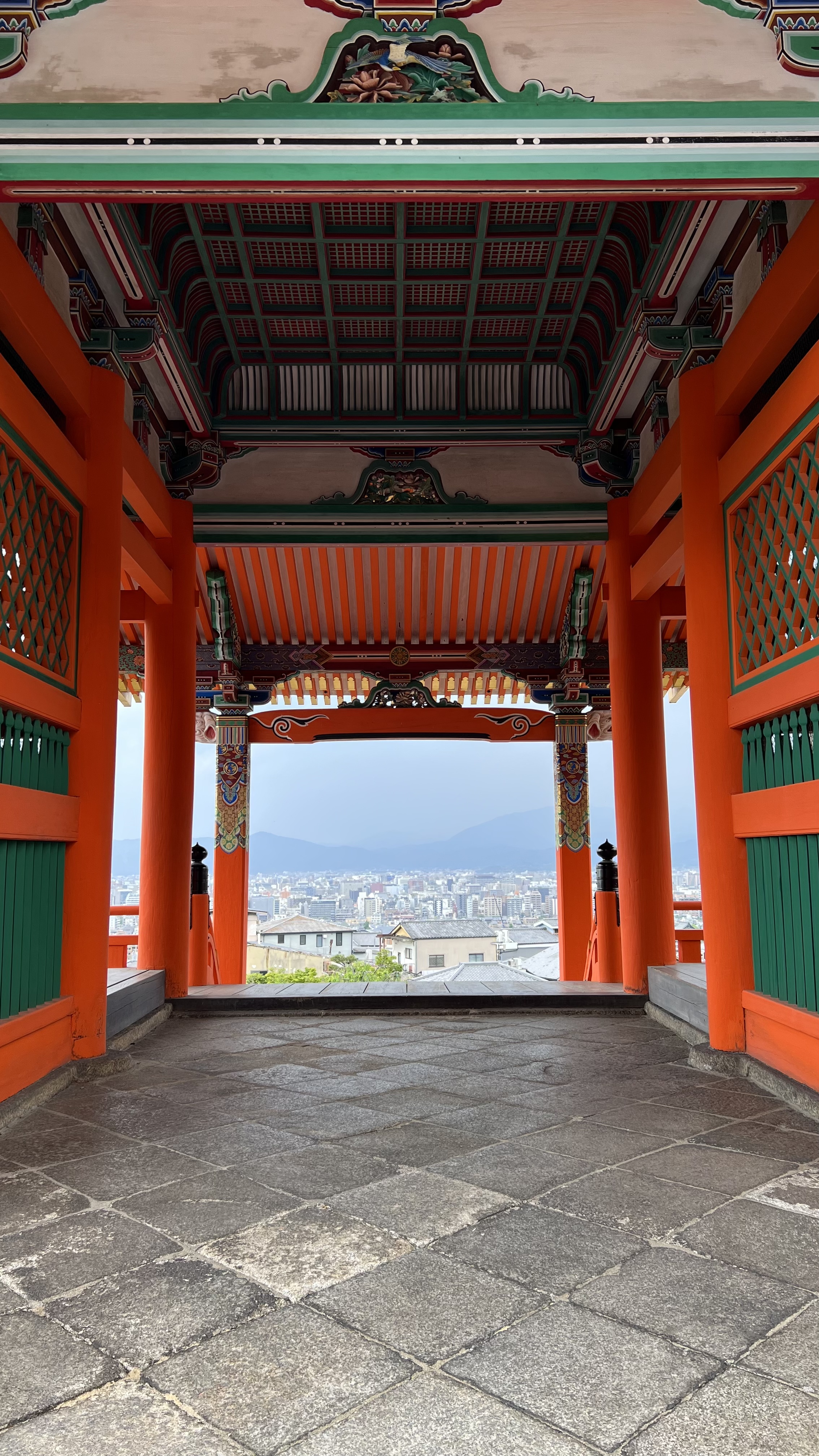
As we descended from Kiyomizu-dera, we went through some ancient roads, and two of them are pretty famous: Ninenzaka (2-years Hill) and Sannenzaka (3-years Hill). According to local lore, be mindful when walking on these two roads because if you slip or fall, the ghosts on the road pull you to join them in the afterlife. Slipped or fell on Ninenzaka means you will die within two years, and slipped or fell on Sannenzaka means you will die within three years. I know some folks who feel compelled to test the lore (certainly not me, though!) Within these two roads is a five-story pagoda older than Kyoto itself: Yasaka-no-to (八坂の塔)
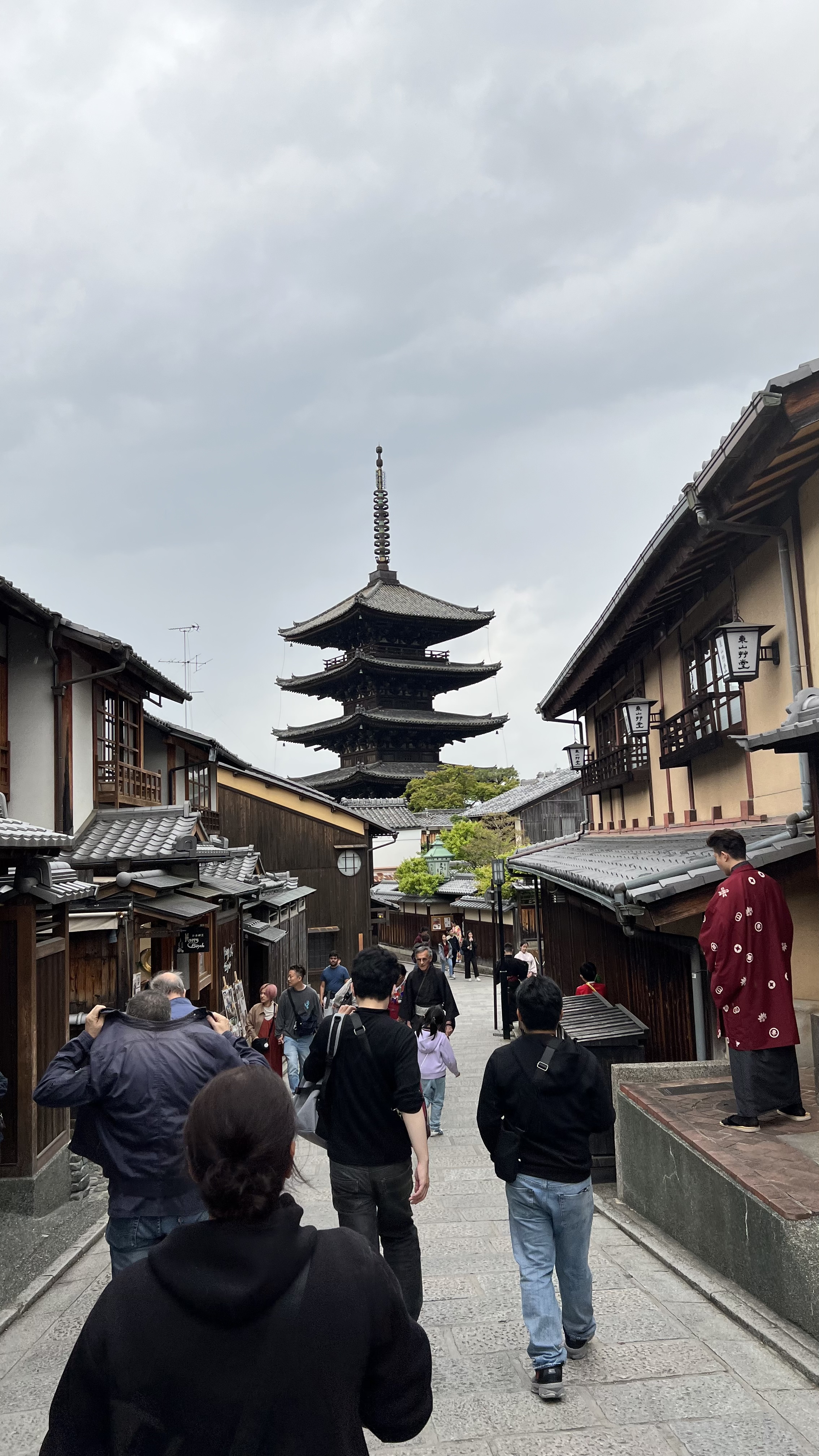
Tokyo, May 2 – 4
The next day, we returned to Tokyo as our flight home was from Narita. While in Tokyo, we went to Asakusa with our friend, Budi. He used to live in Singapore and has been living in Japan for some time. We also visited Tokyo Skytree but didn’t go all the way up. The koinobori on the Tokyo Skytree signifies the upcoming Children’s Day, a.k.a. Boys’ Day. Girls’ Day would be Hinamatsuri, which falls on March 3.
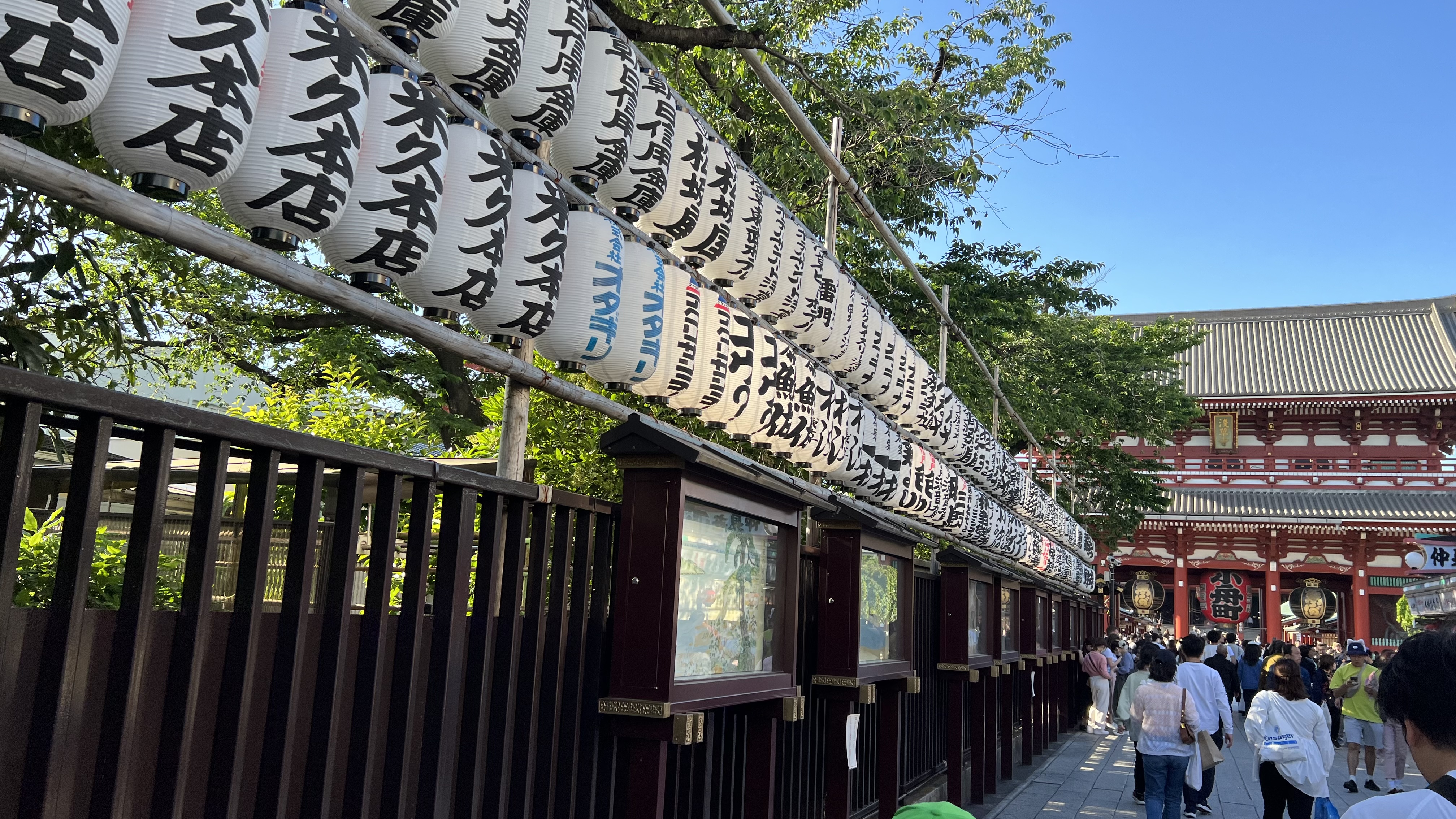
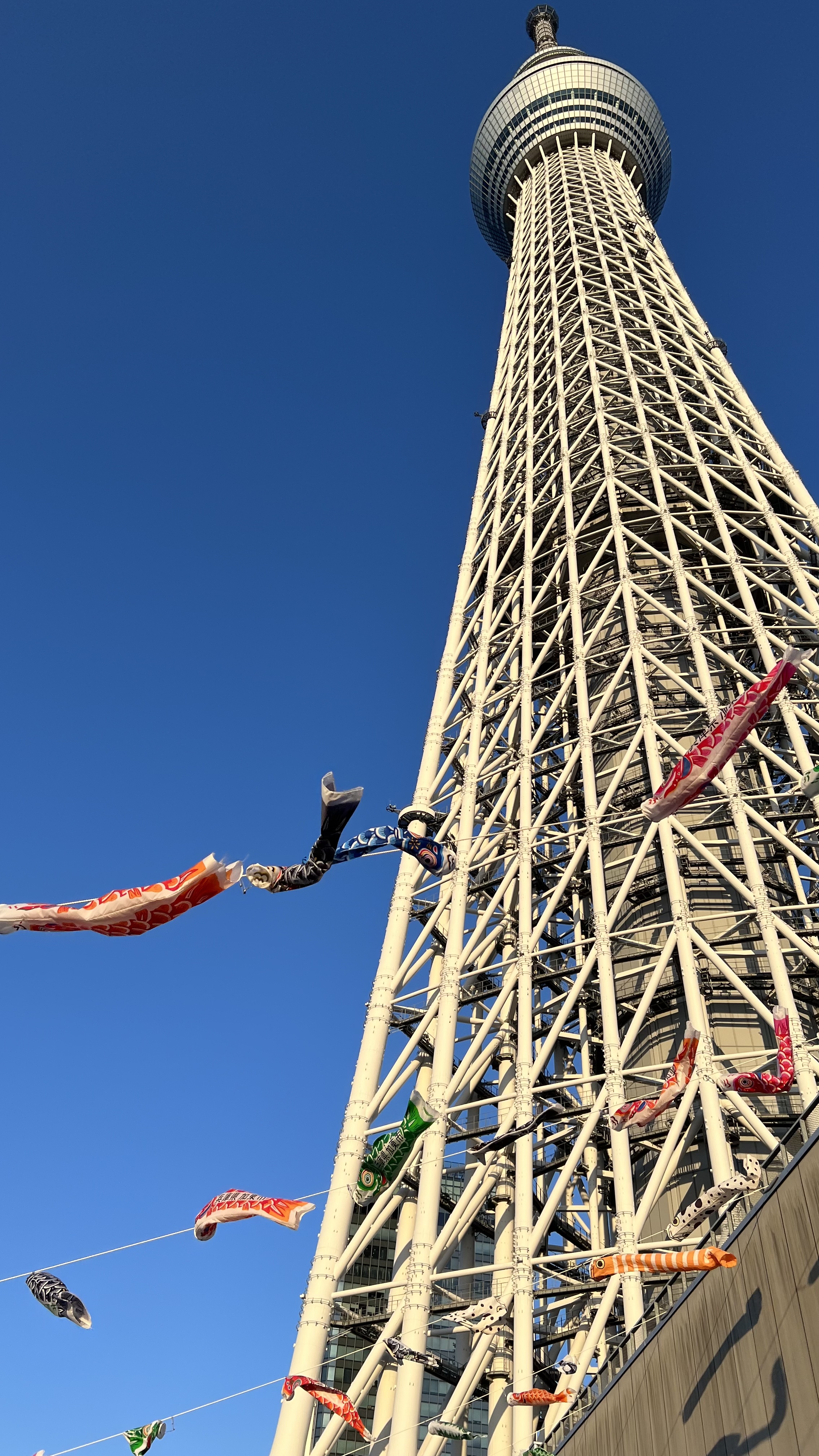
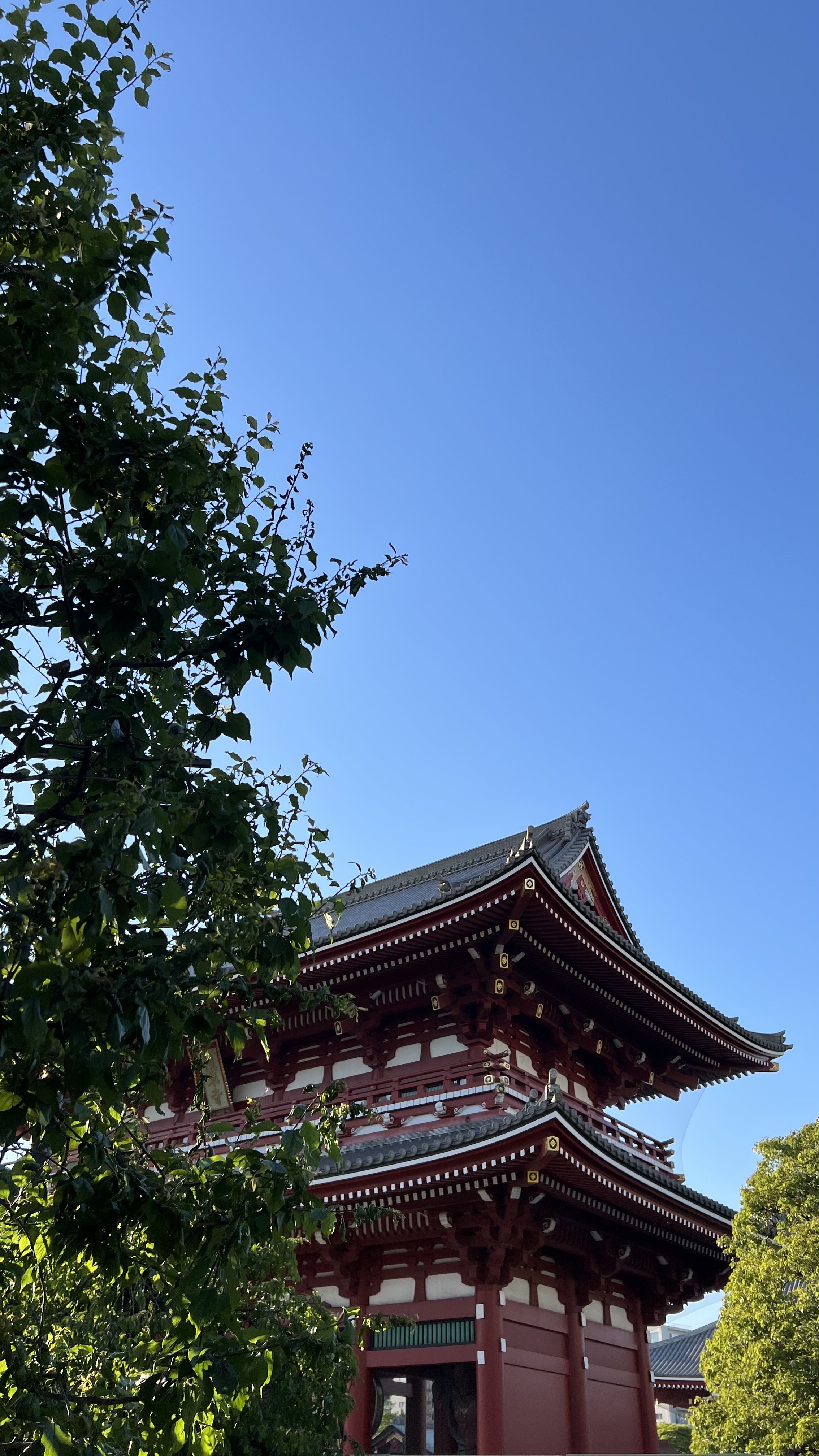

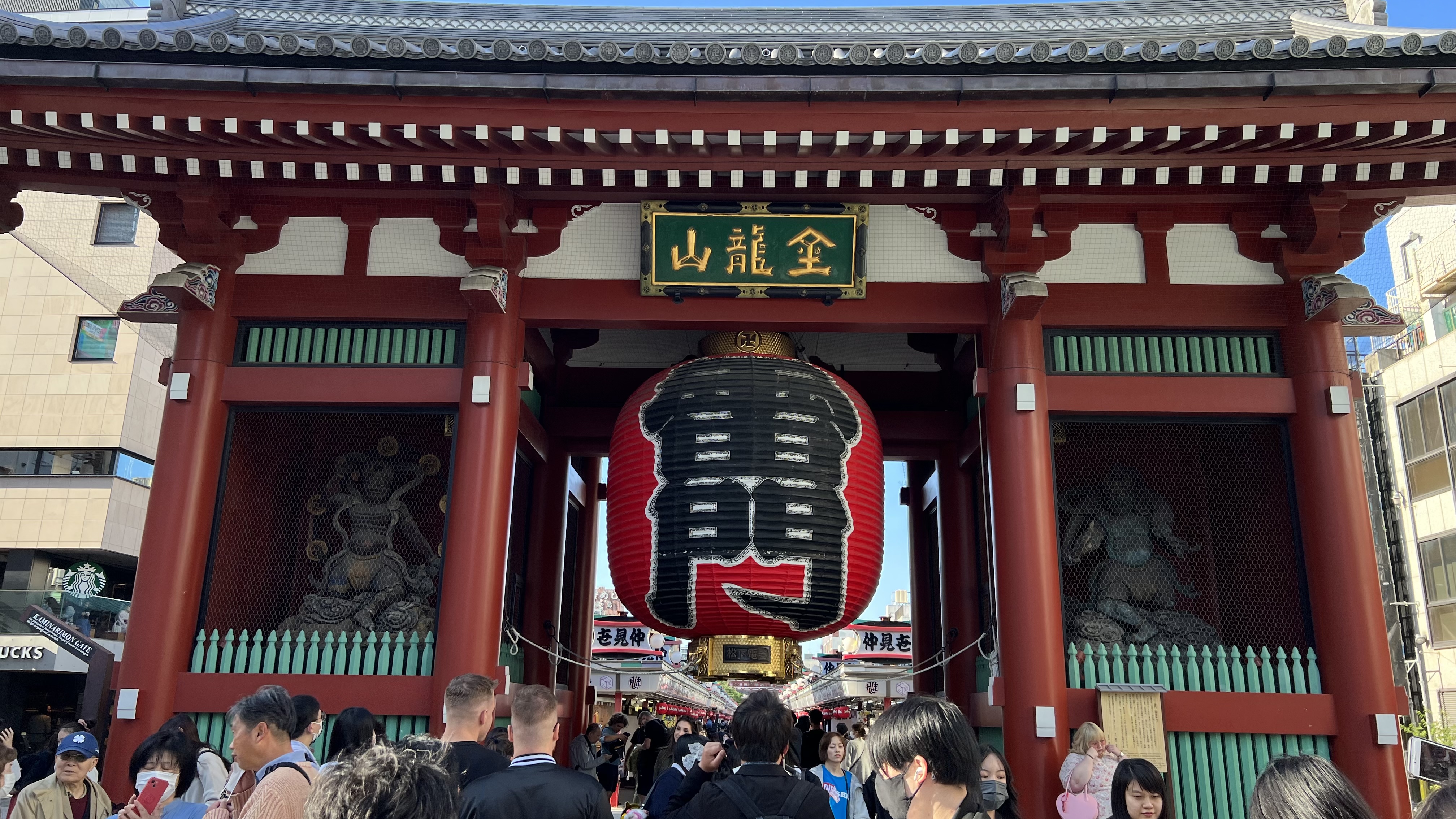

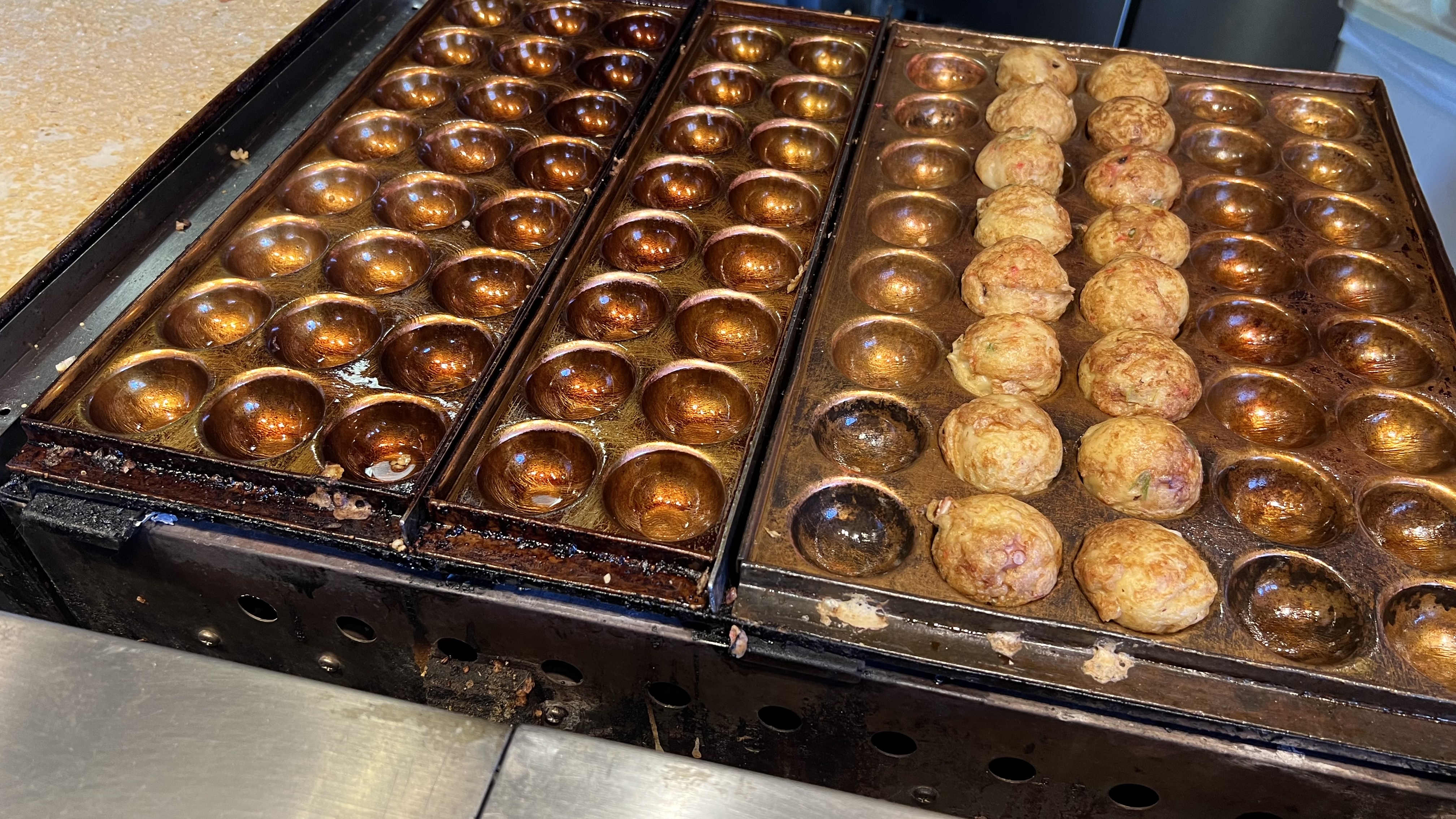
On May 3, while we wanted to go to Yokohama, we decided not to because we got too tired. Instead, we went to Mitaka again and met Budi (again!) to enjoy Inokashira Park. Within this park is a temple that only opens on the Year of the Snake — and you can see some snake reliefs on the temple’s fence and statues.

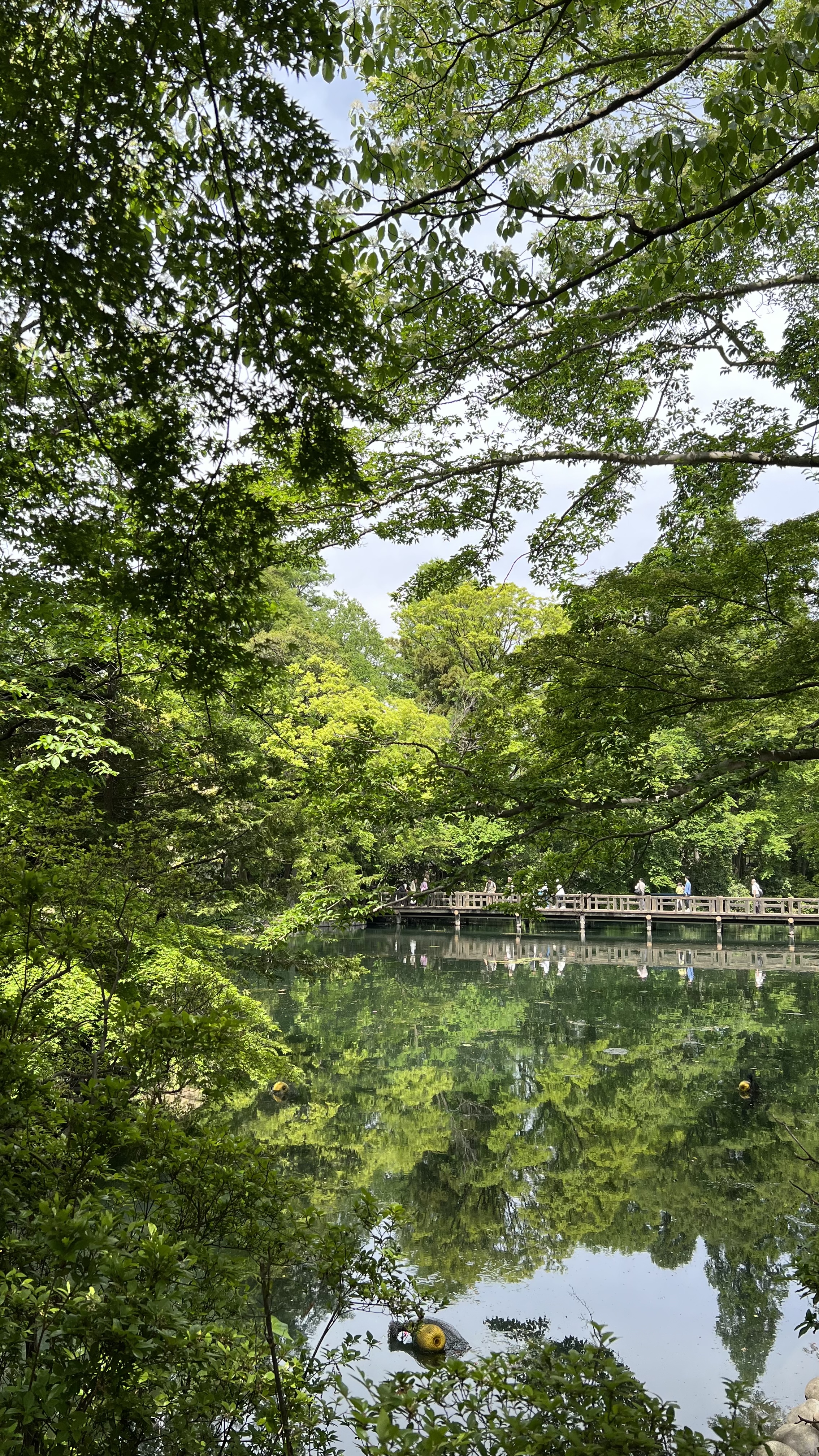
And that’s it! Thank you, Japan, for the memories. I surely will come back for more!
